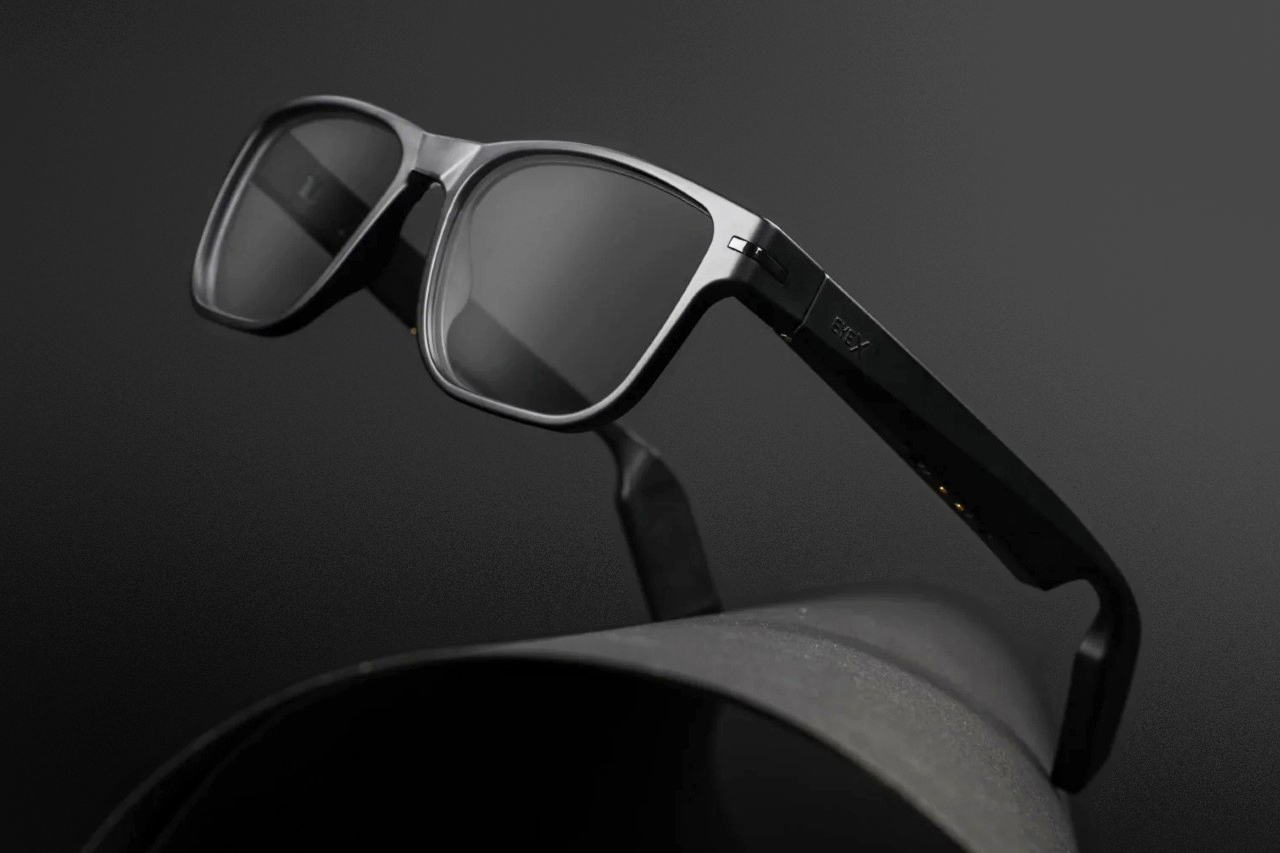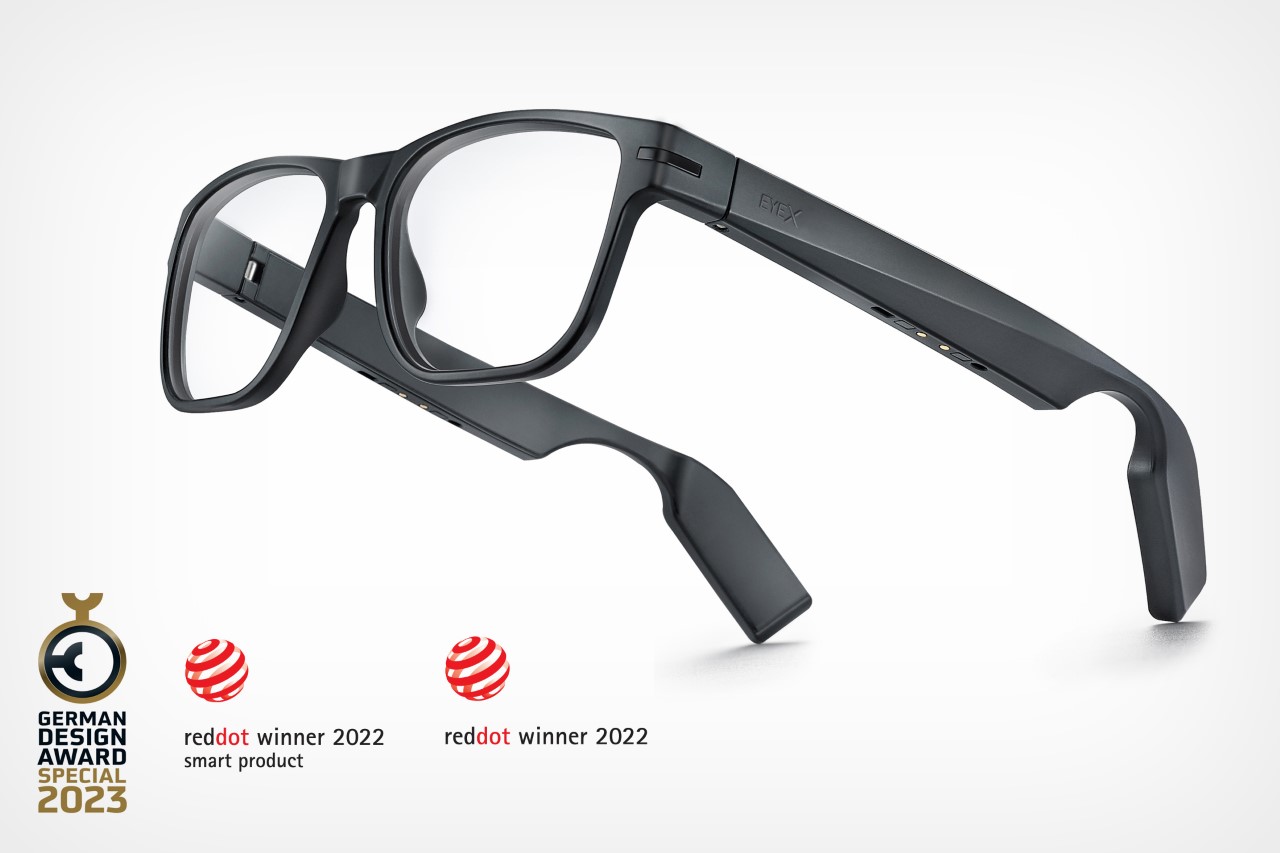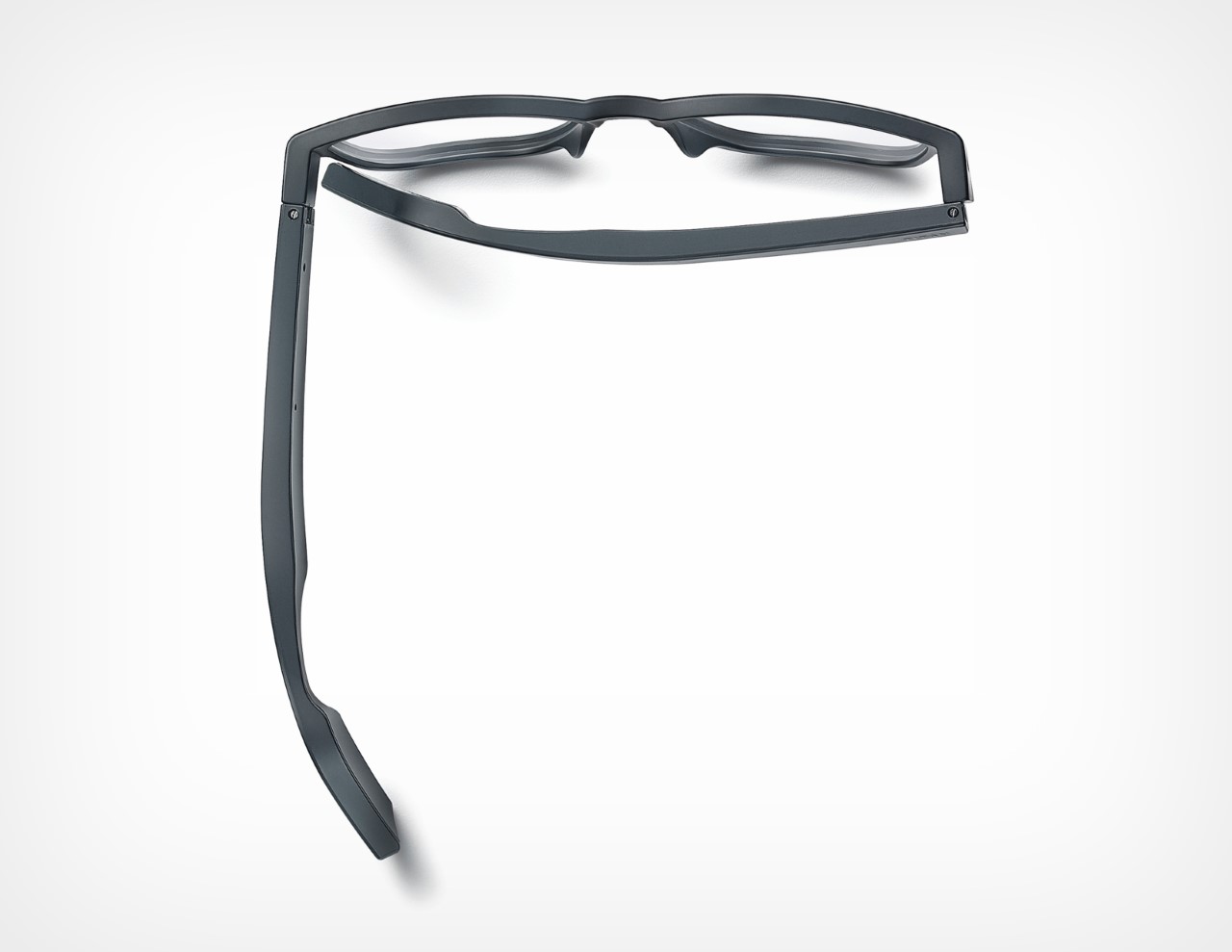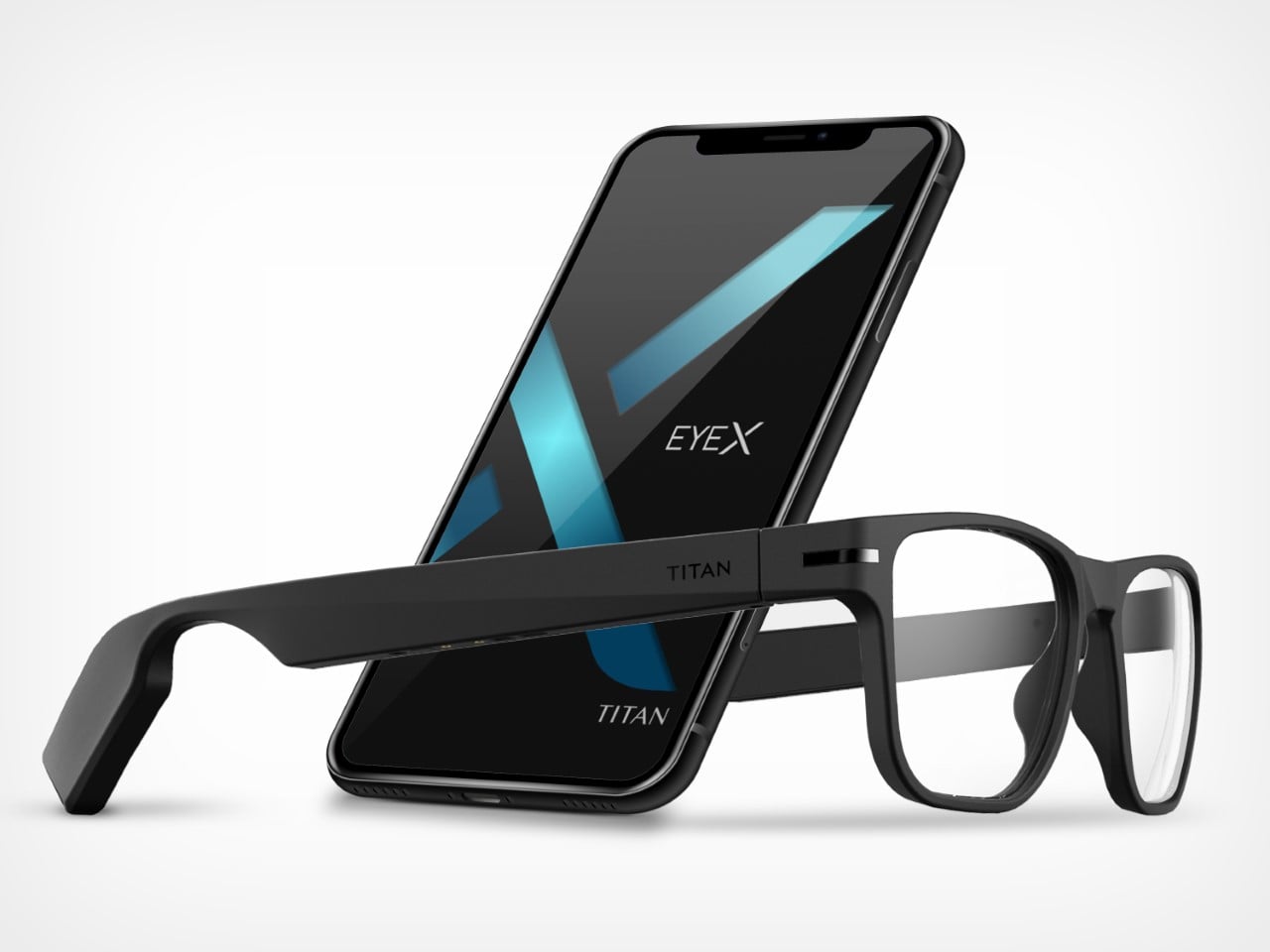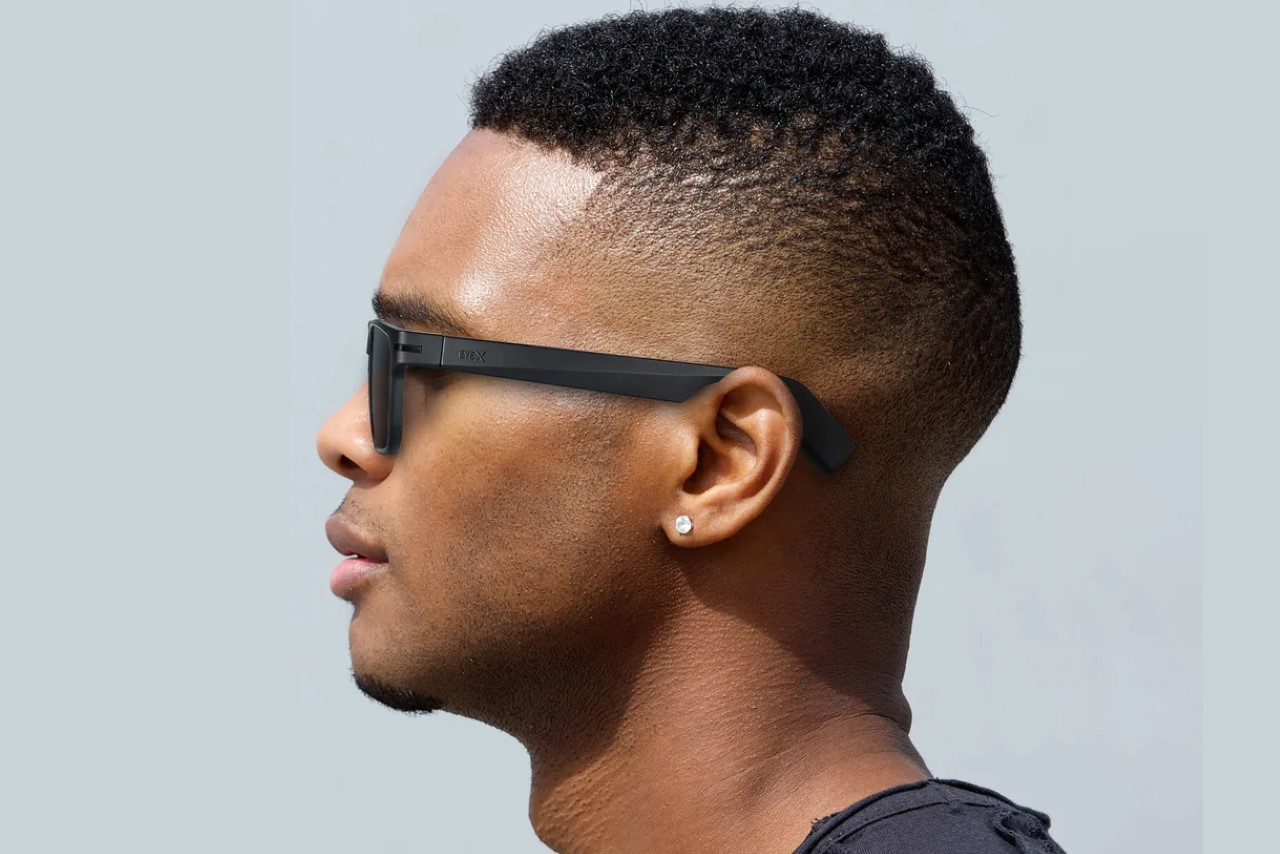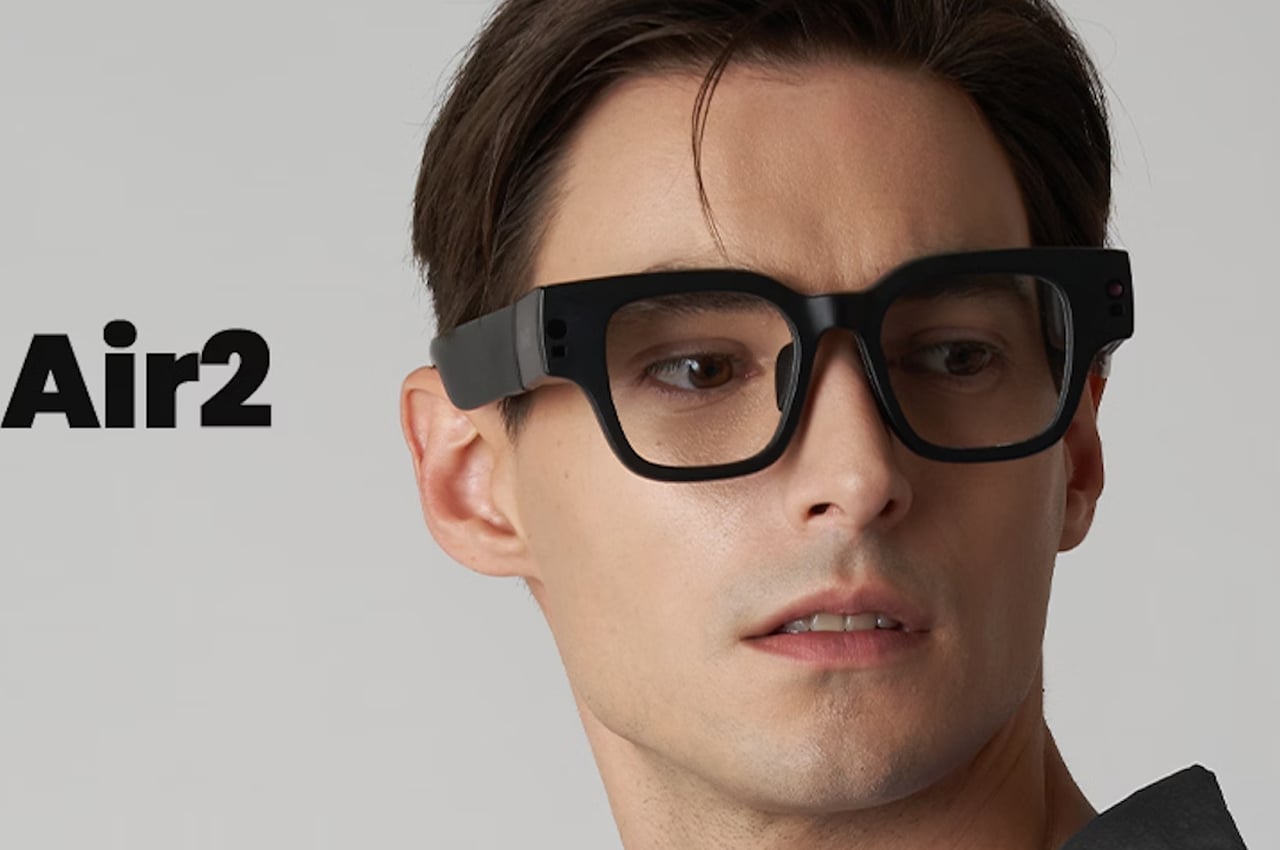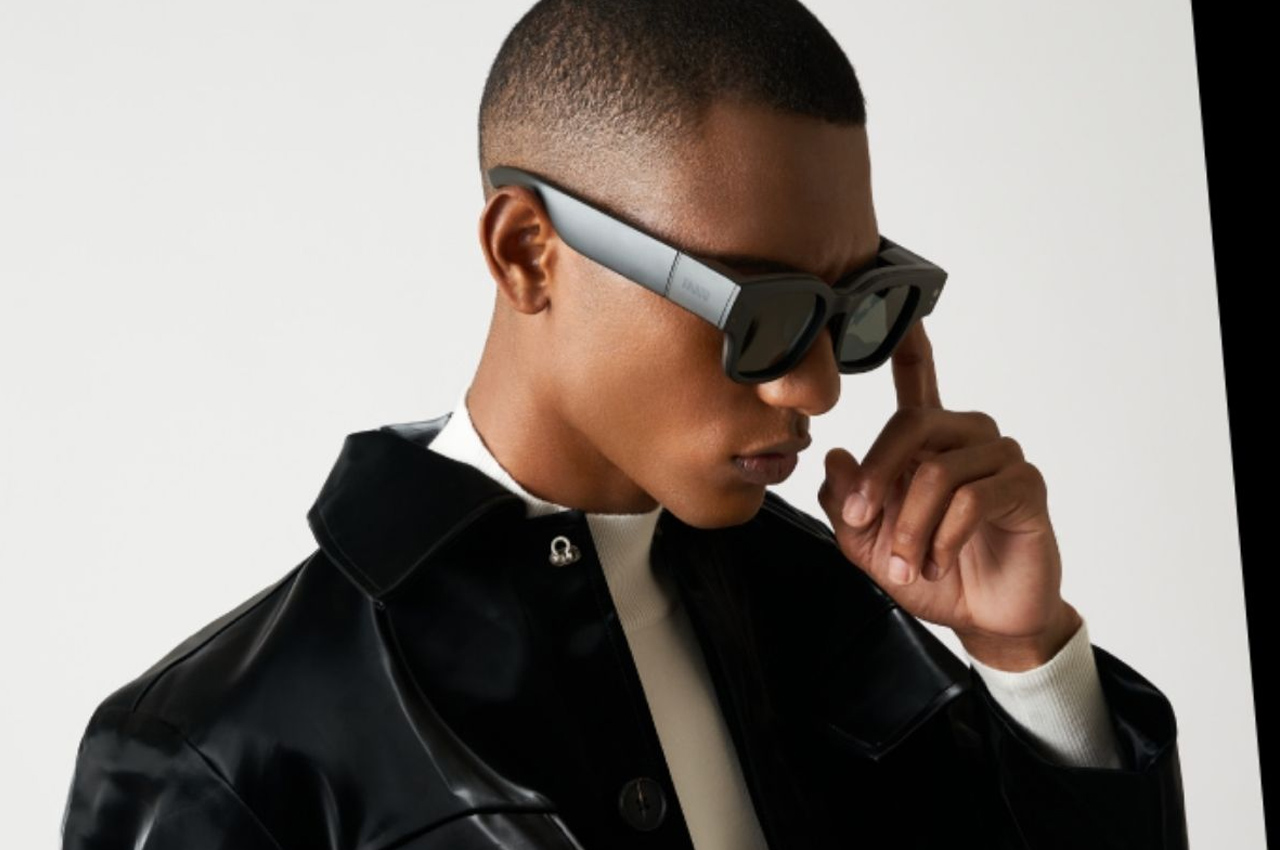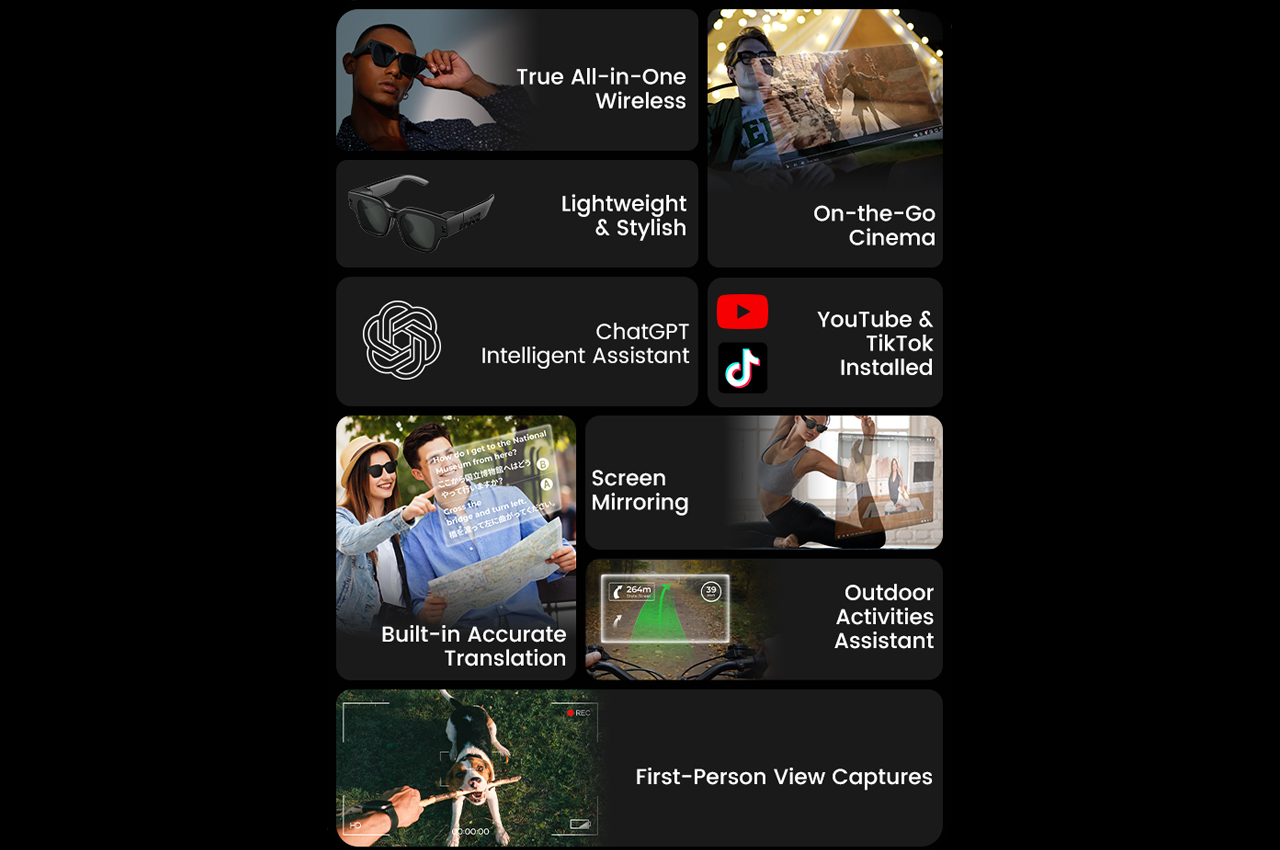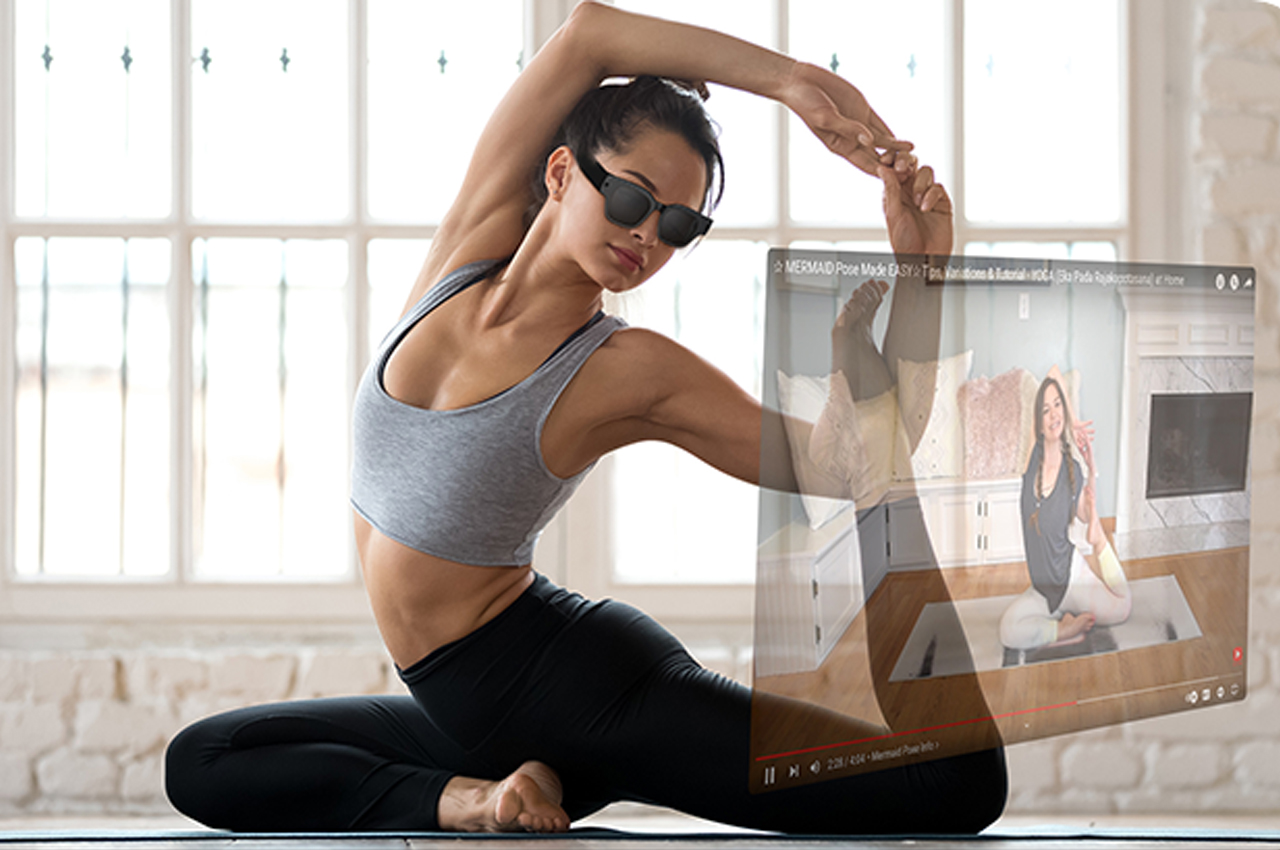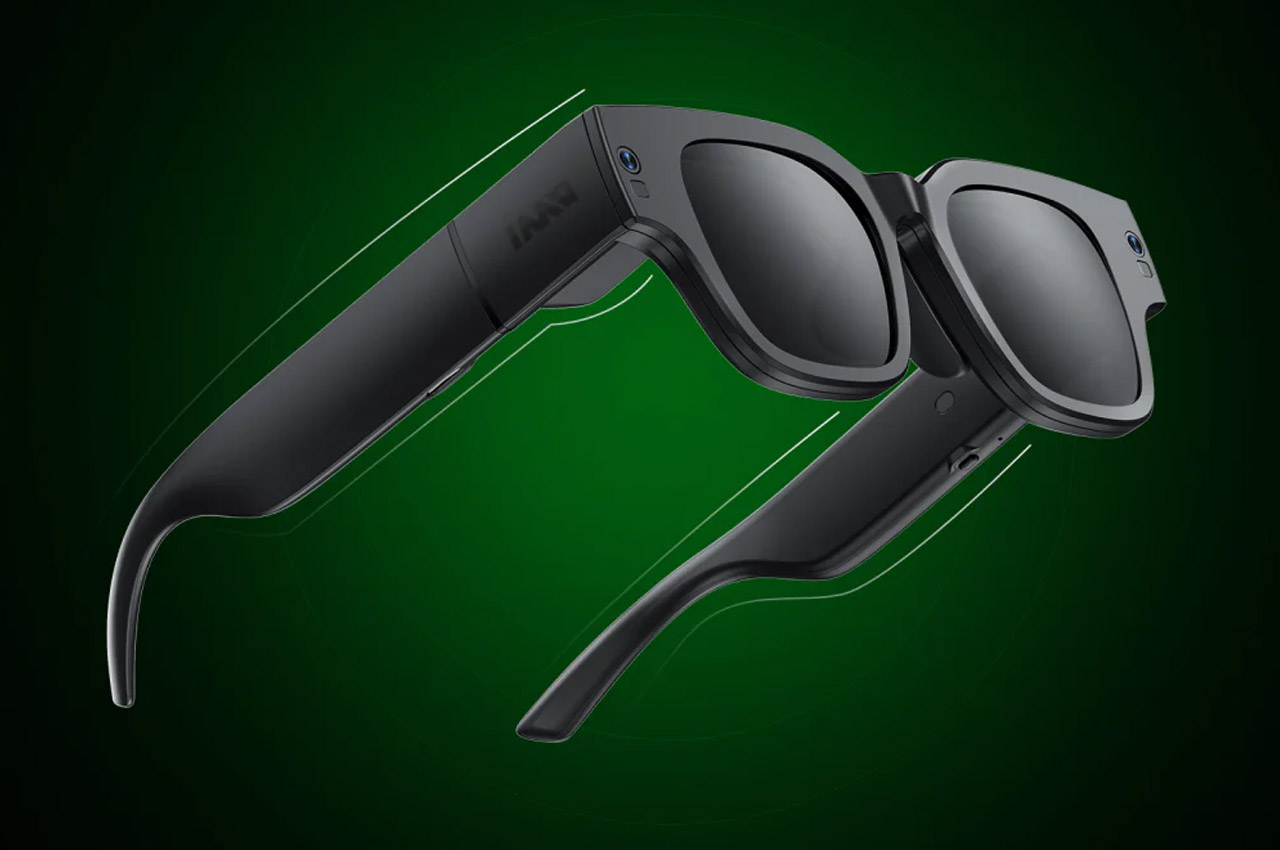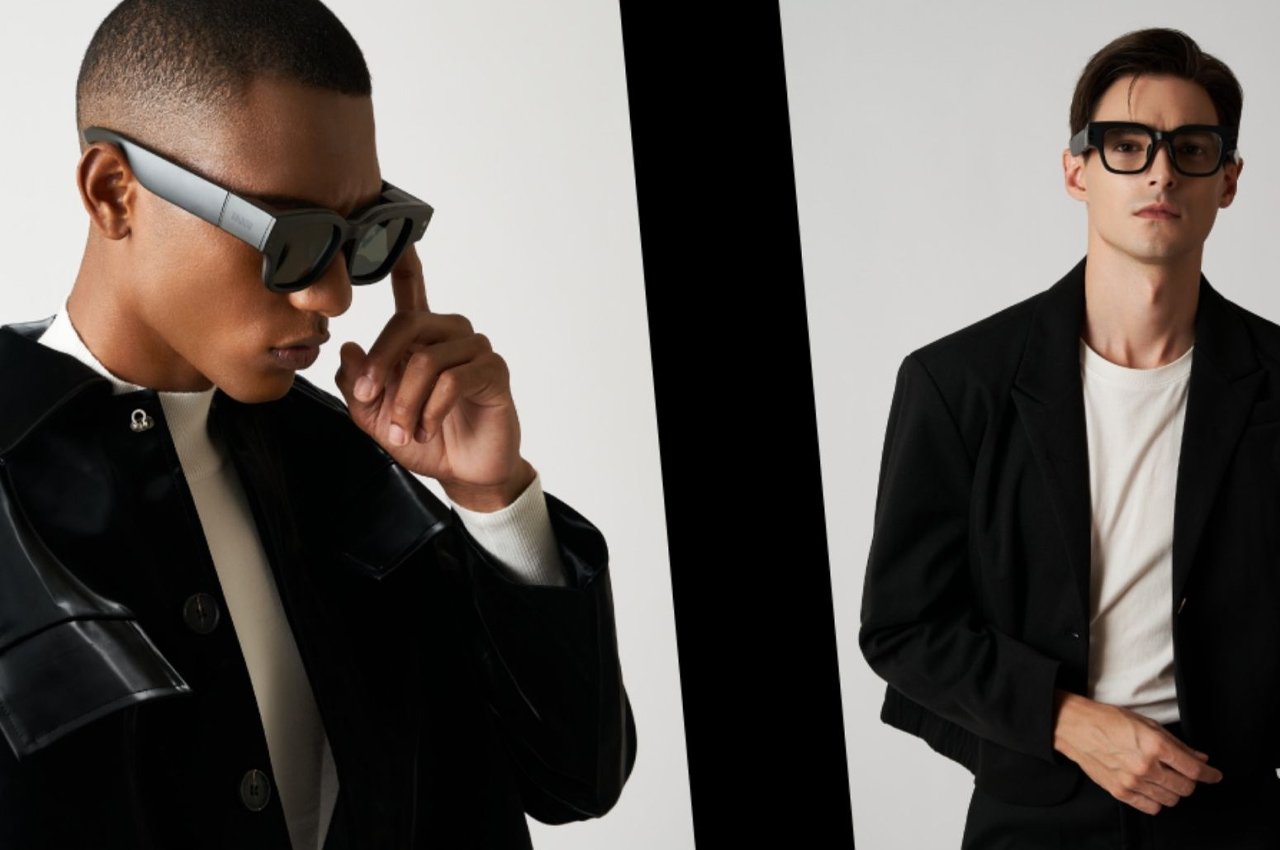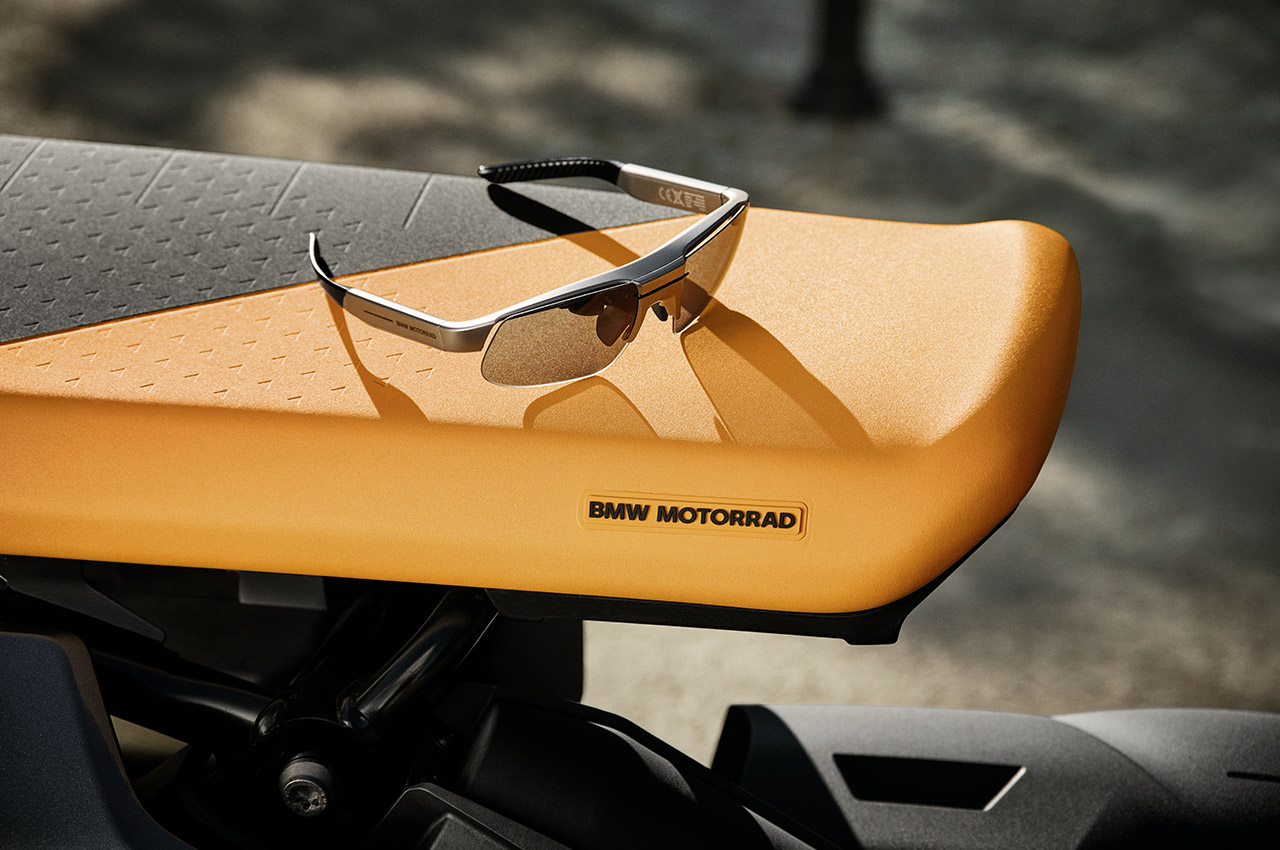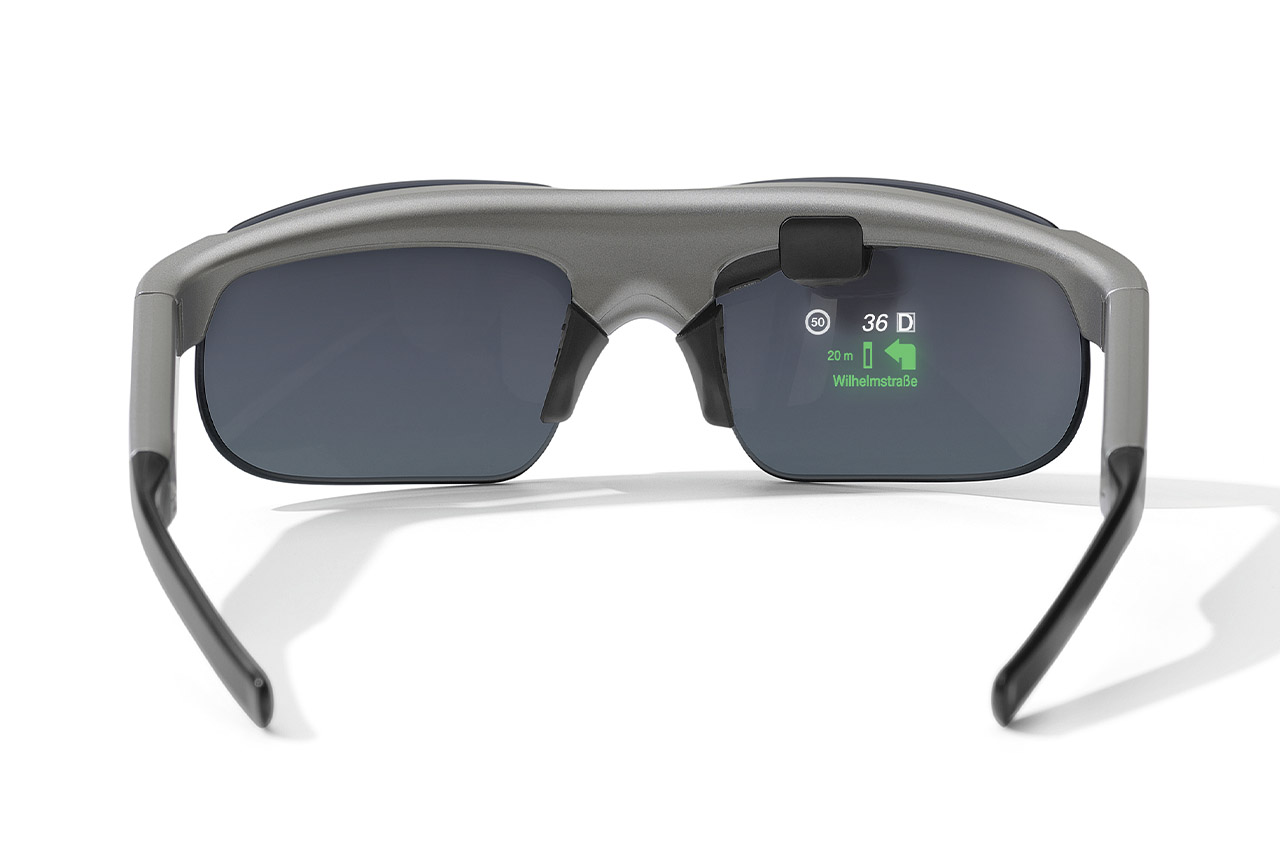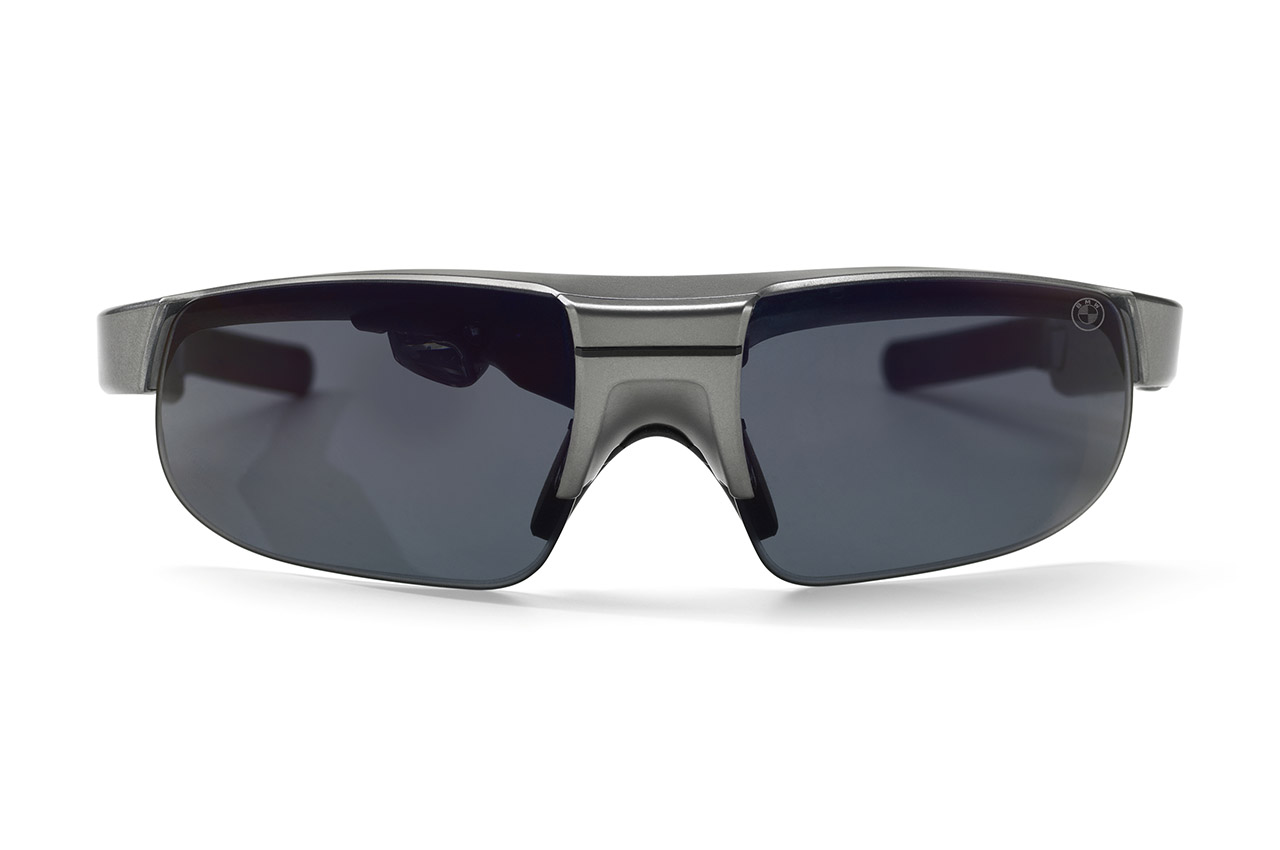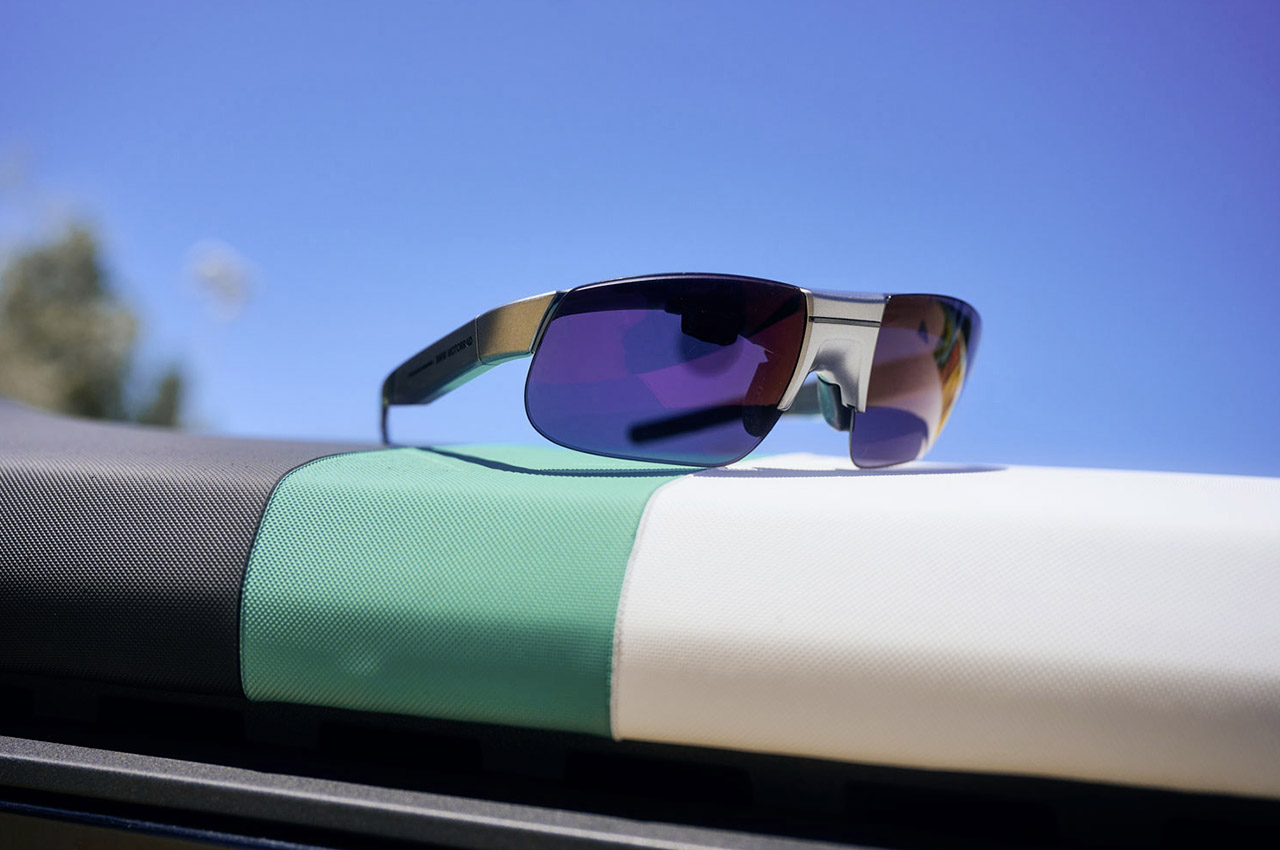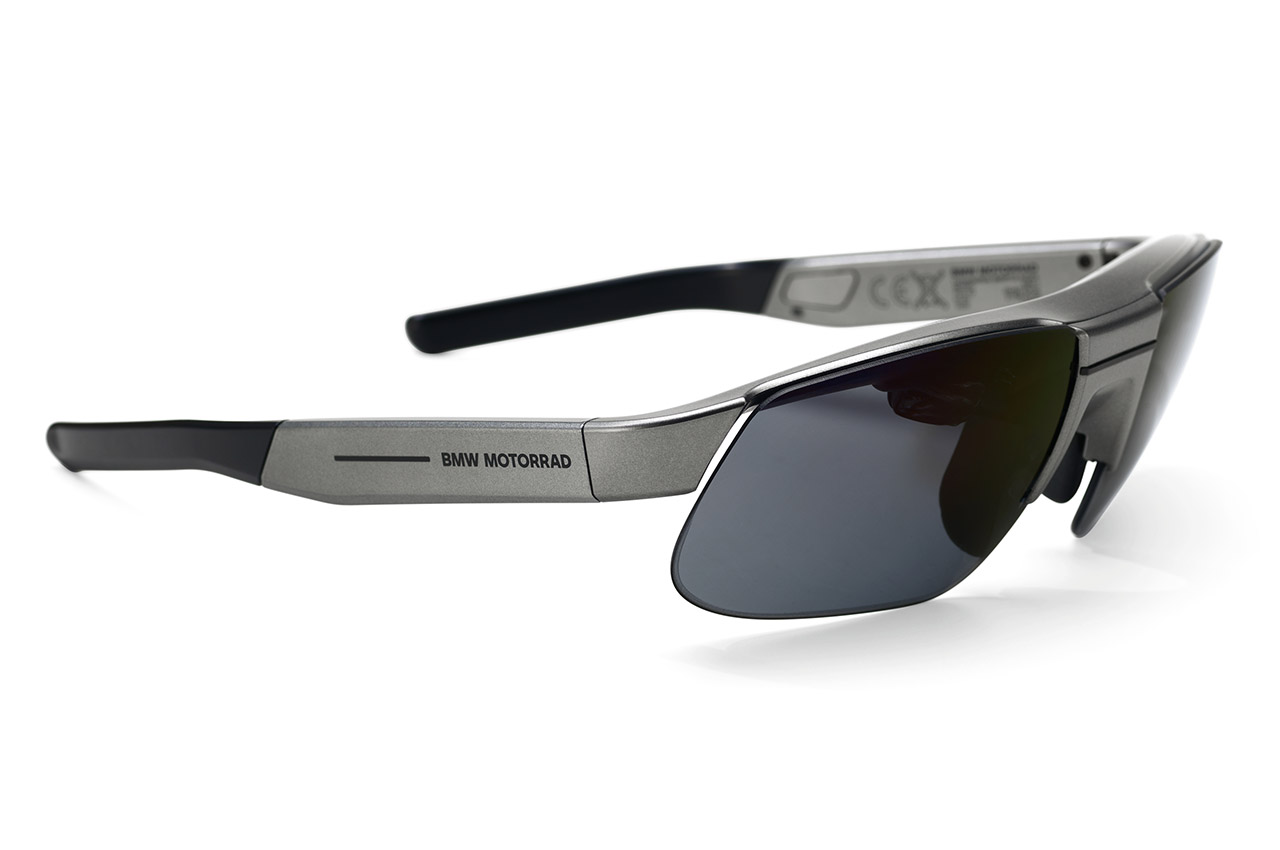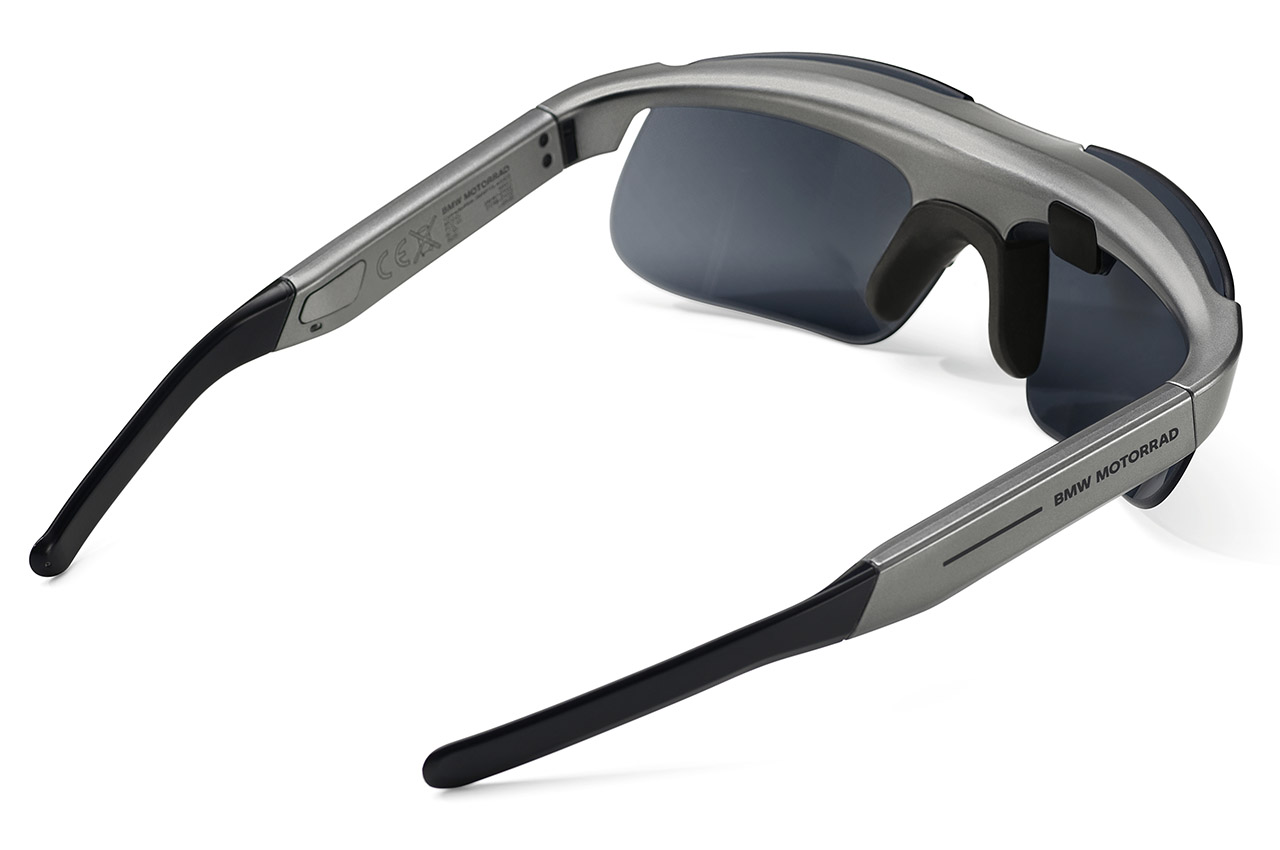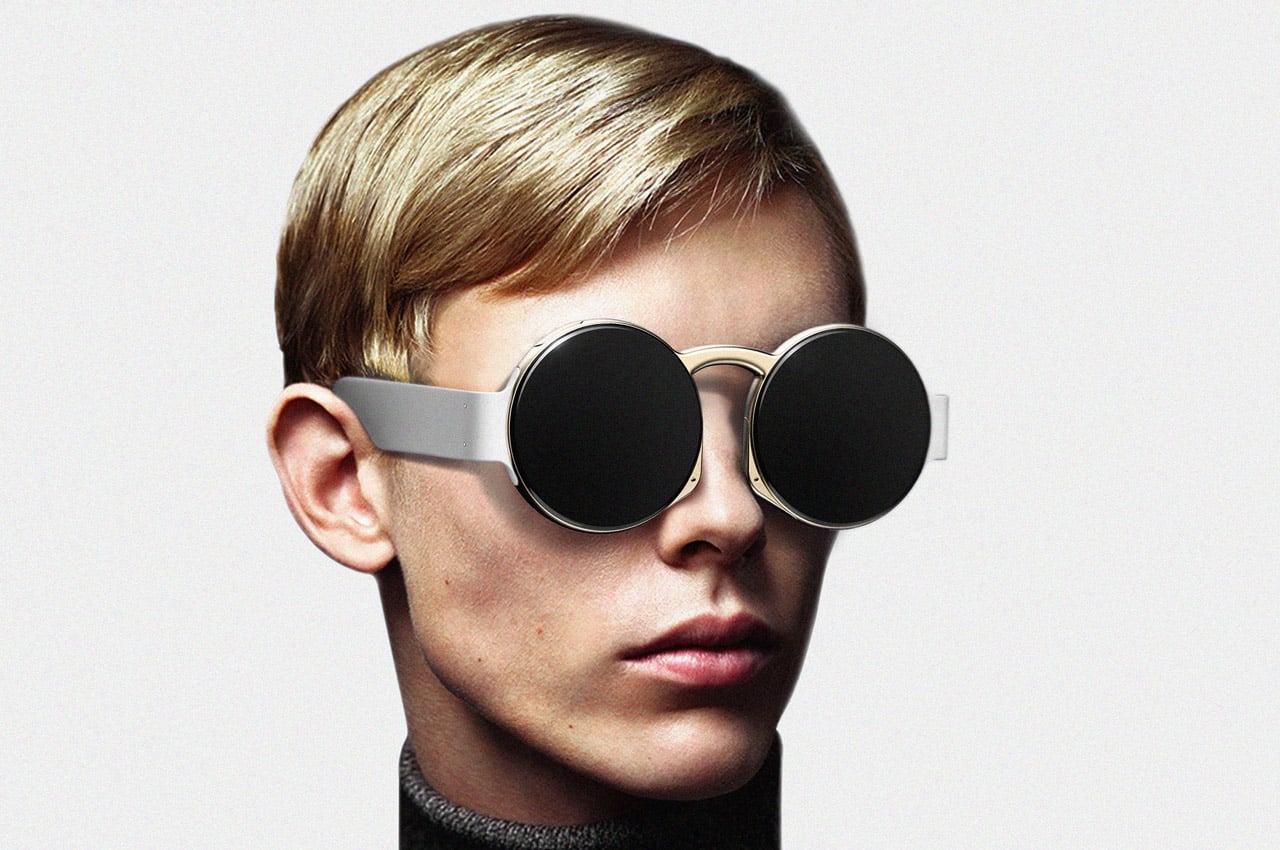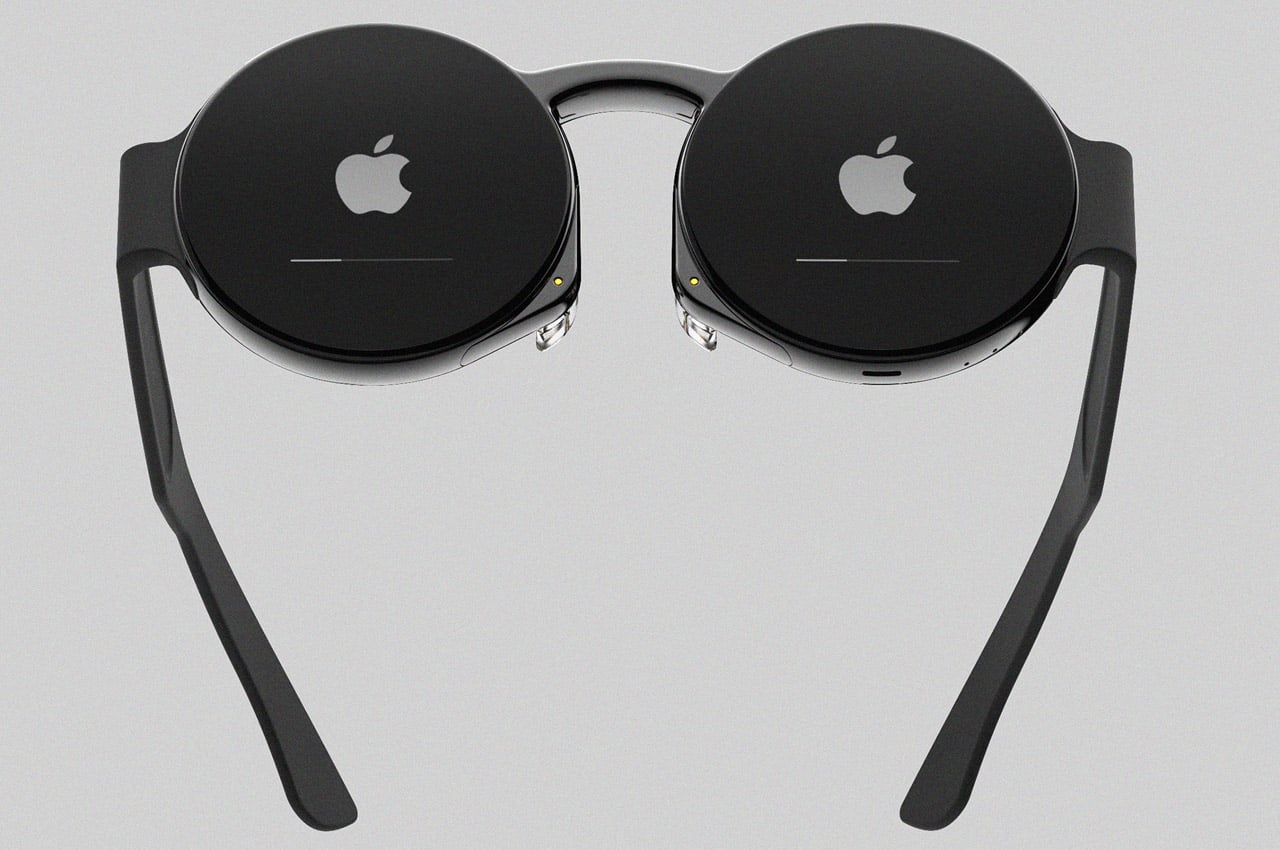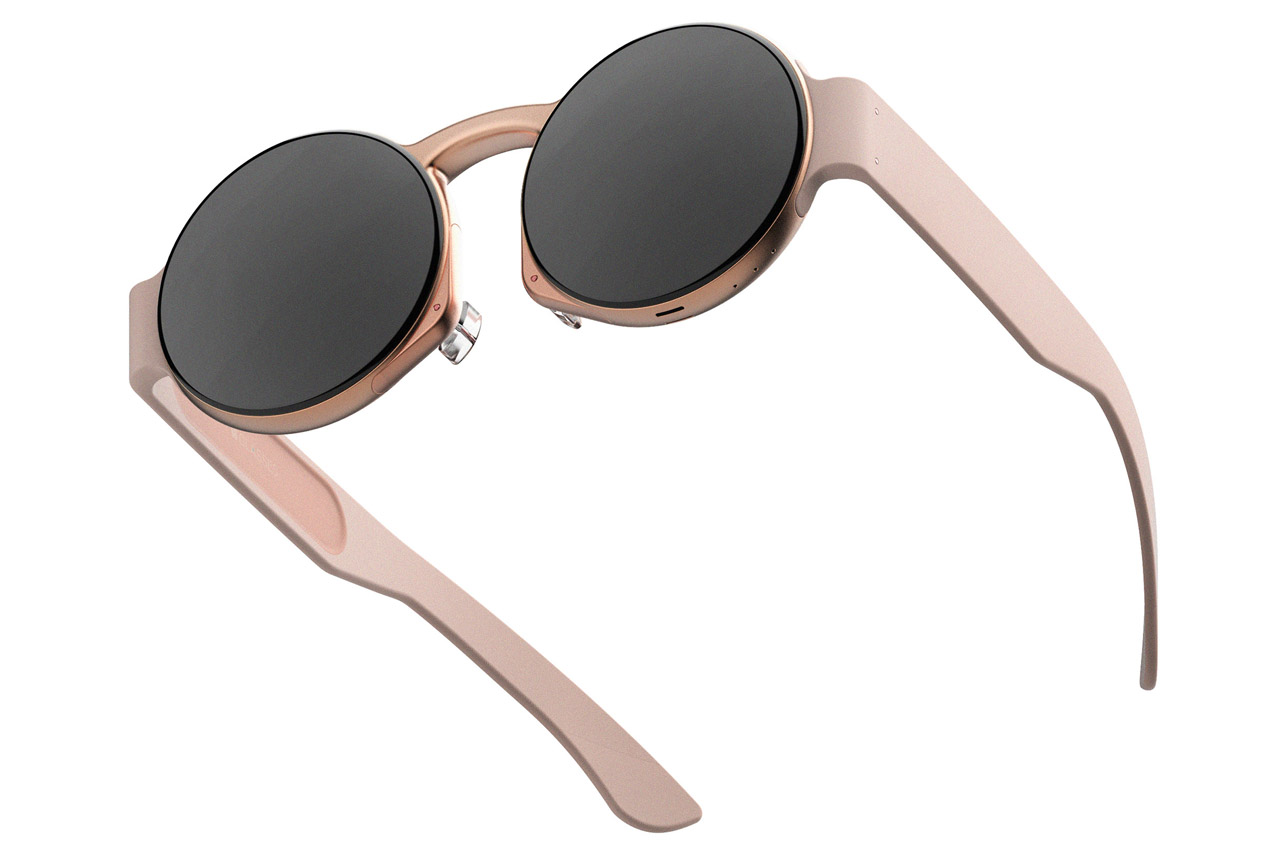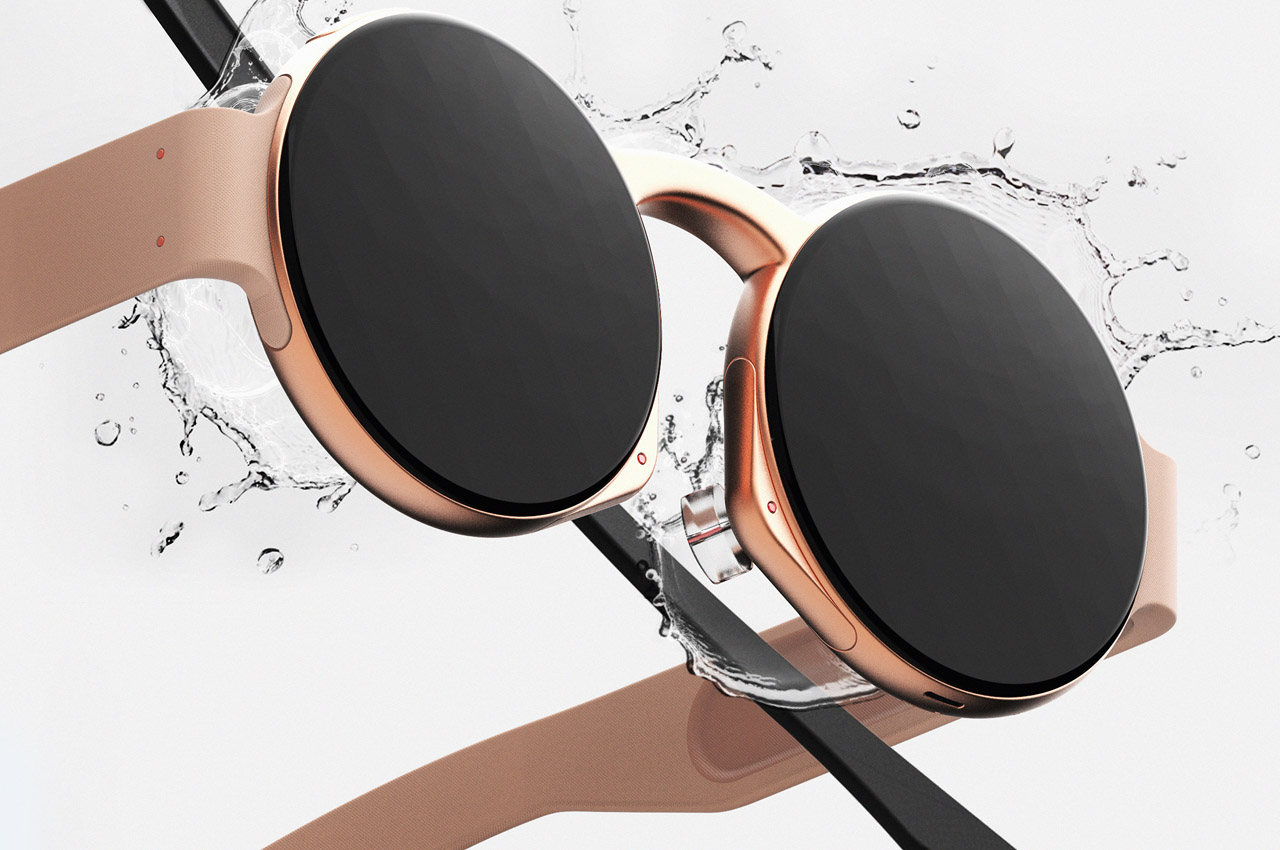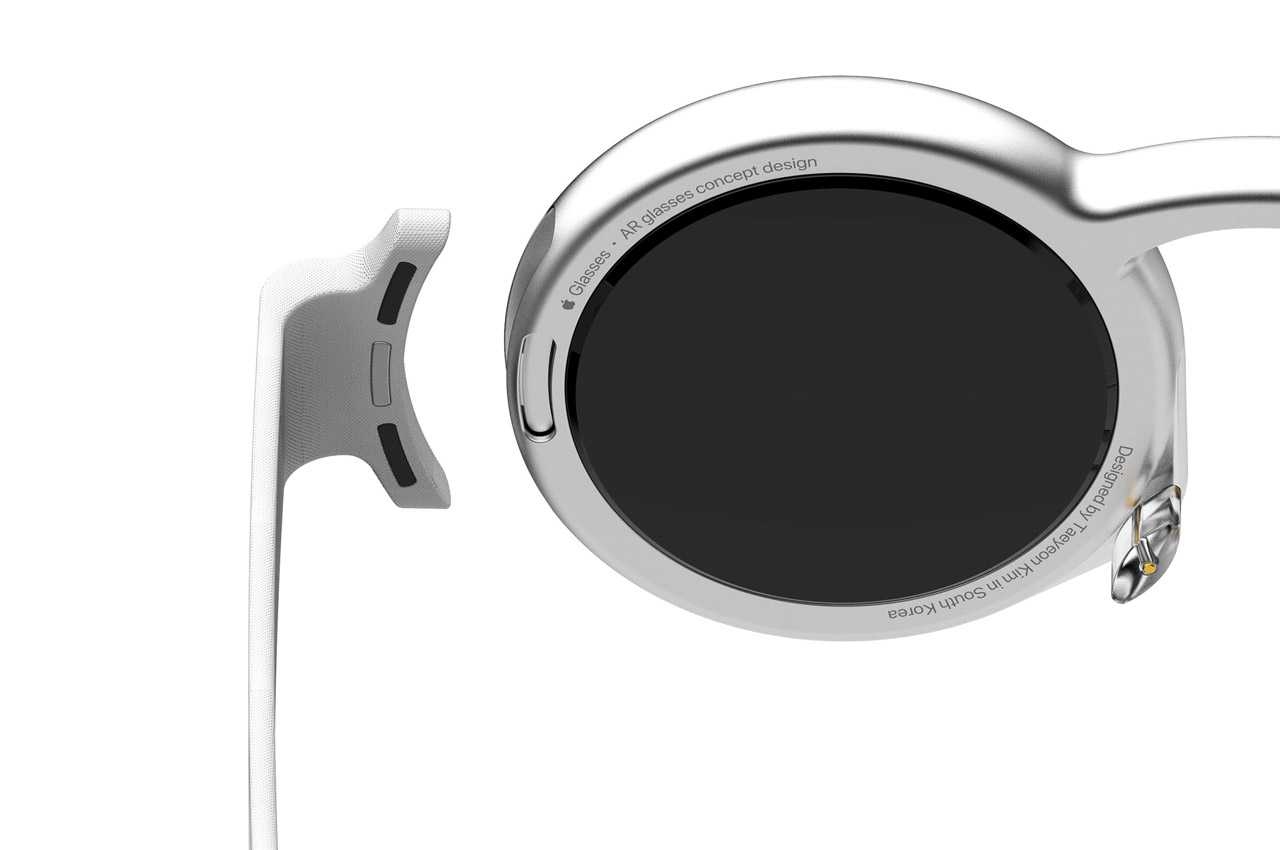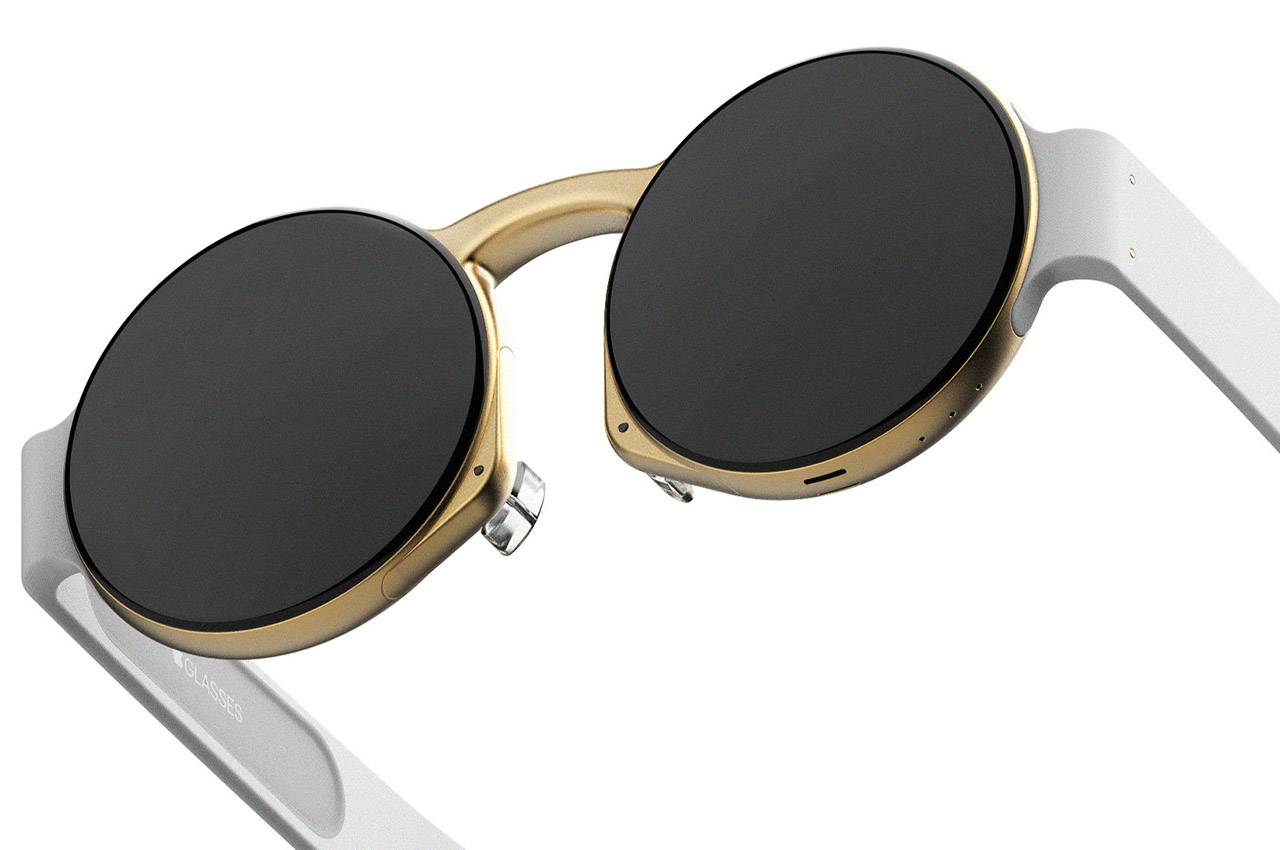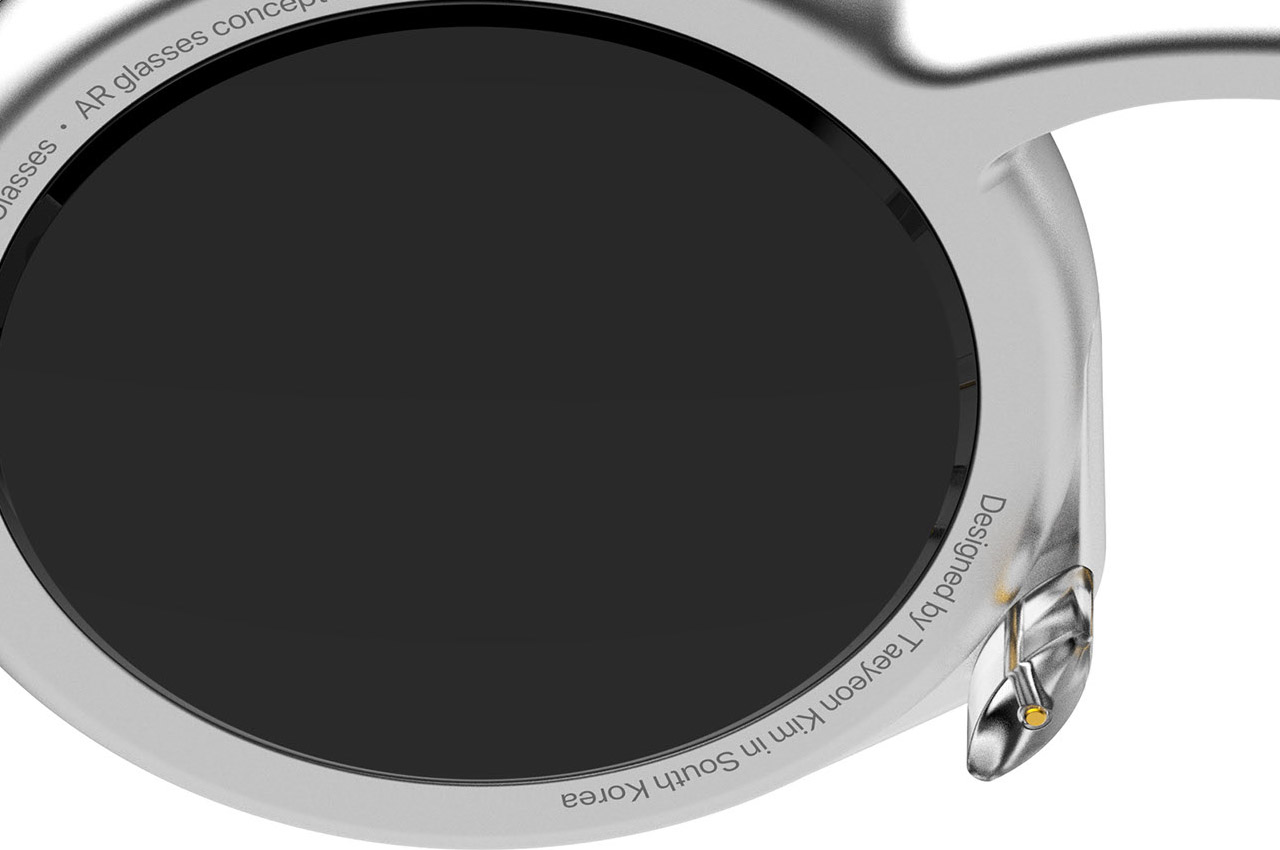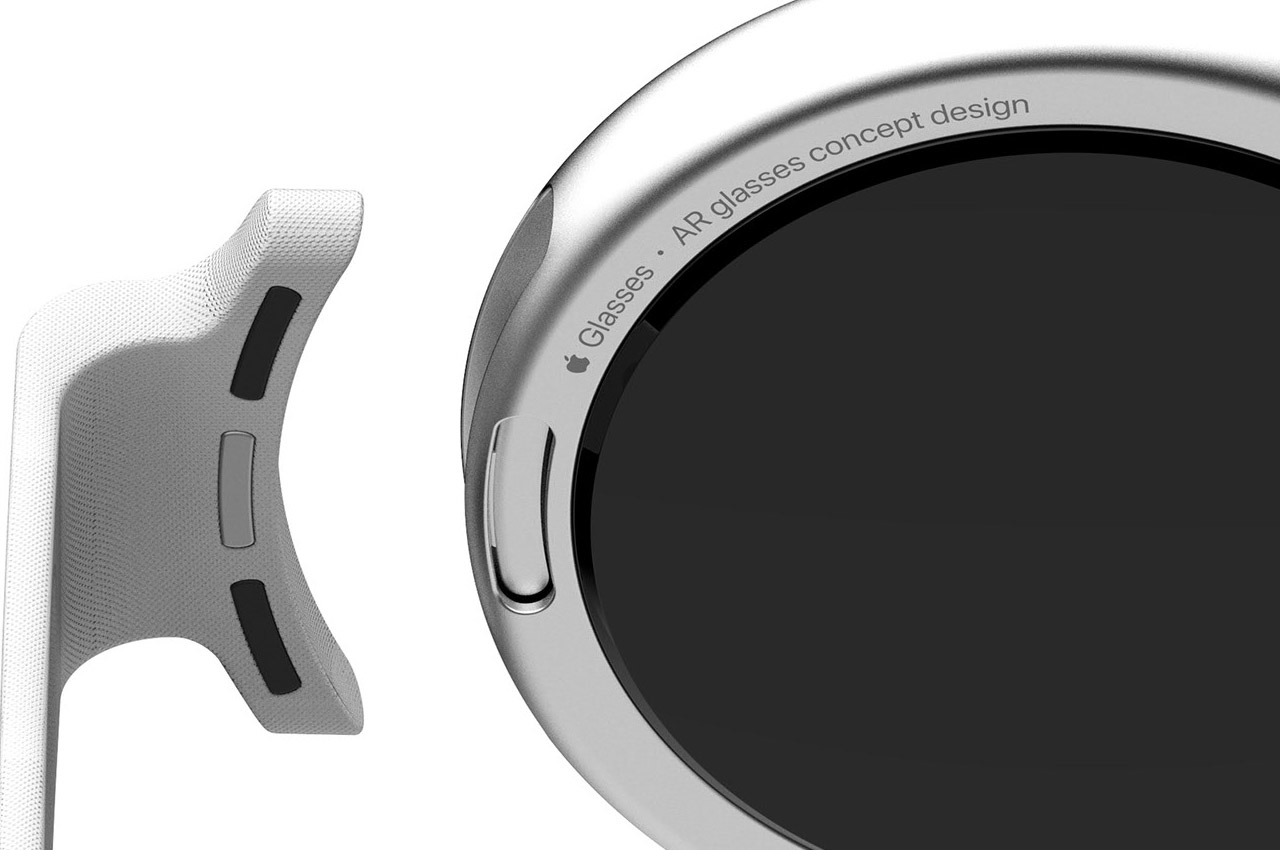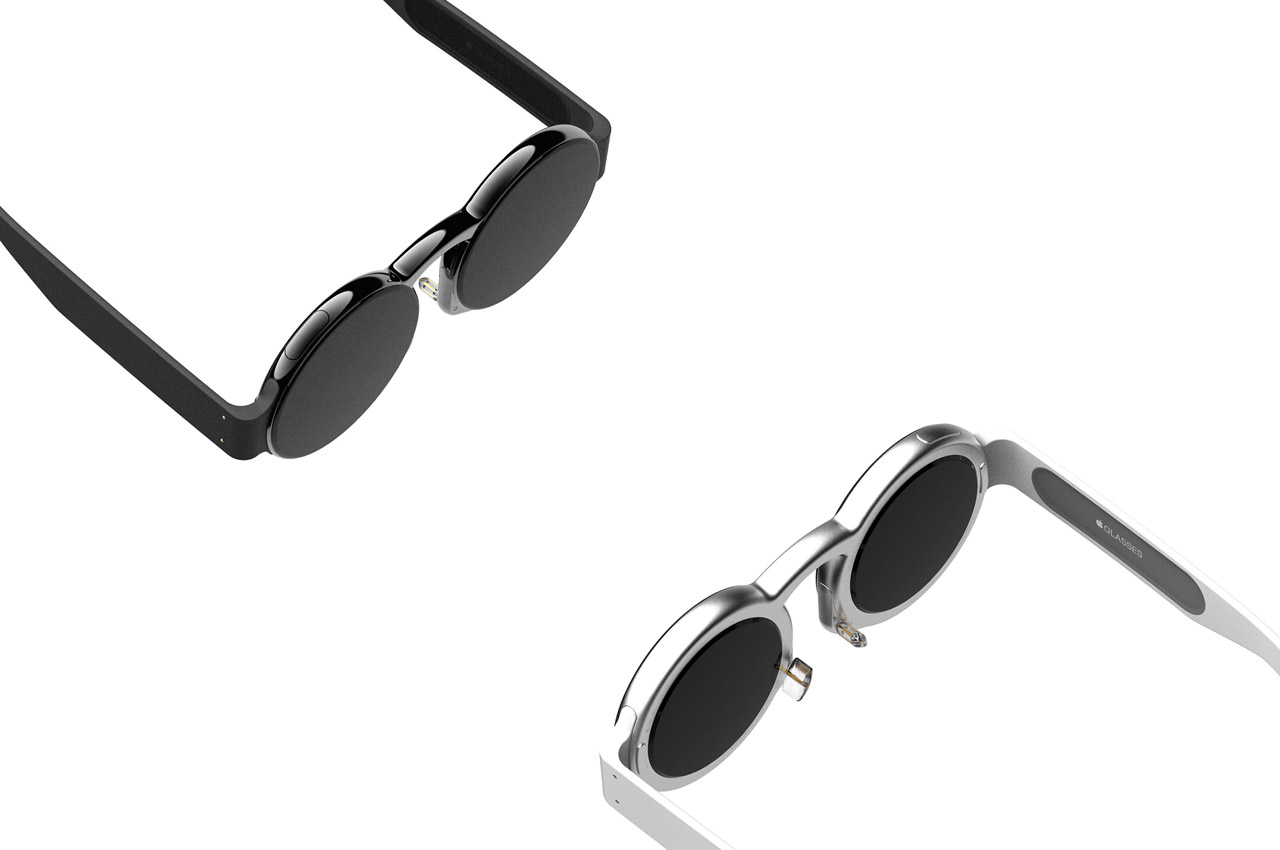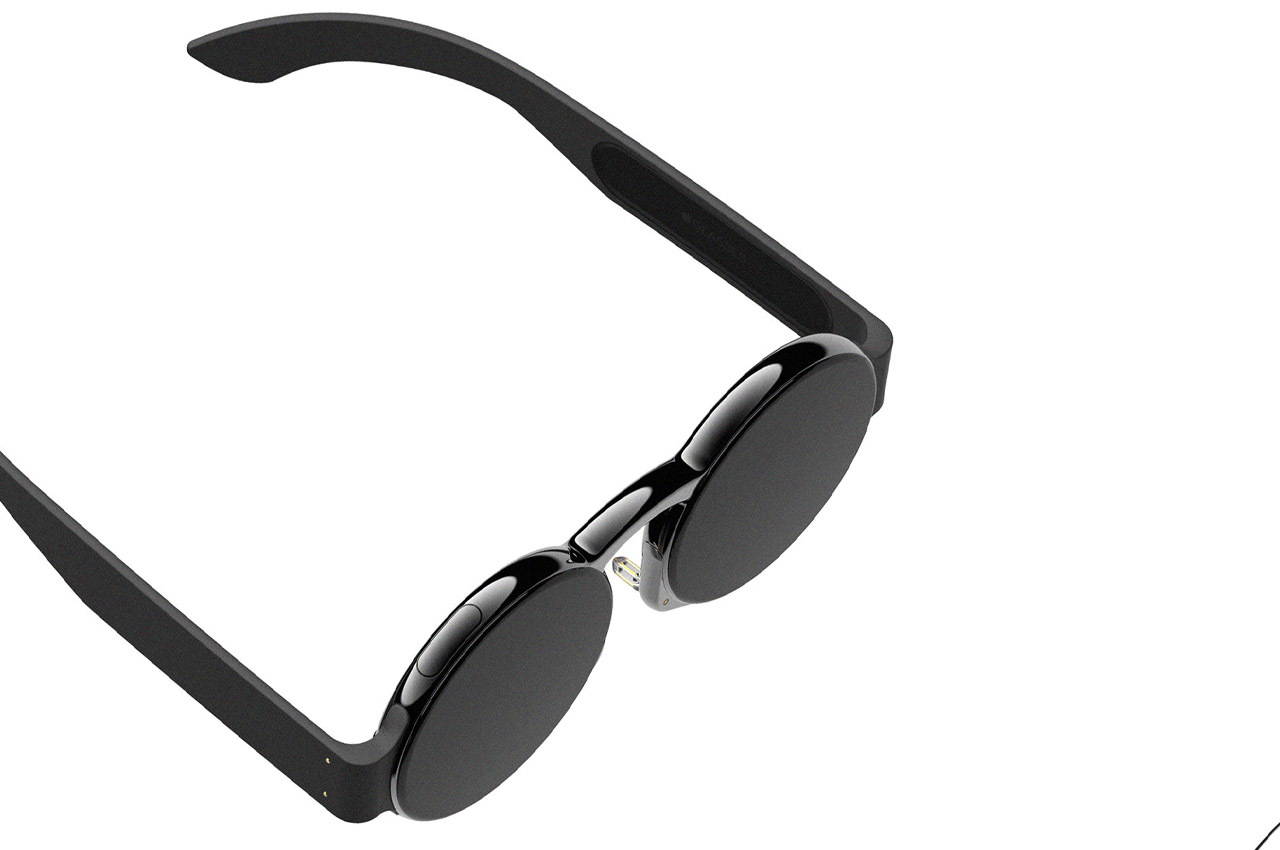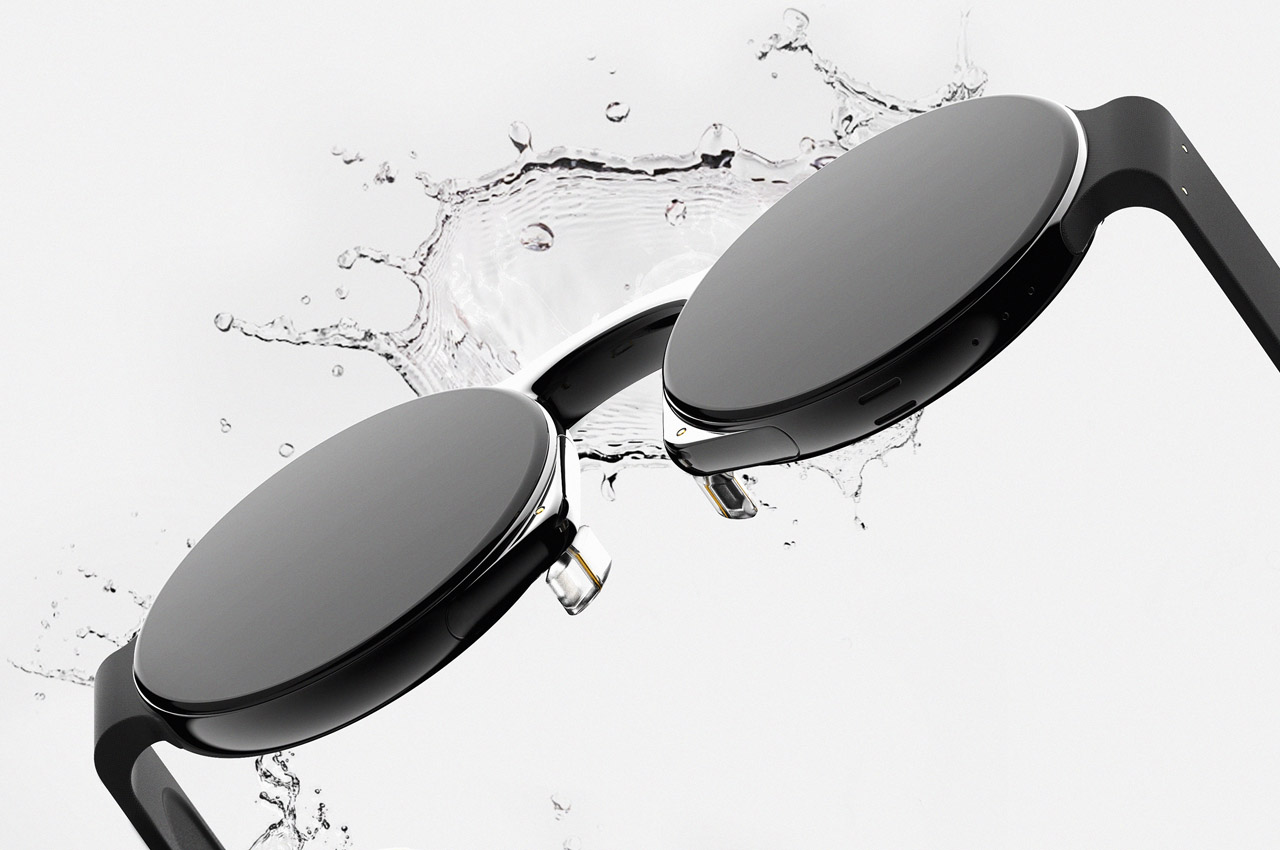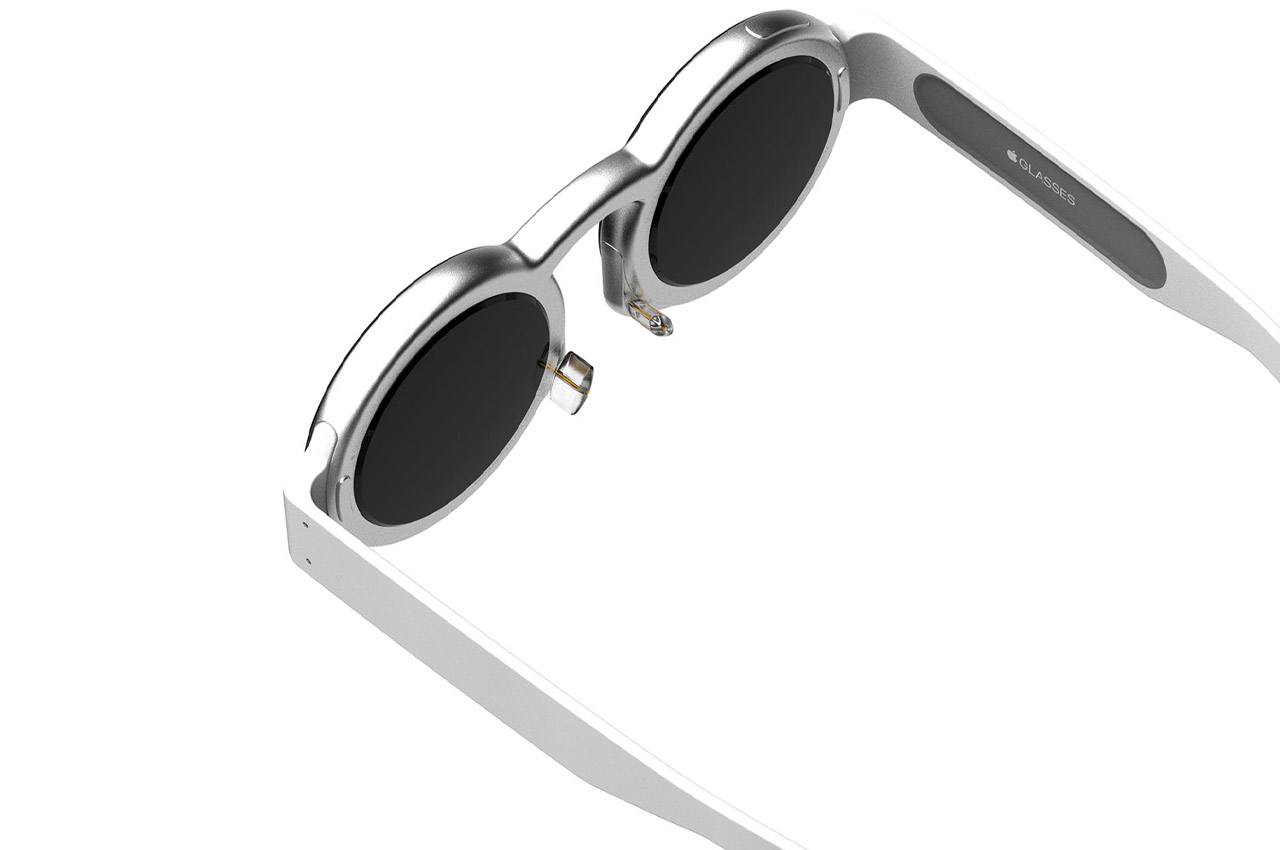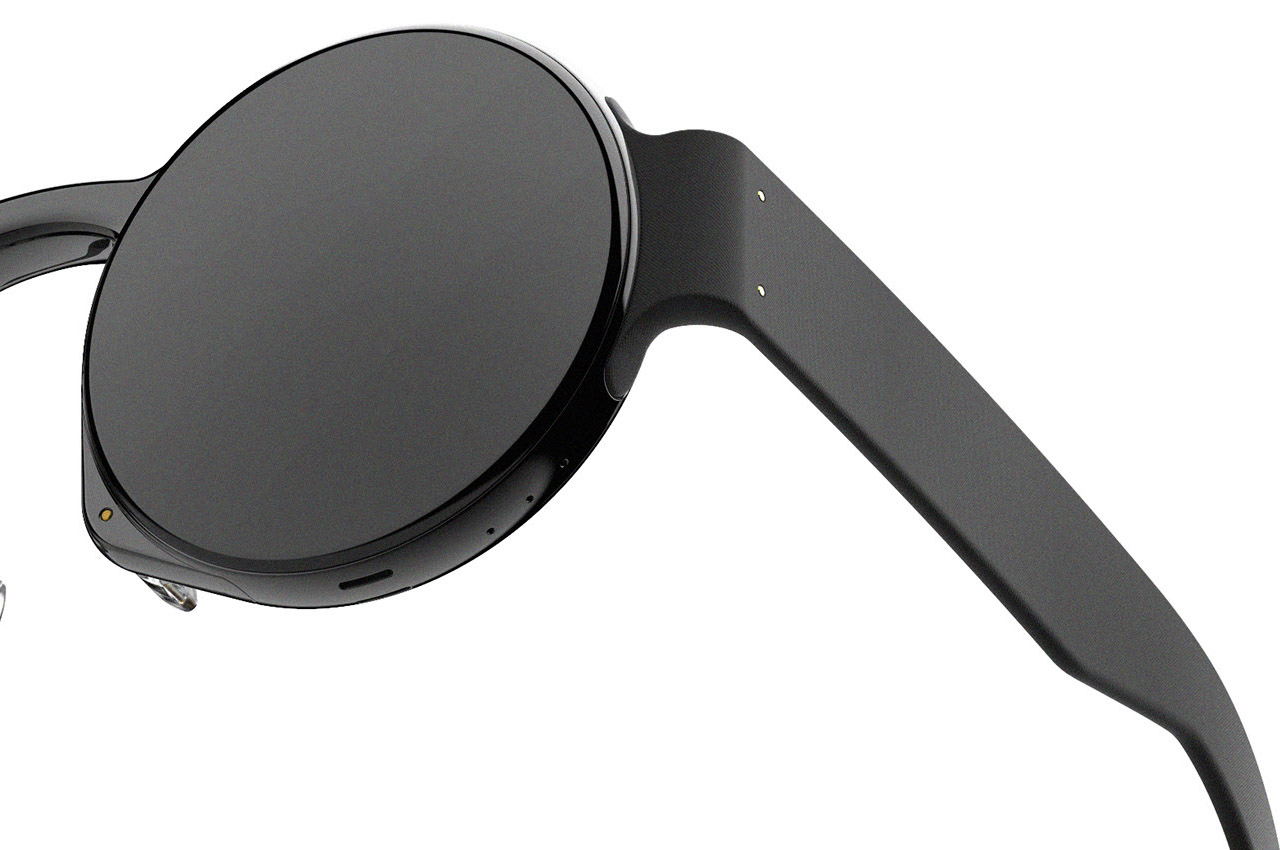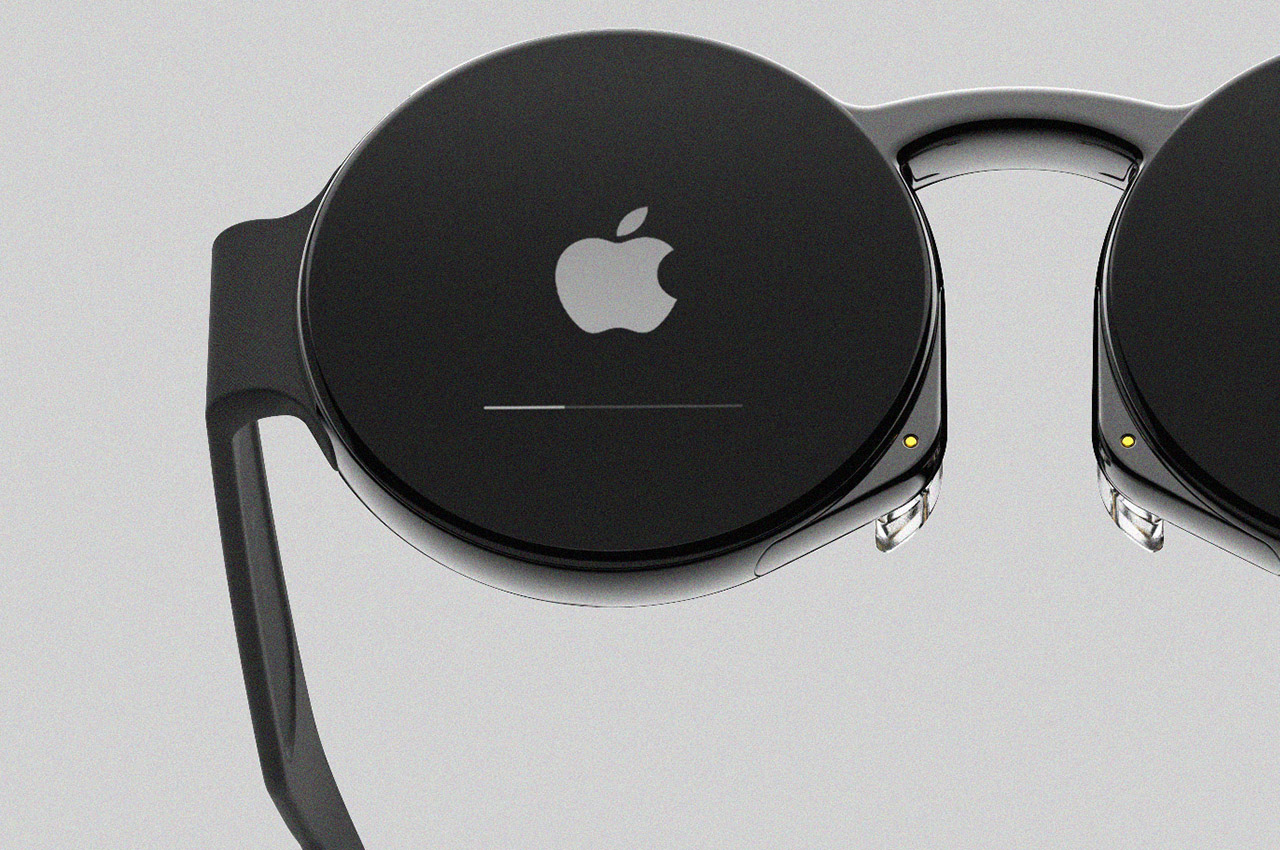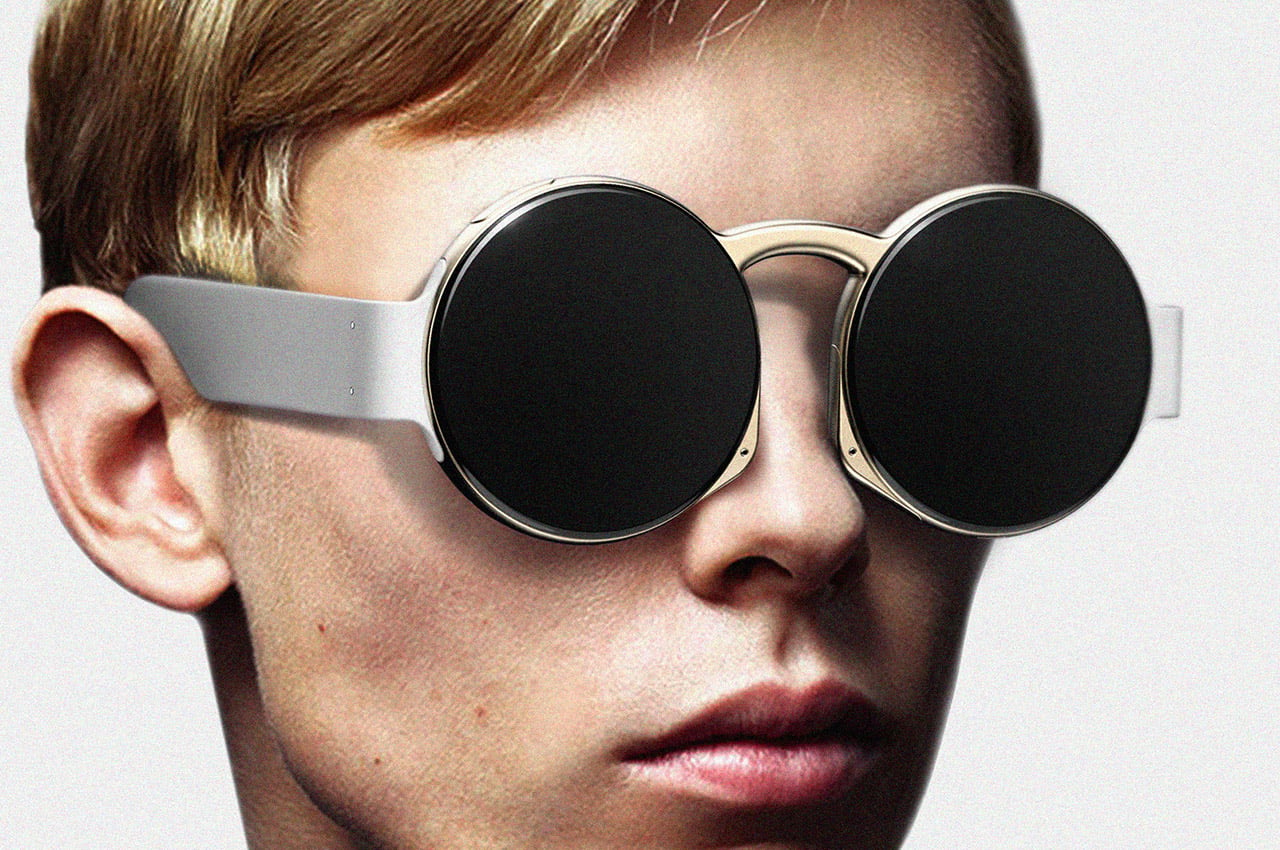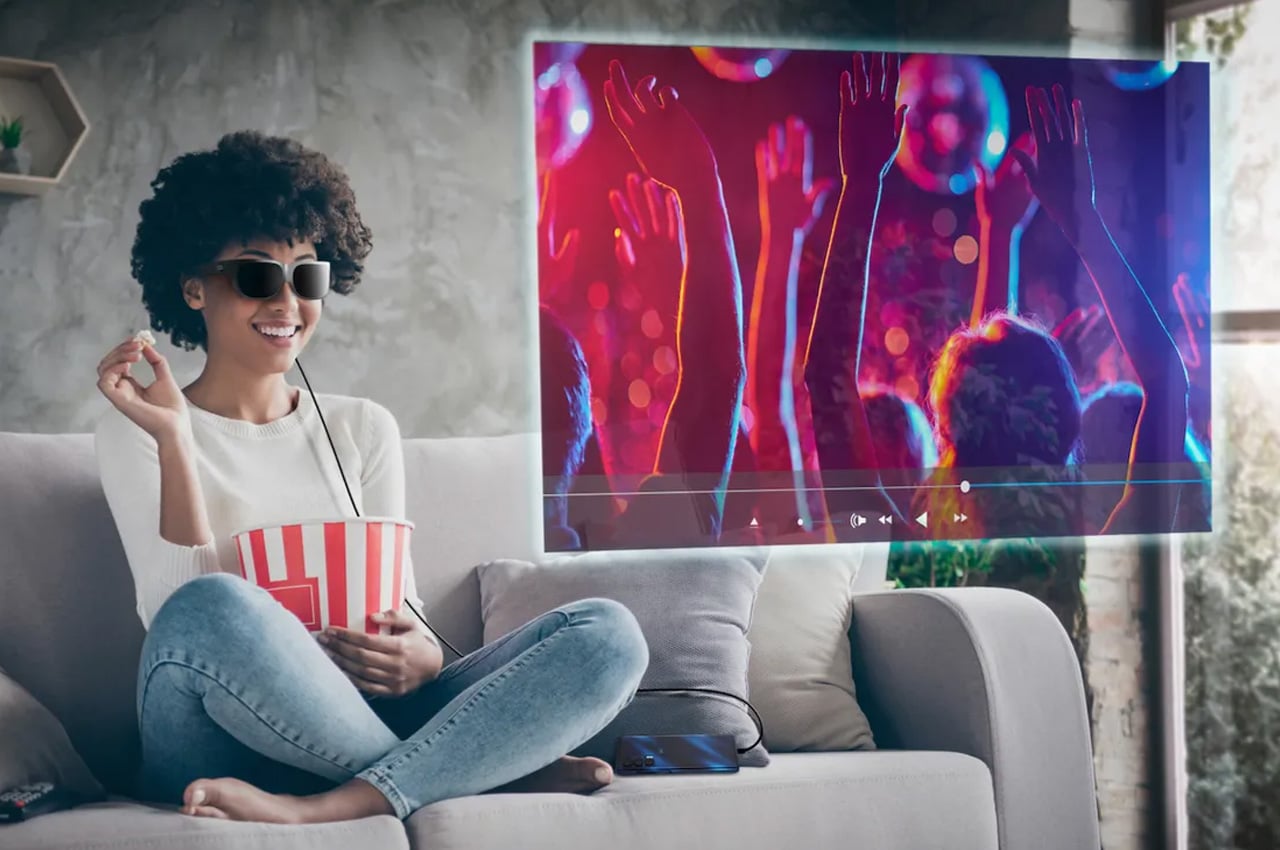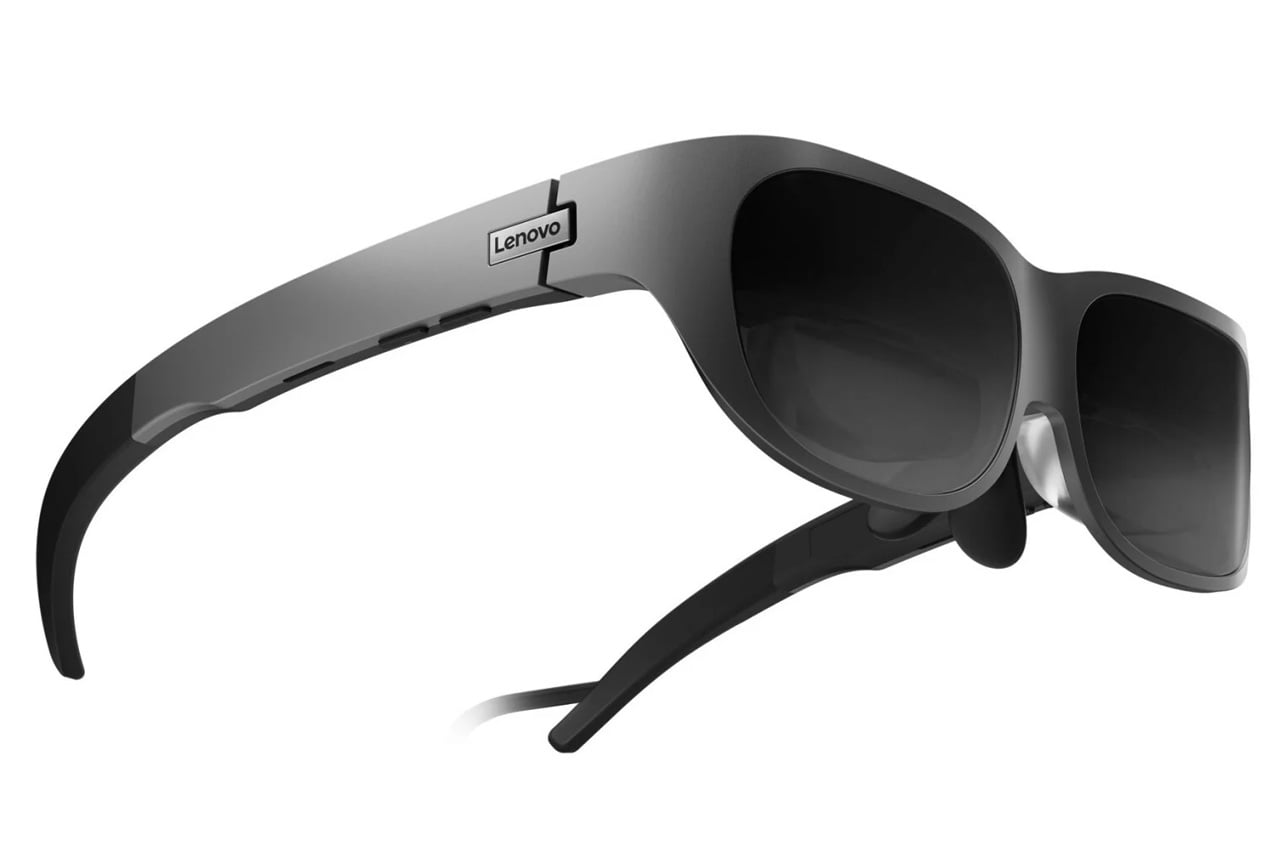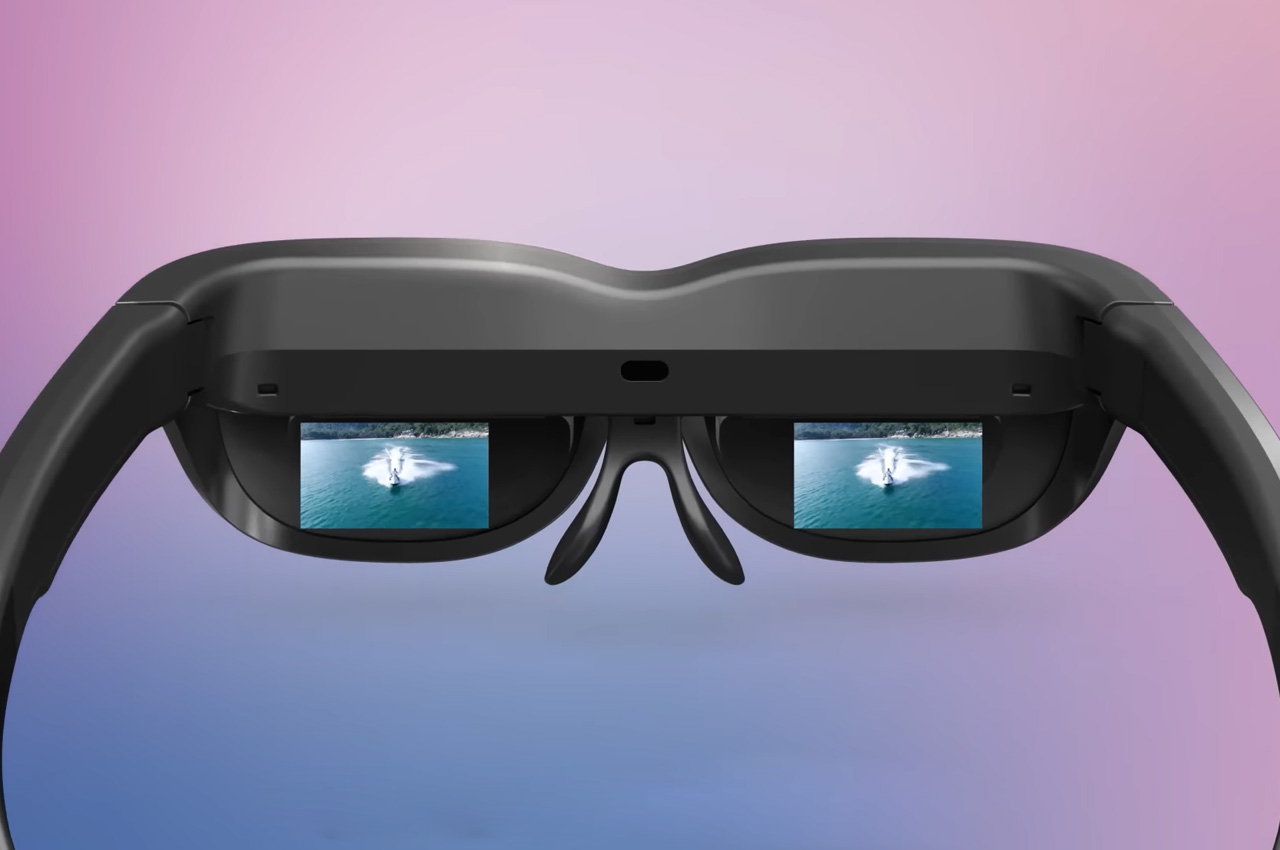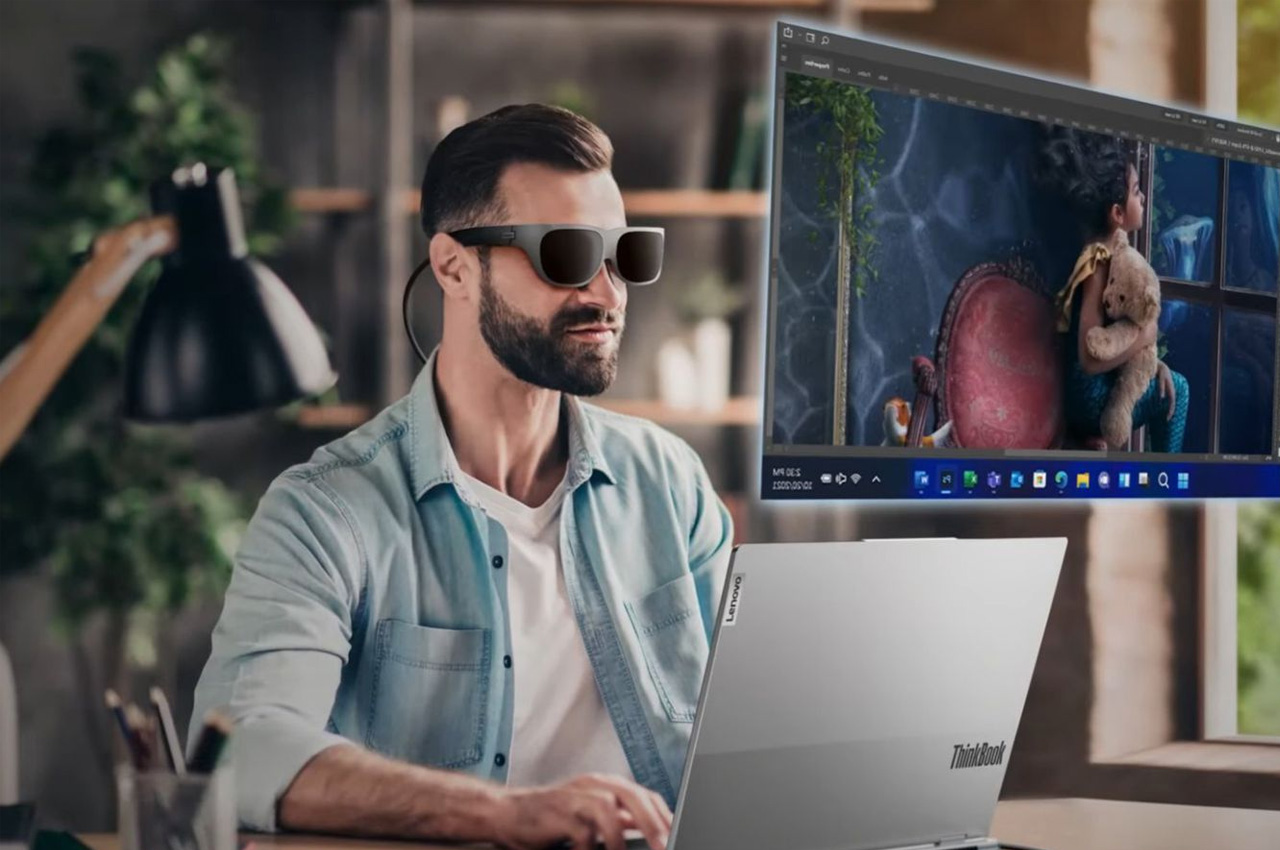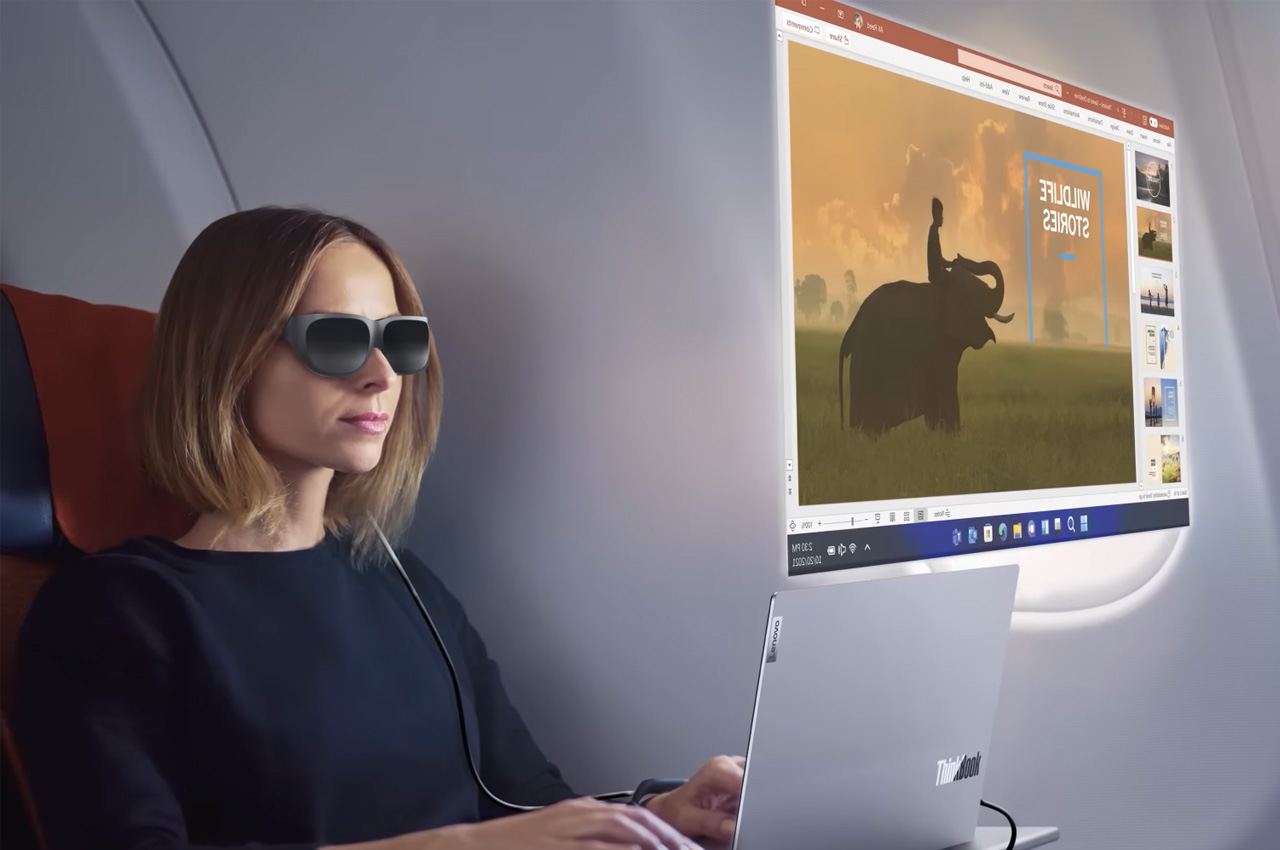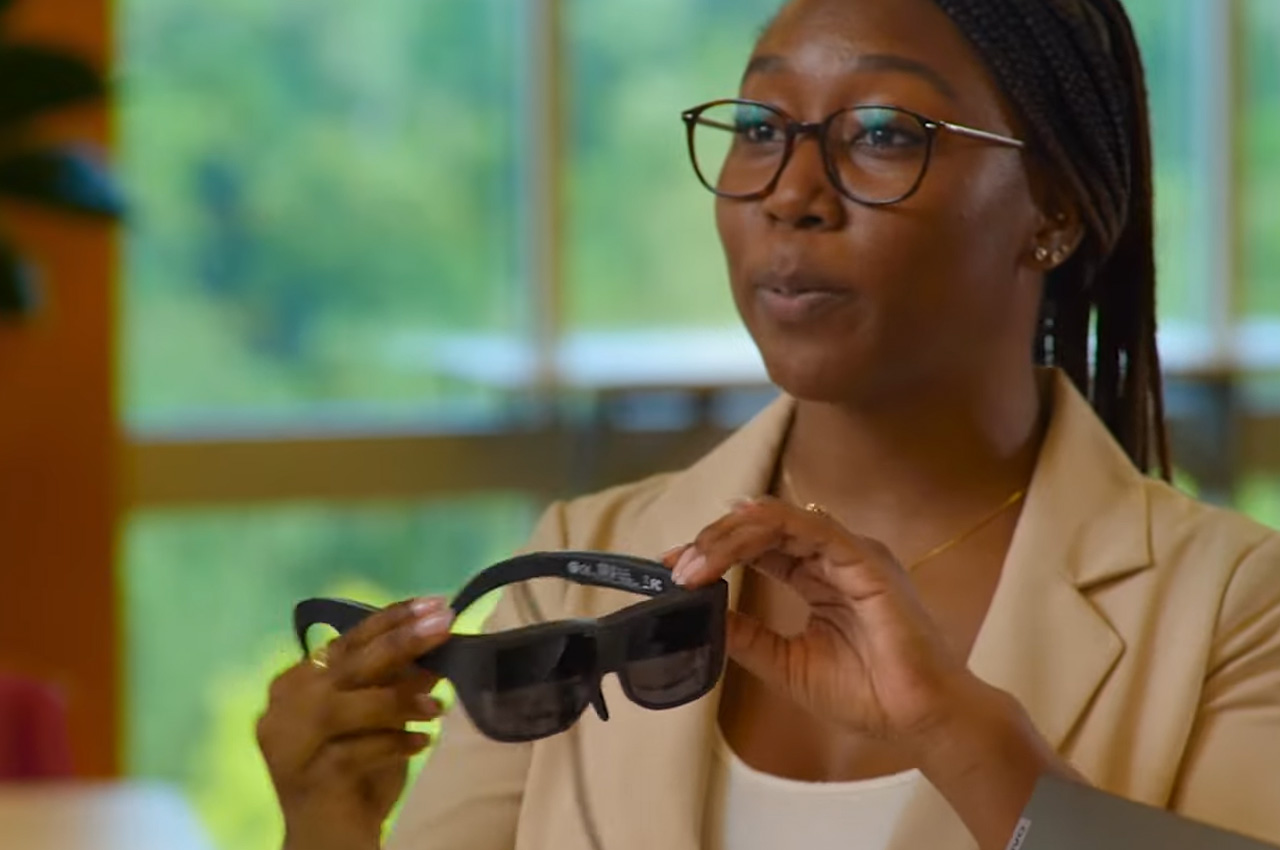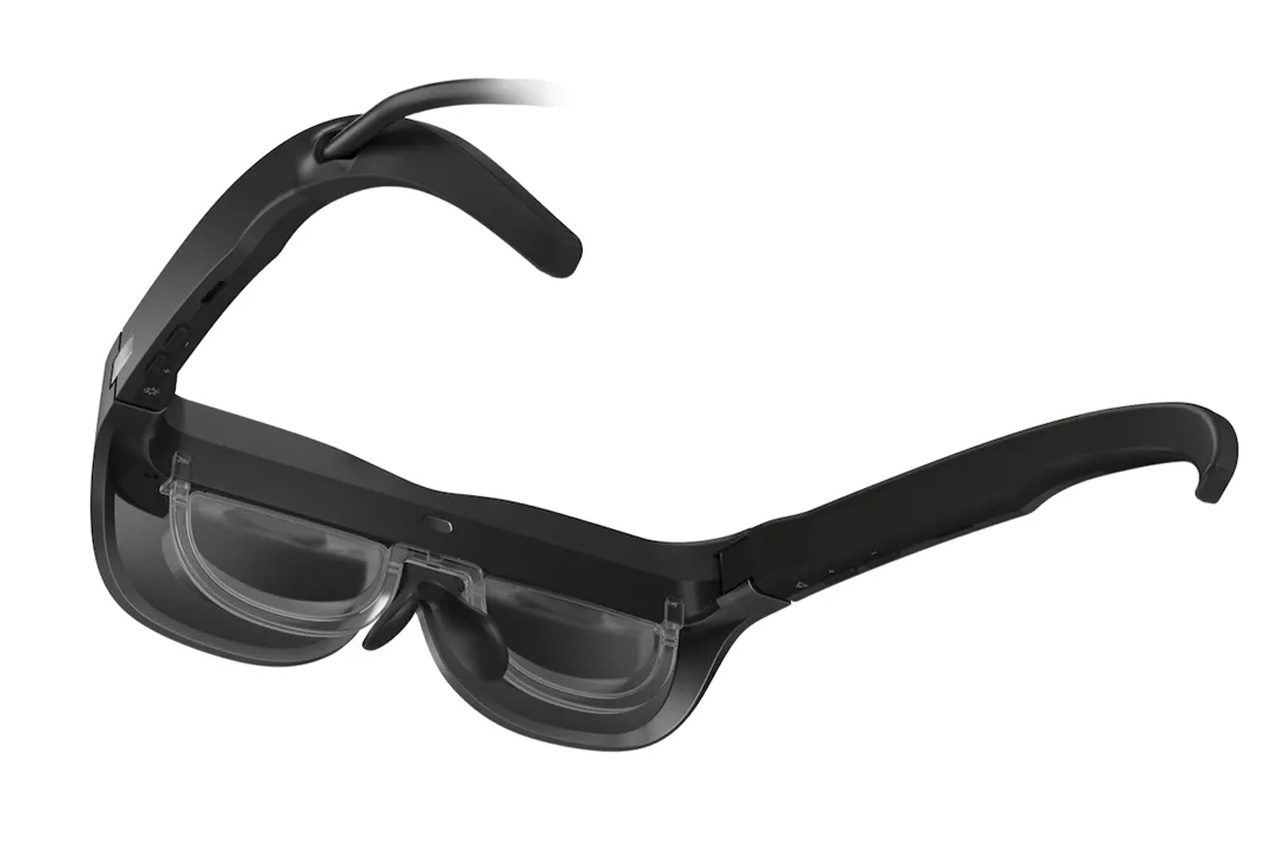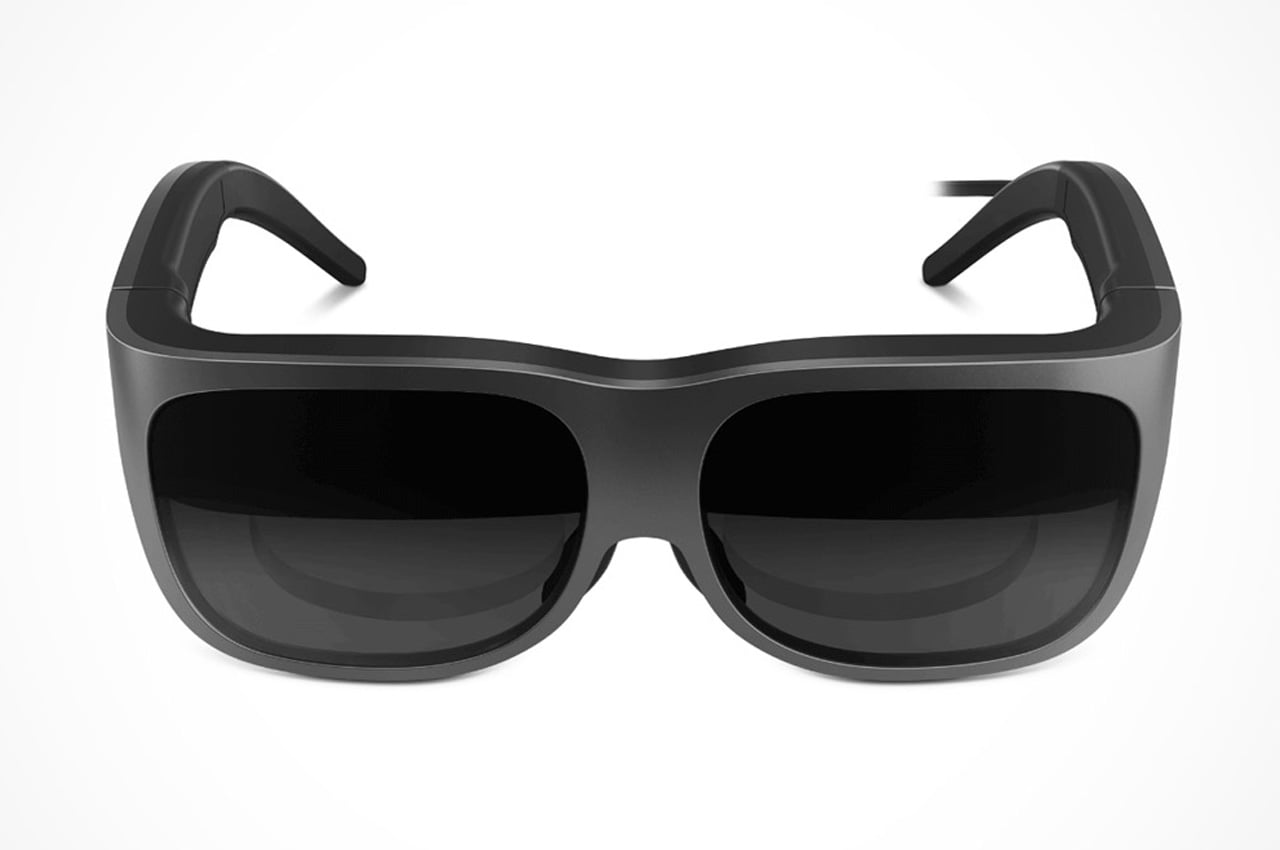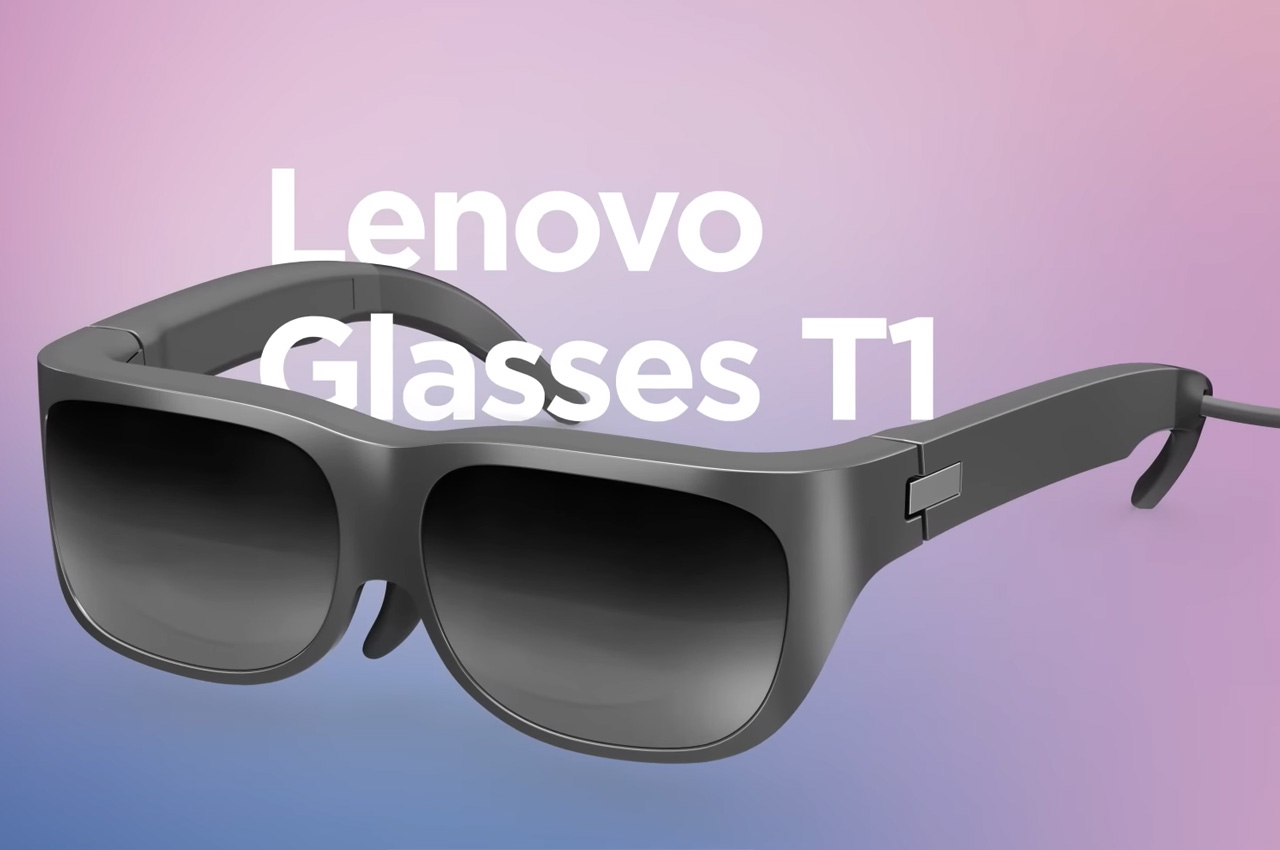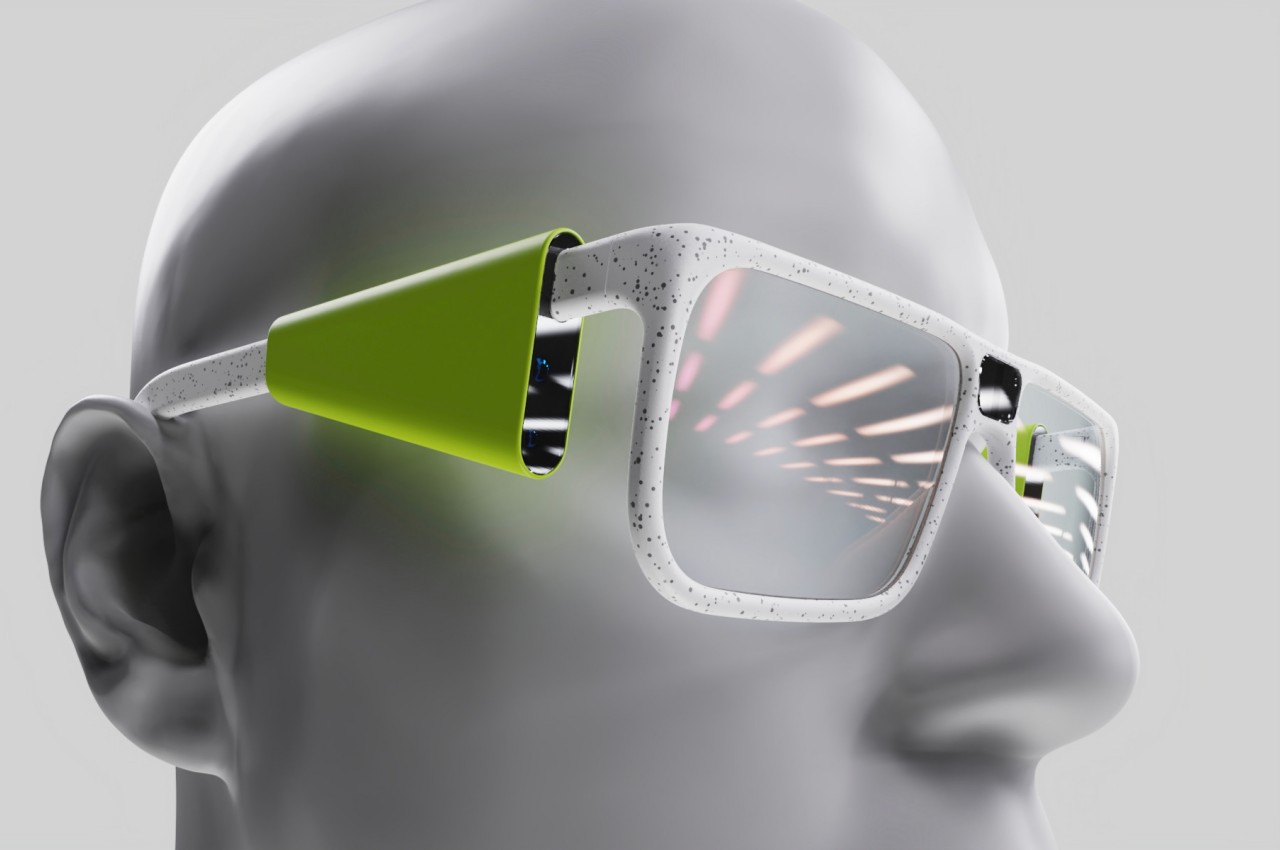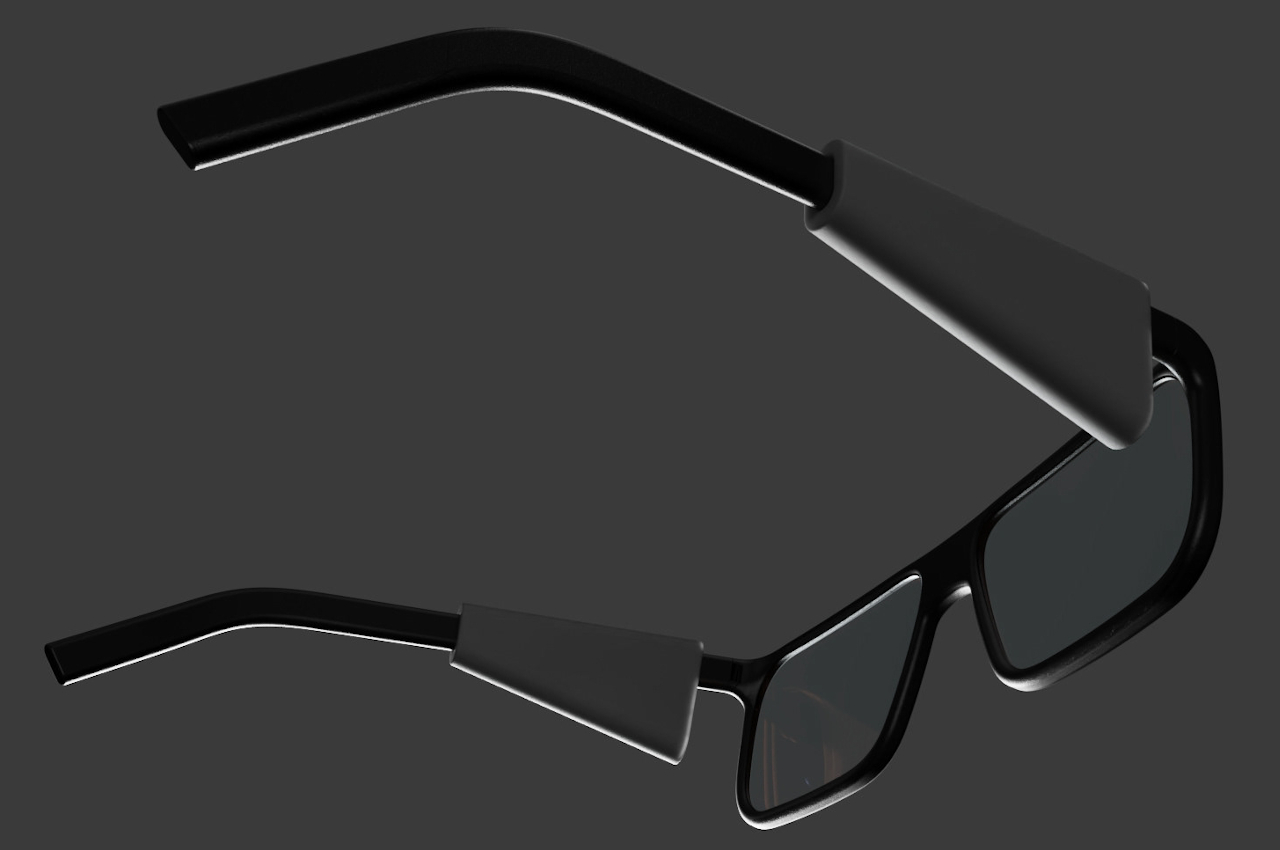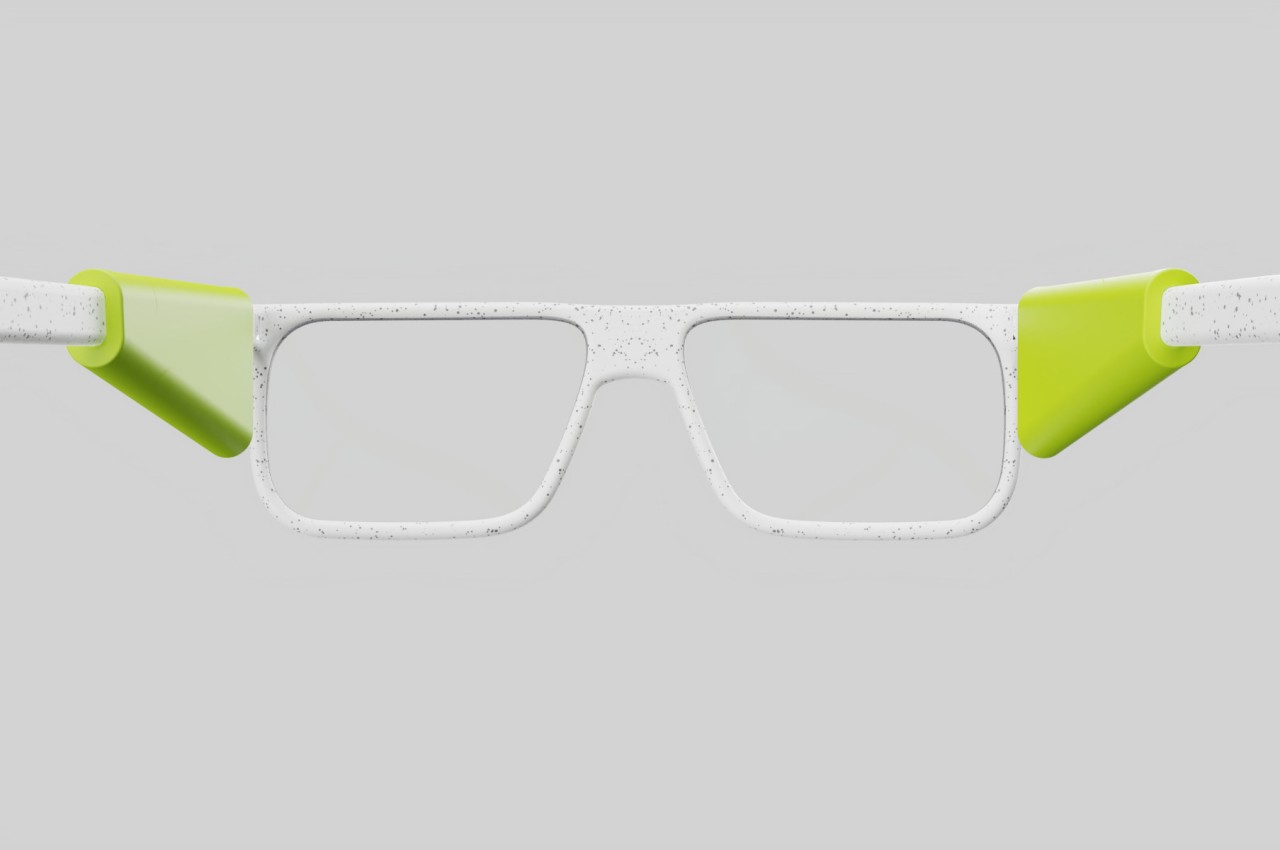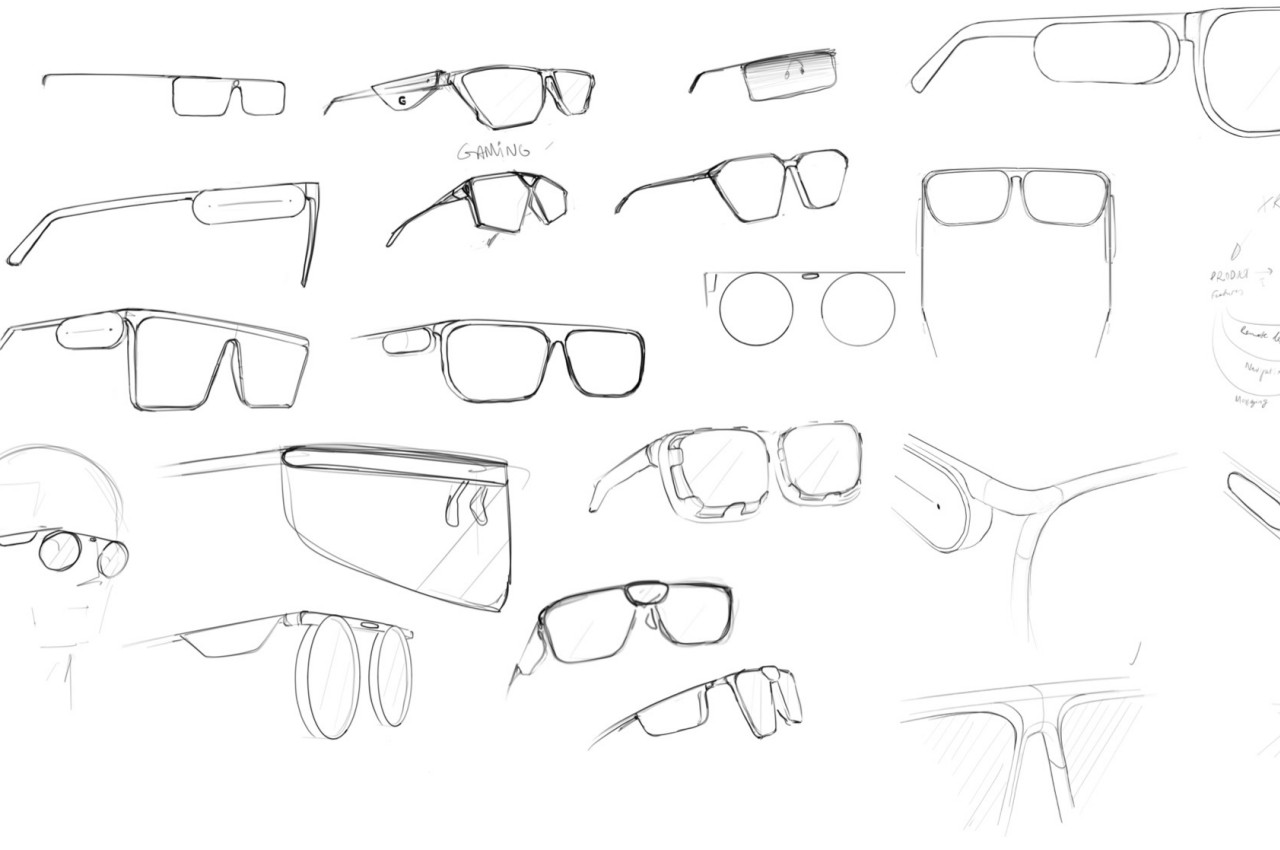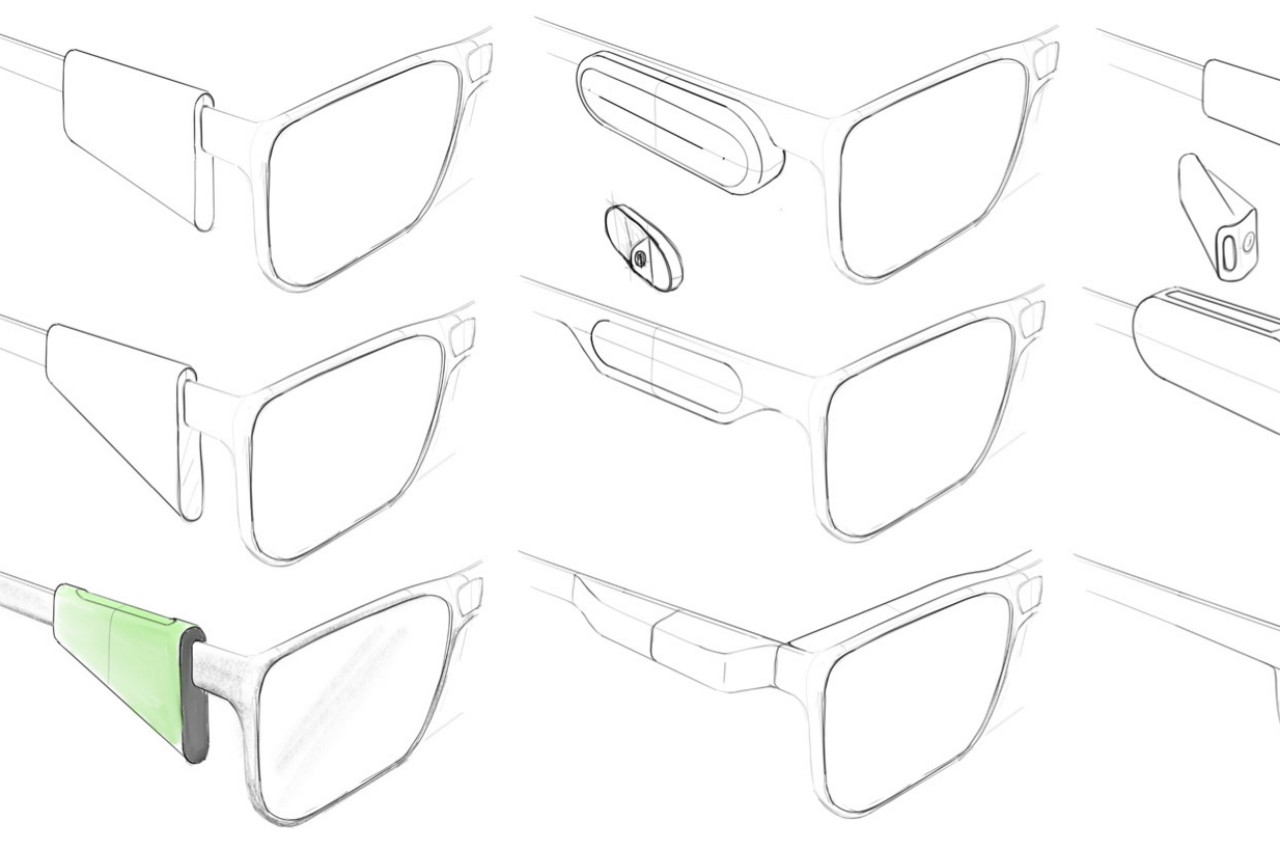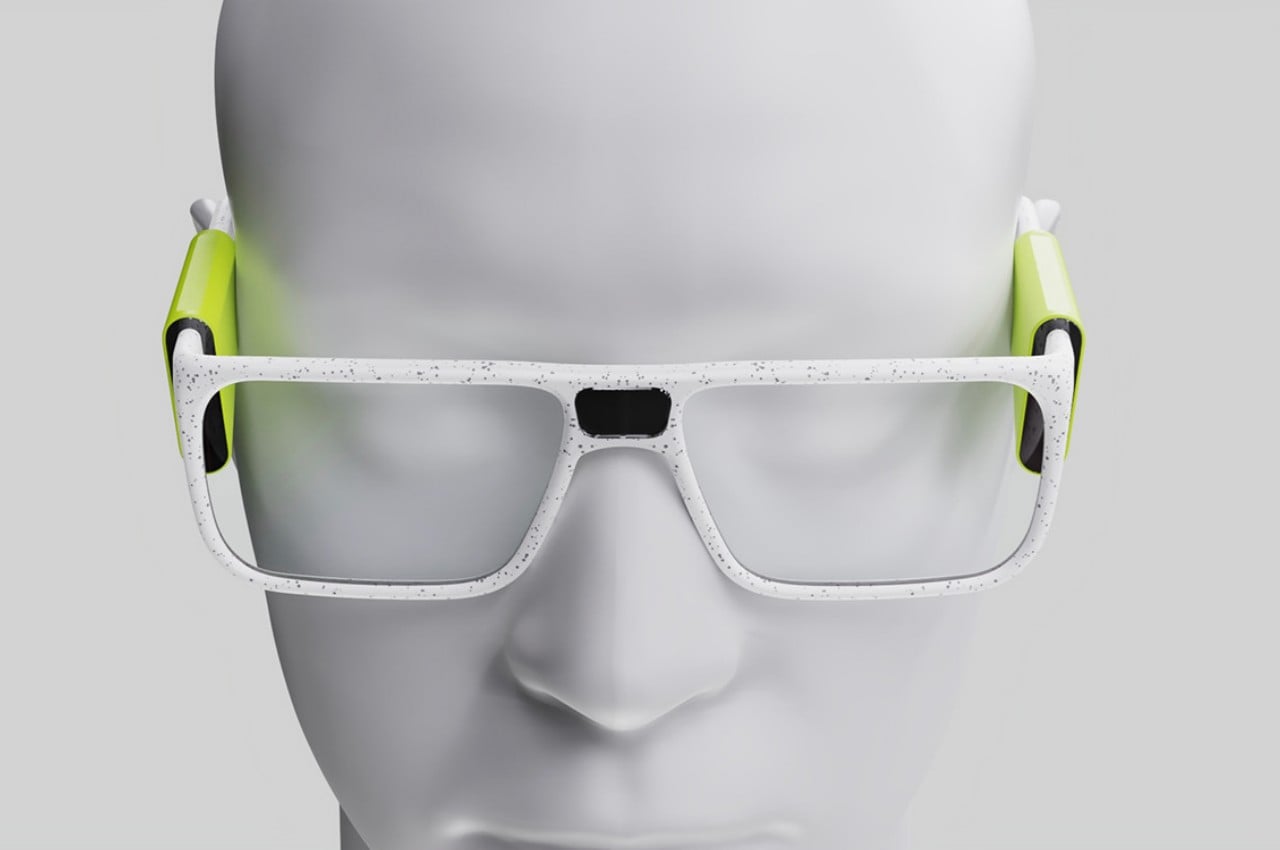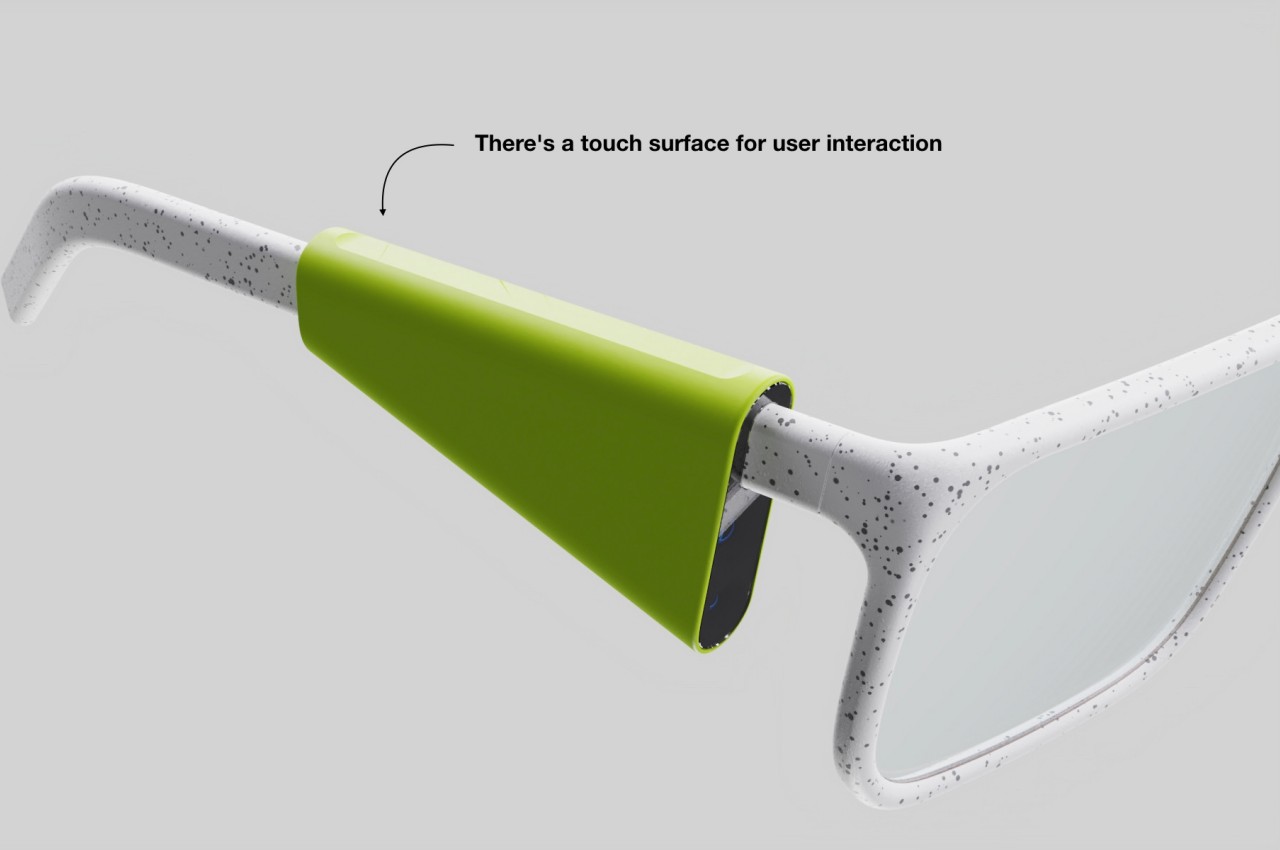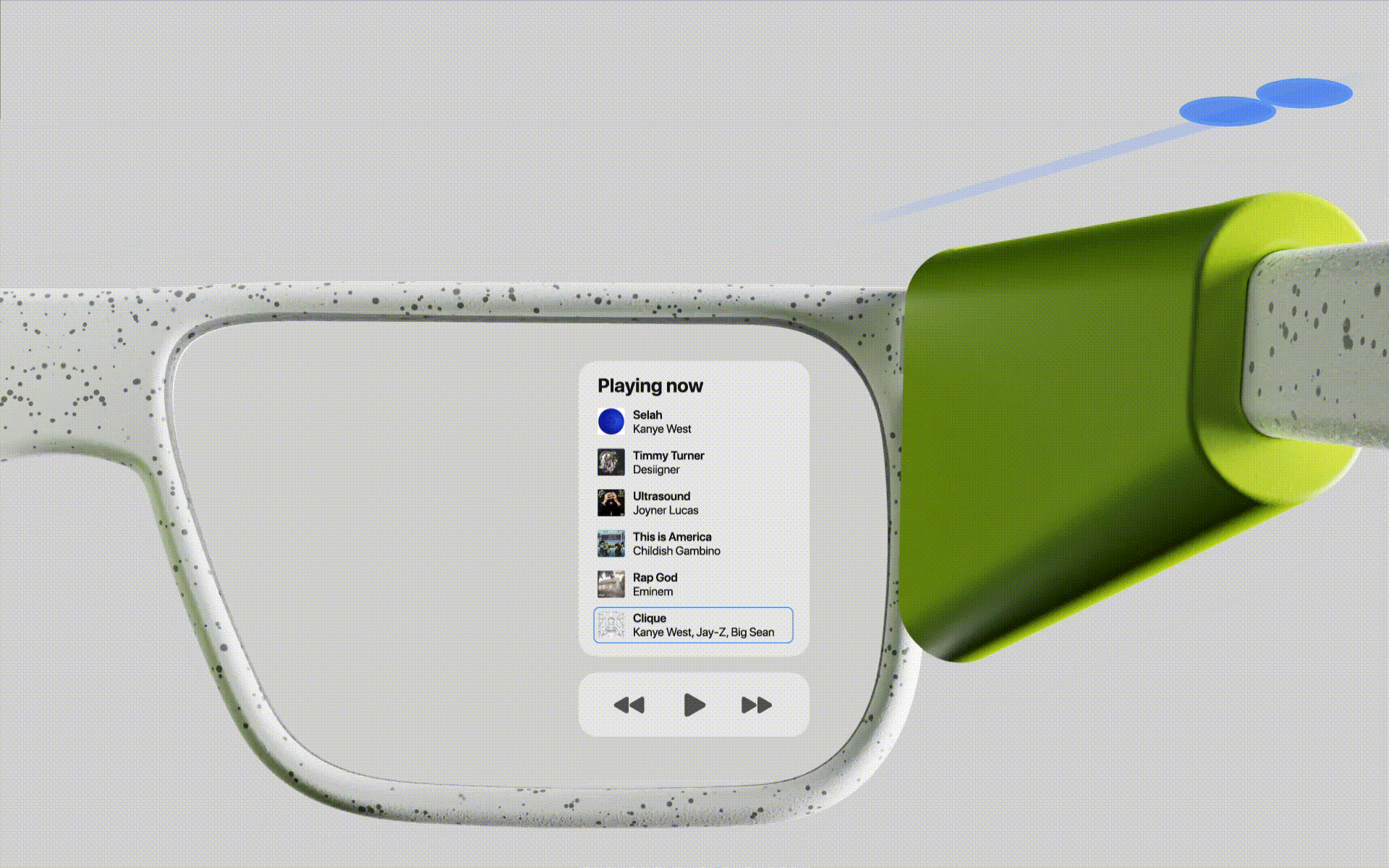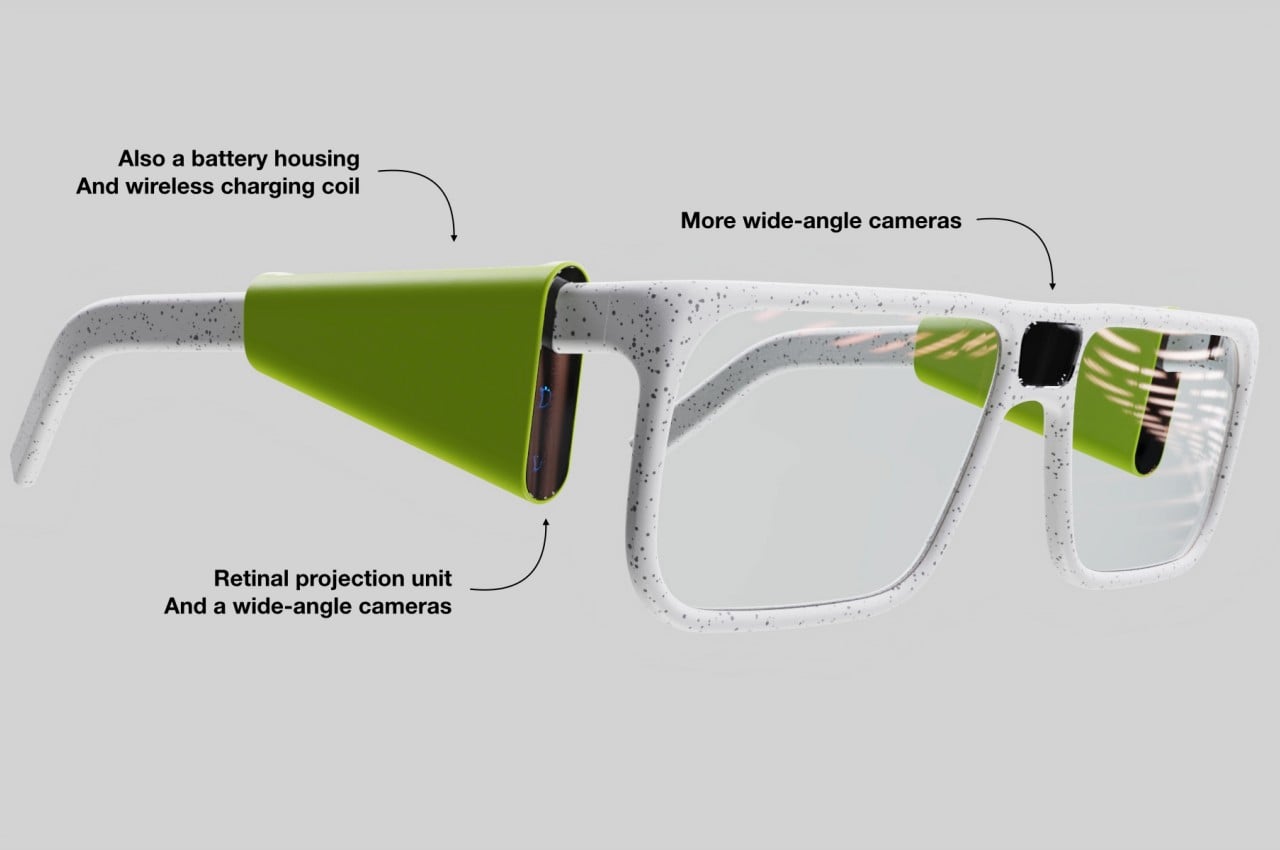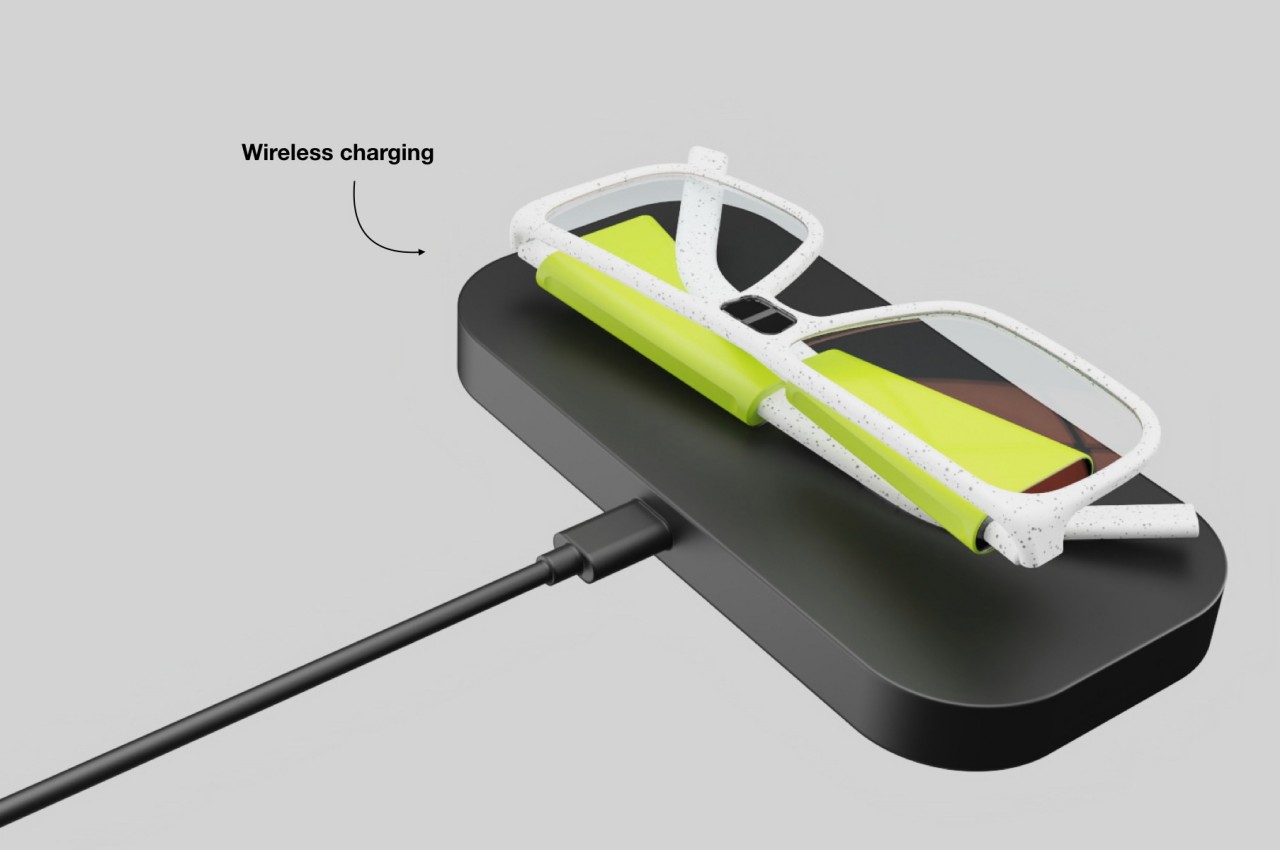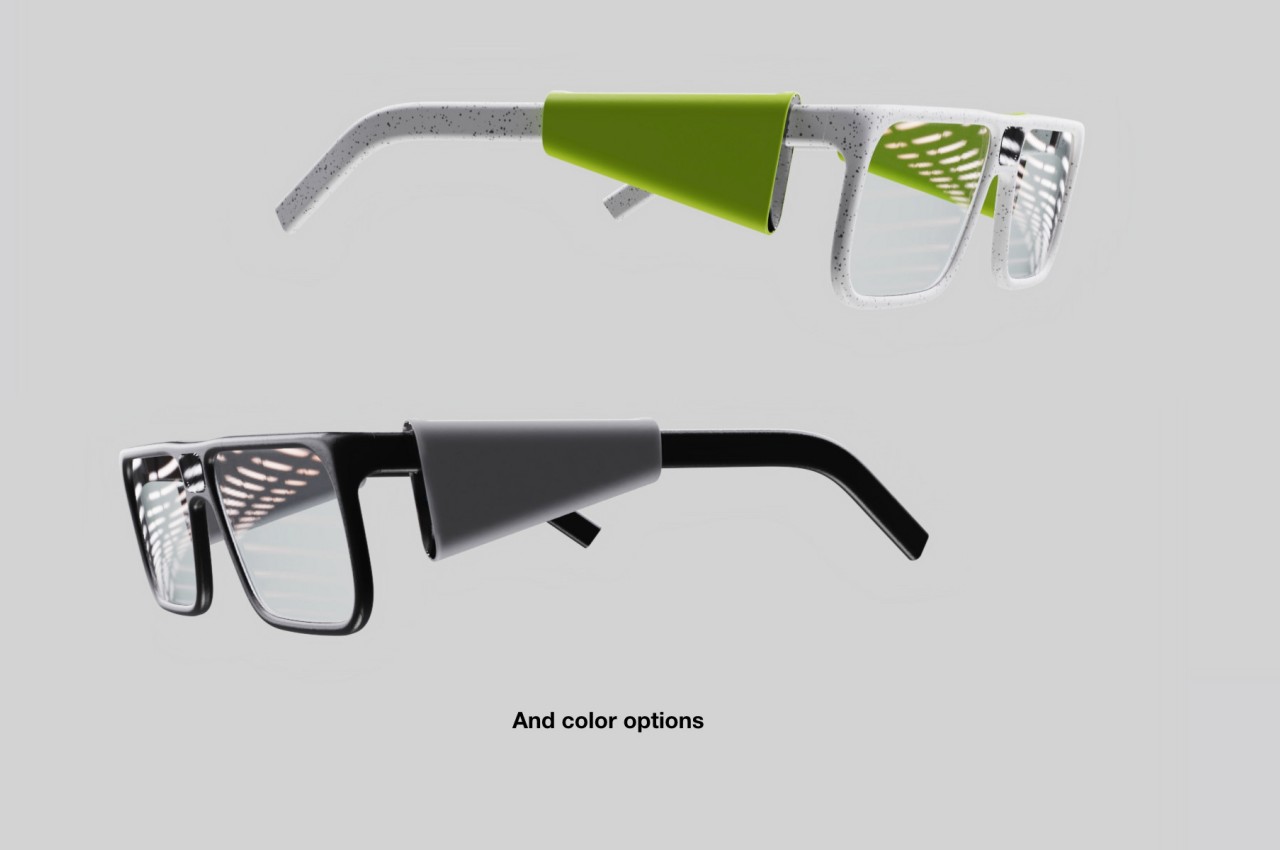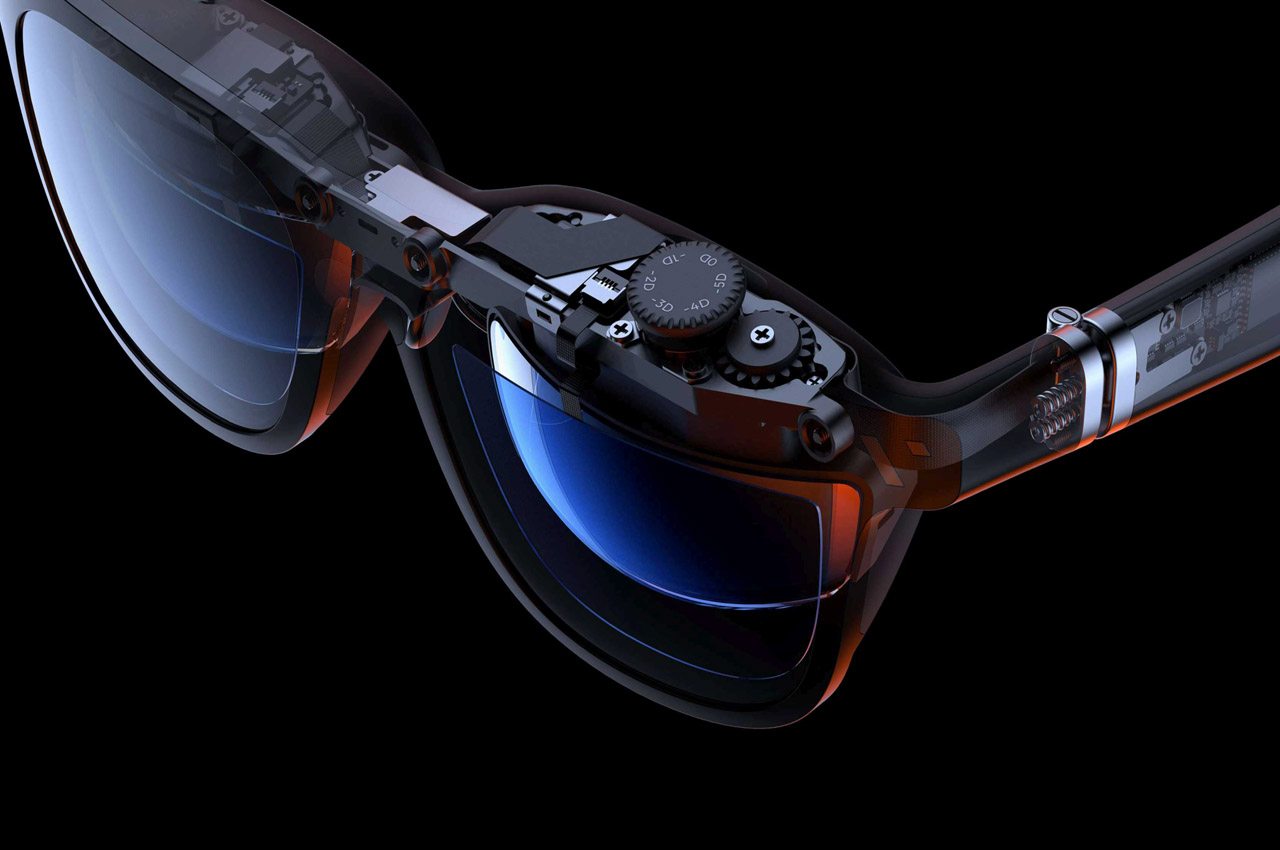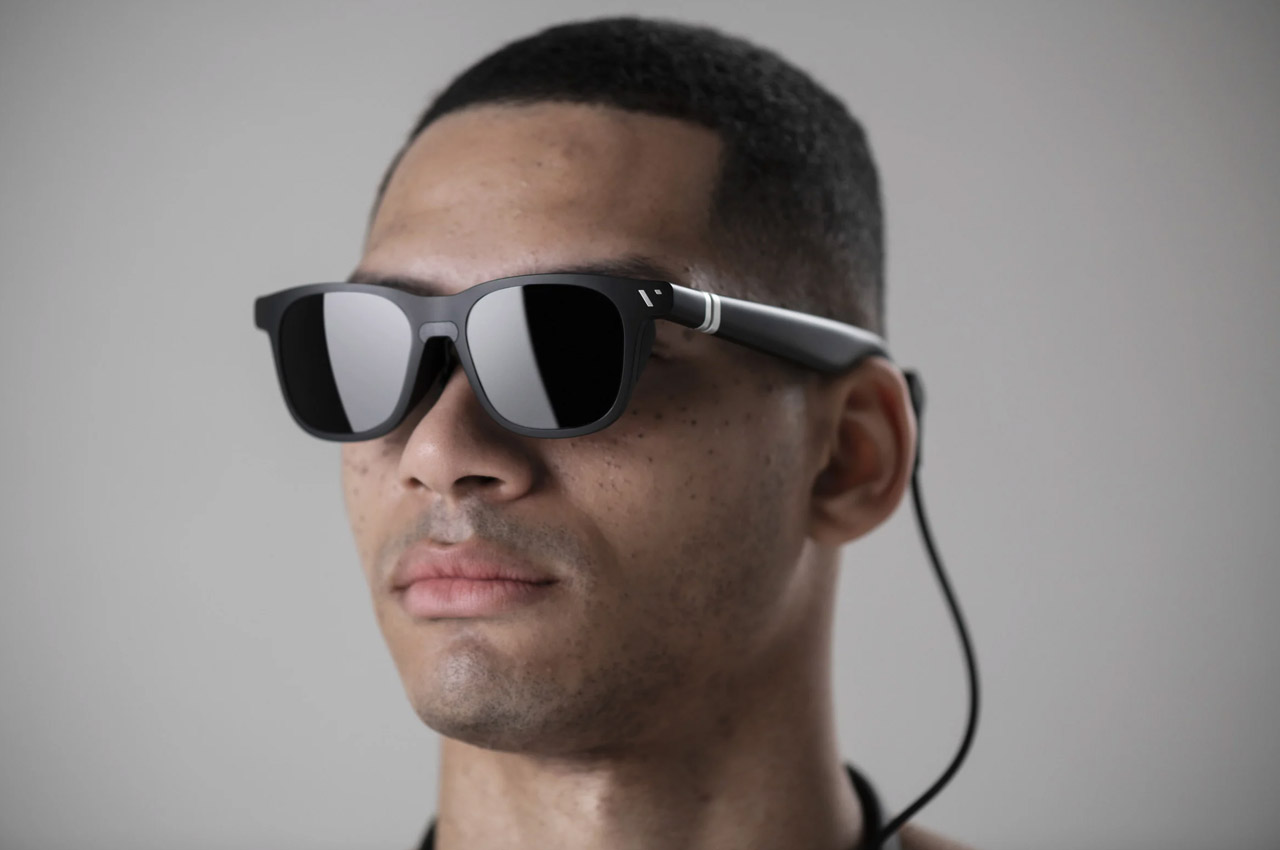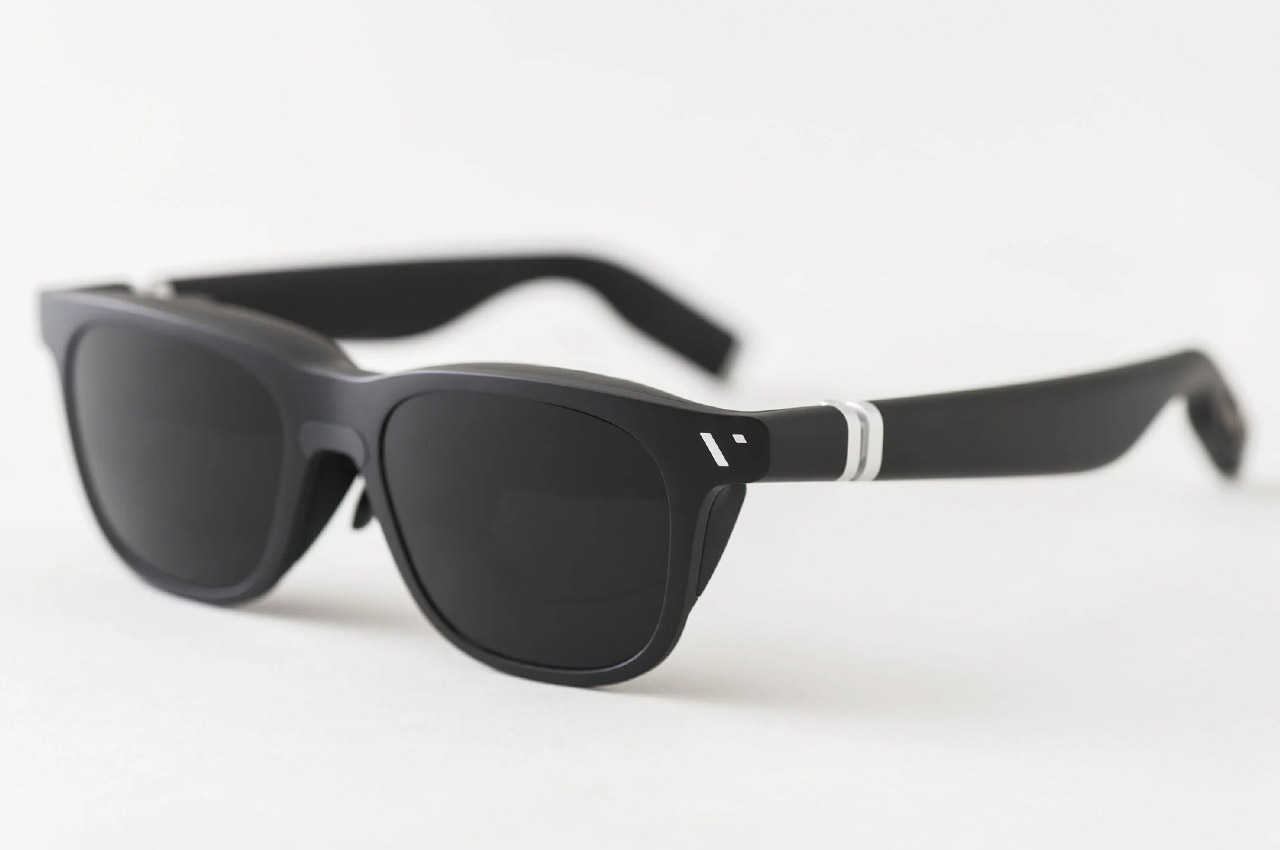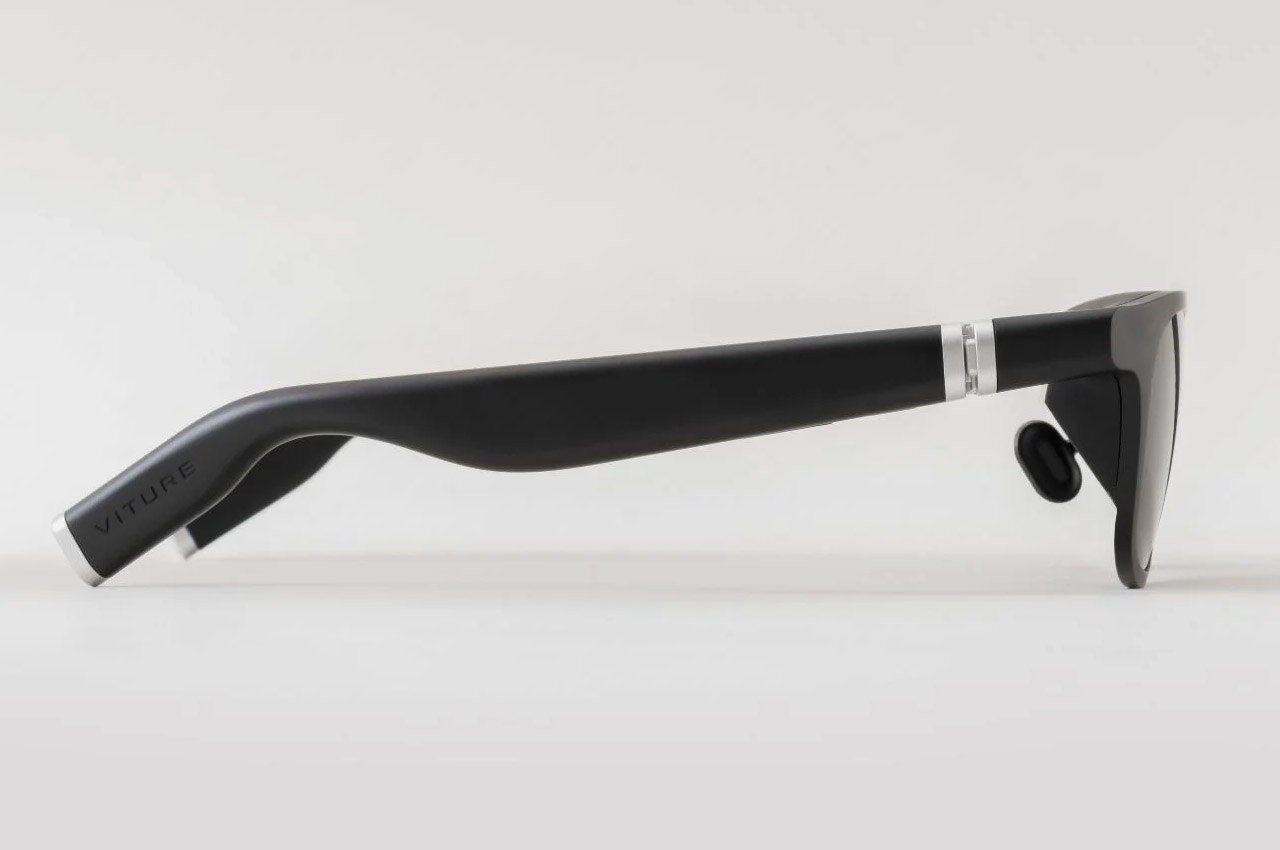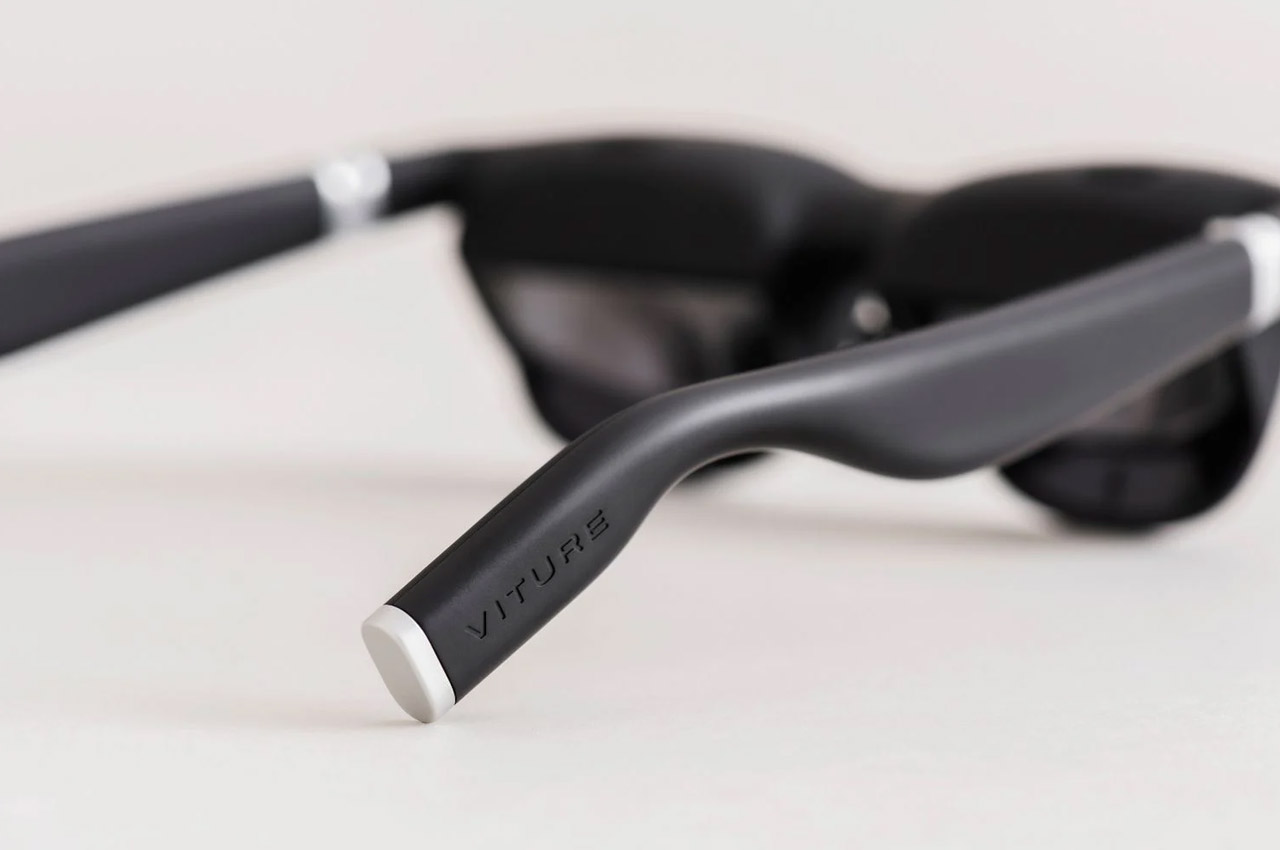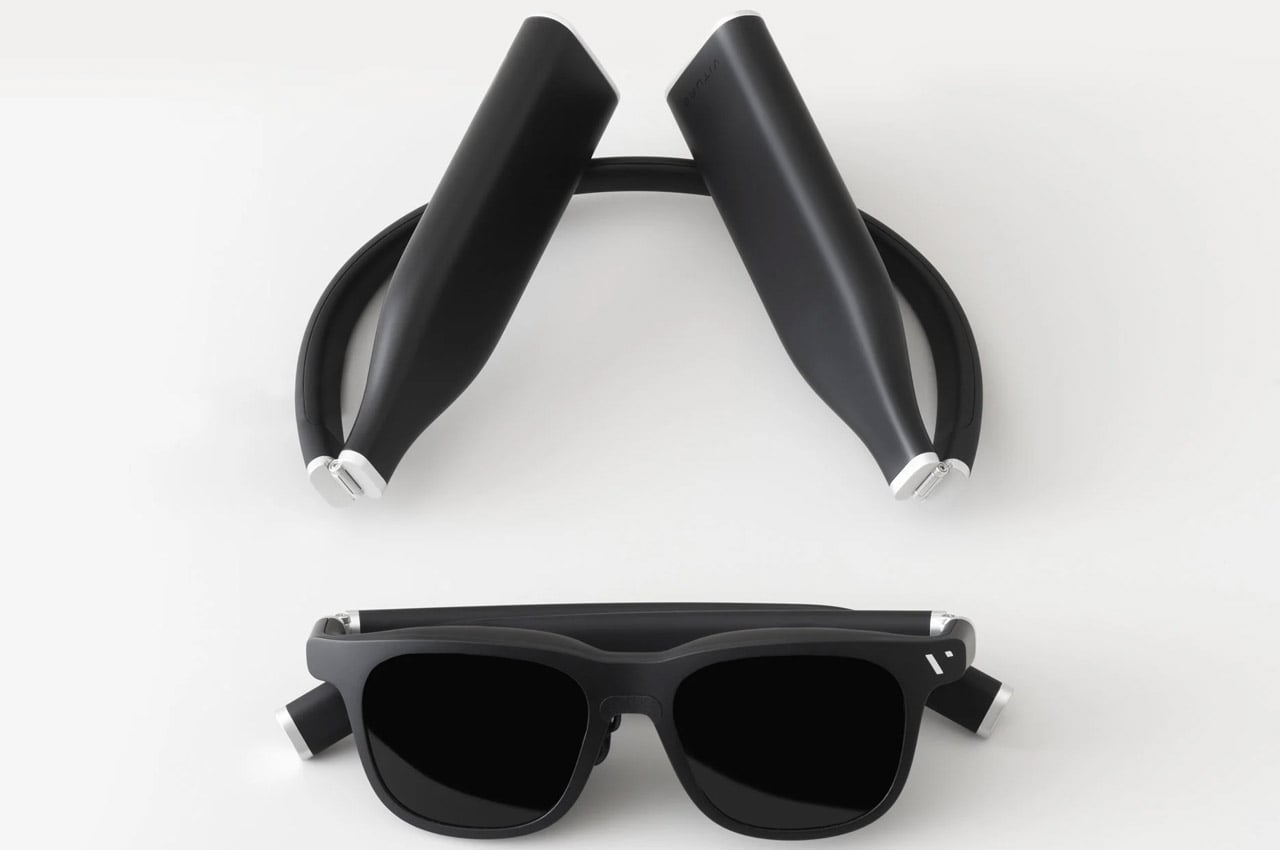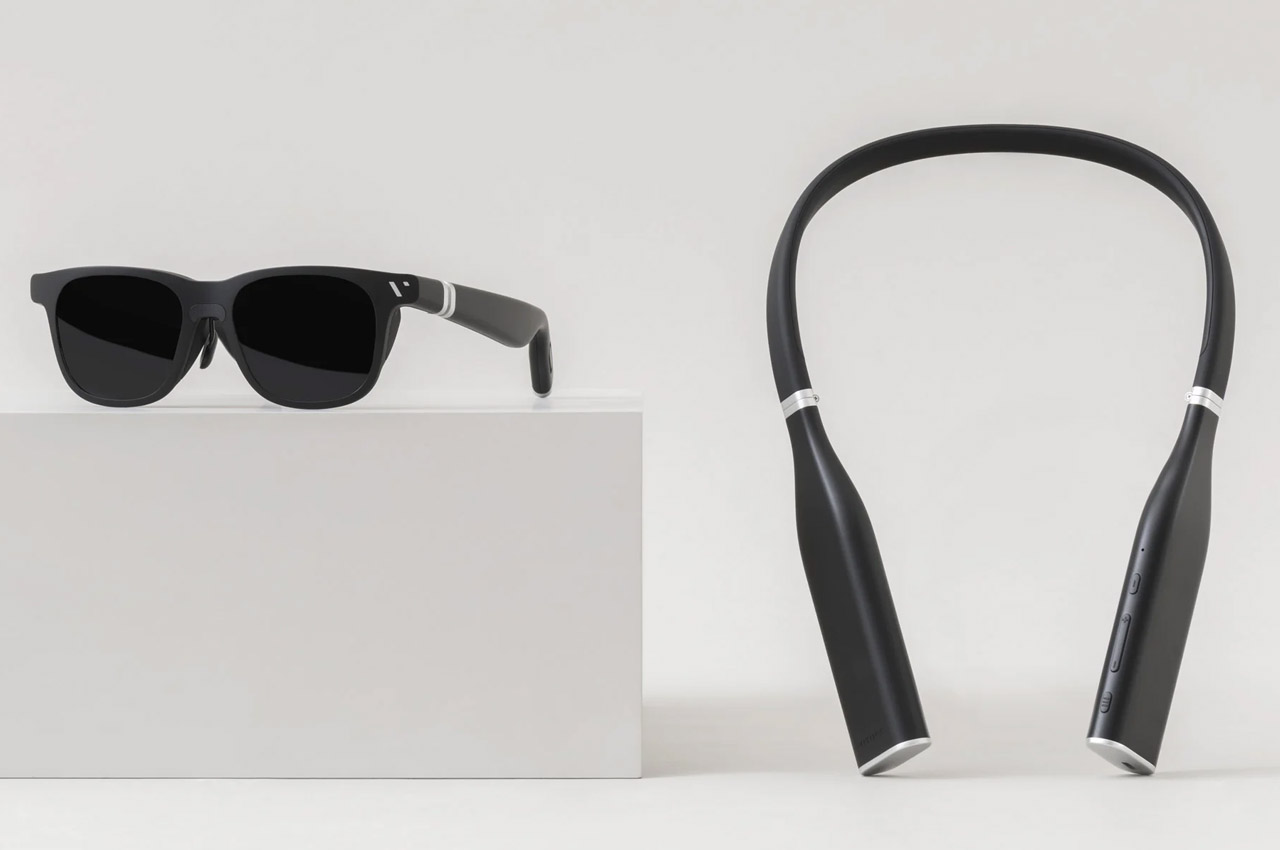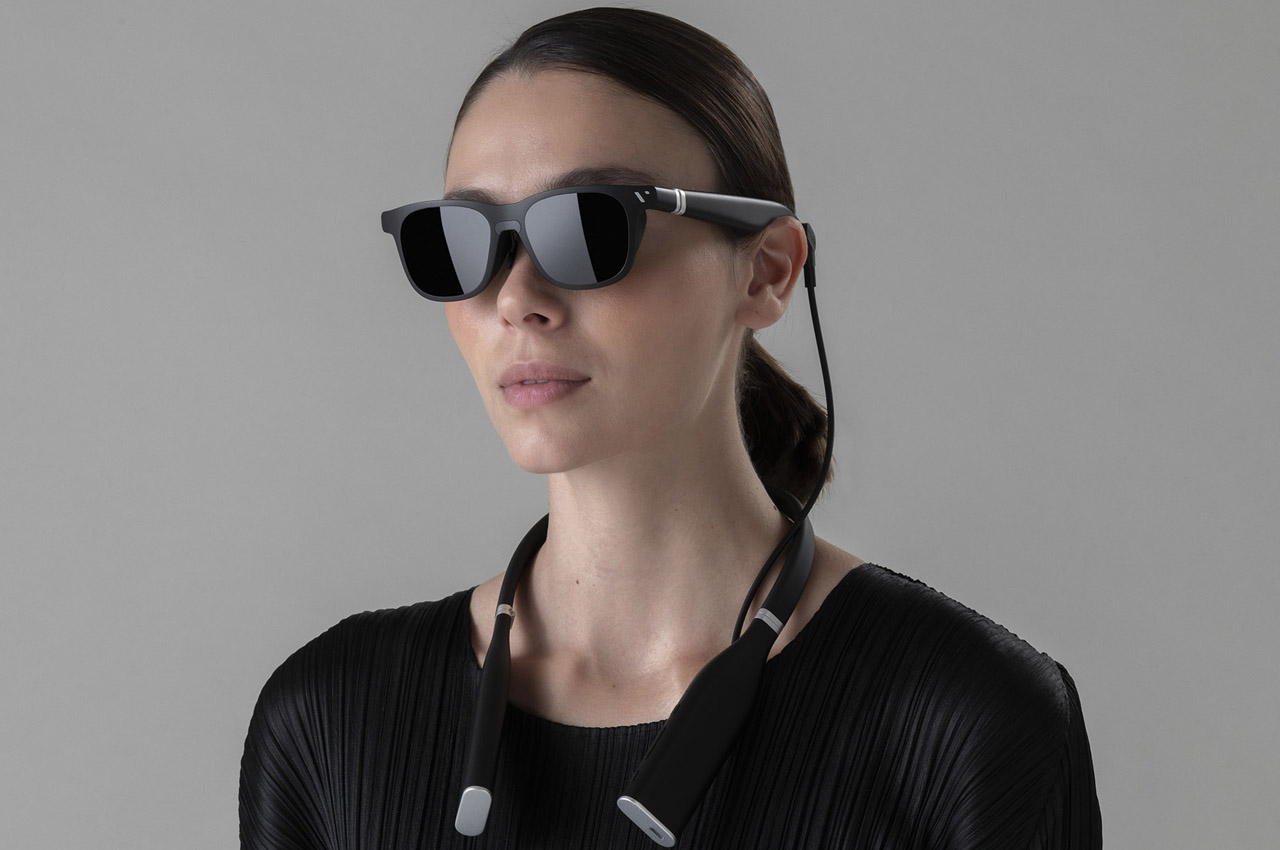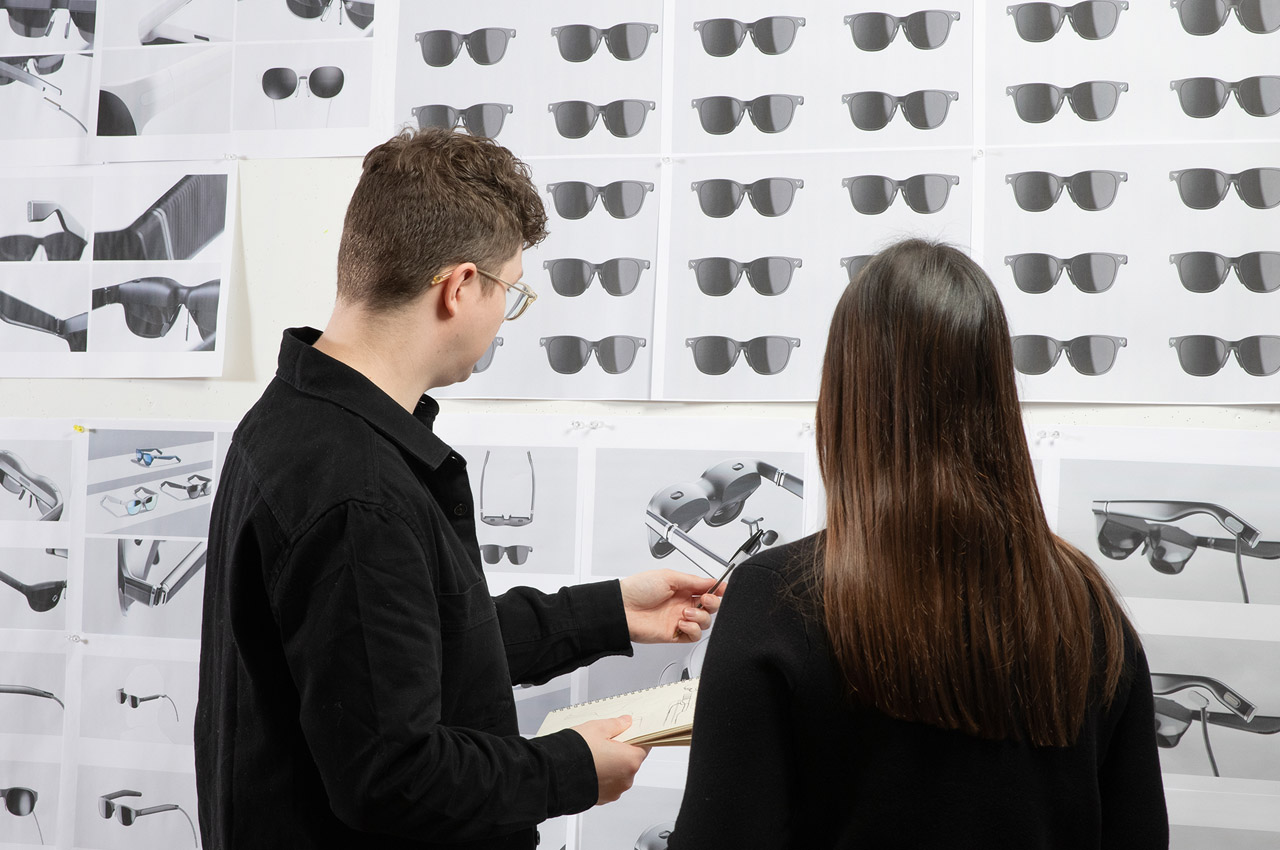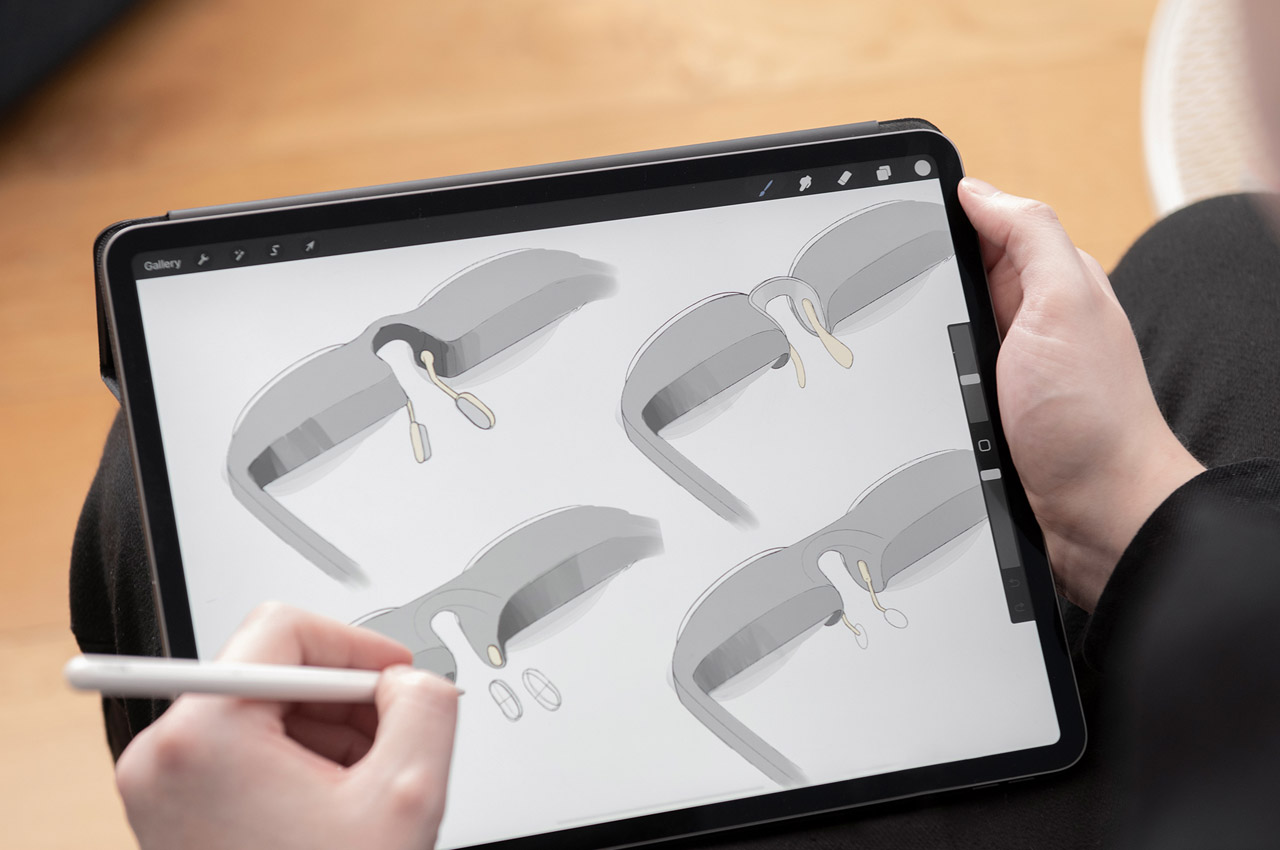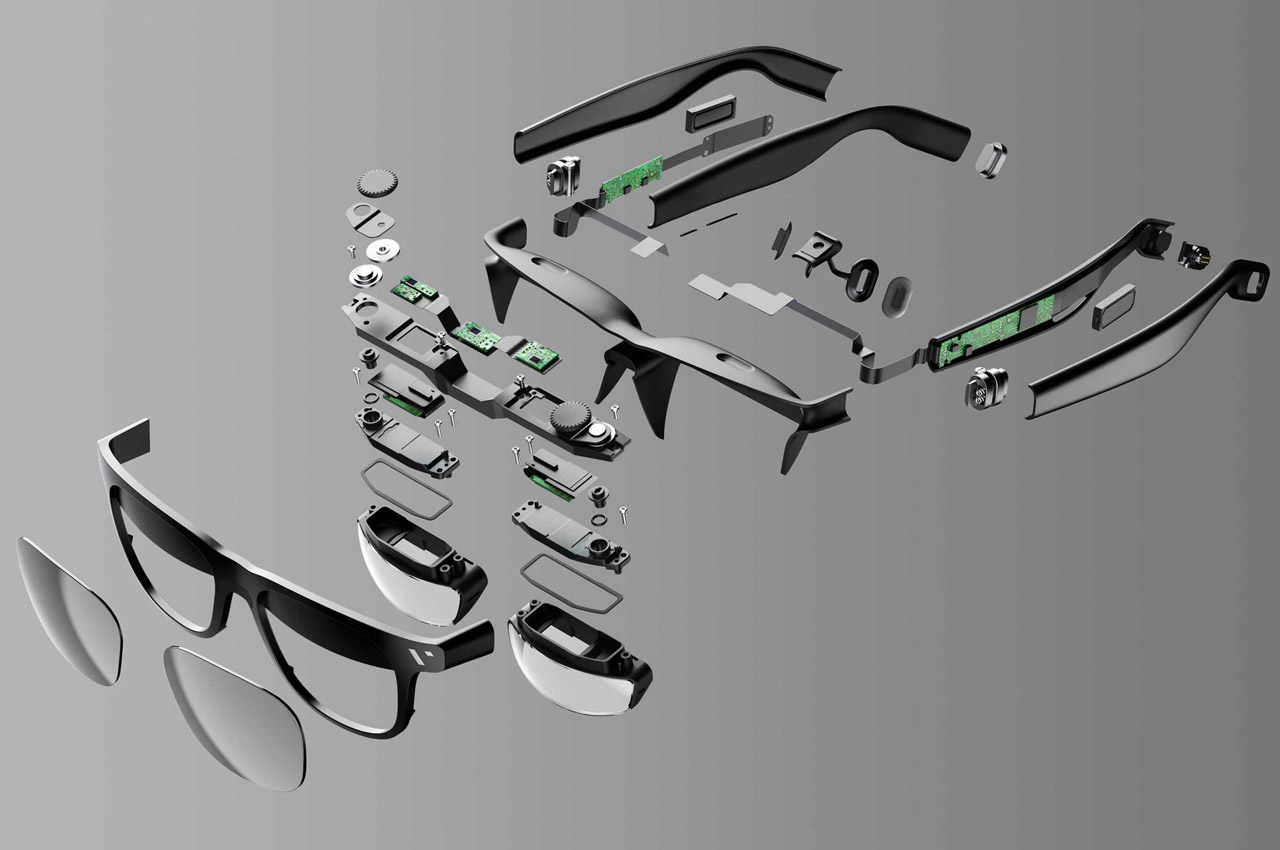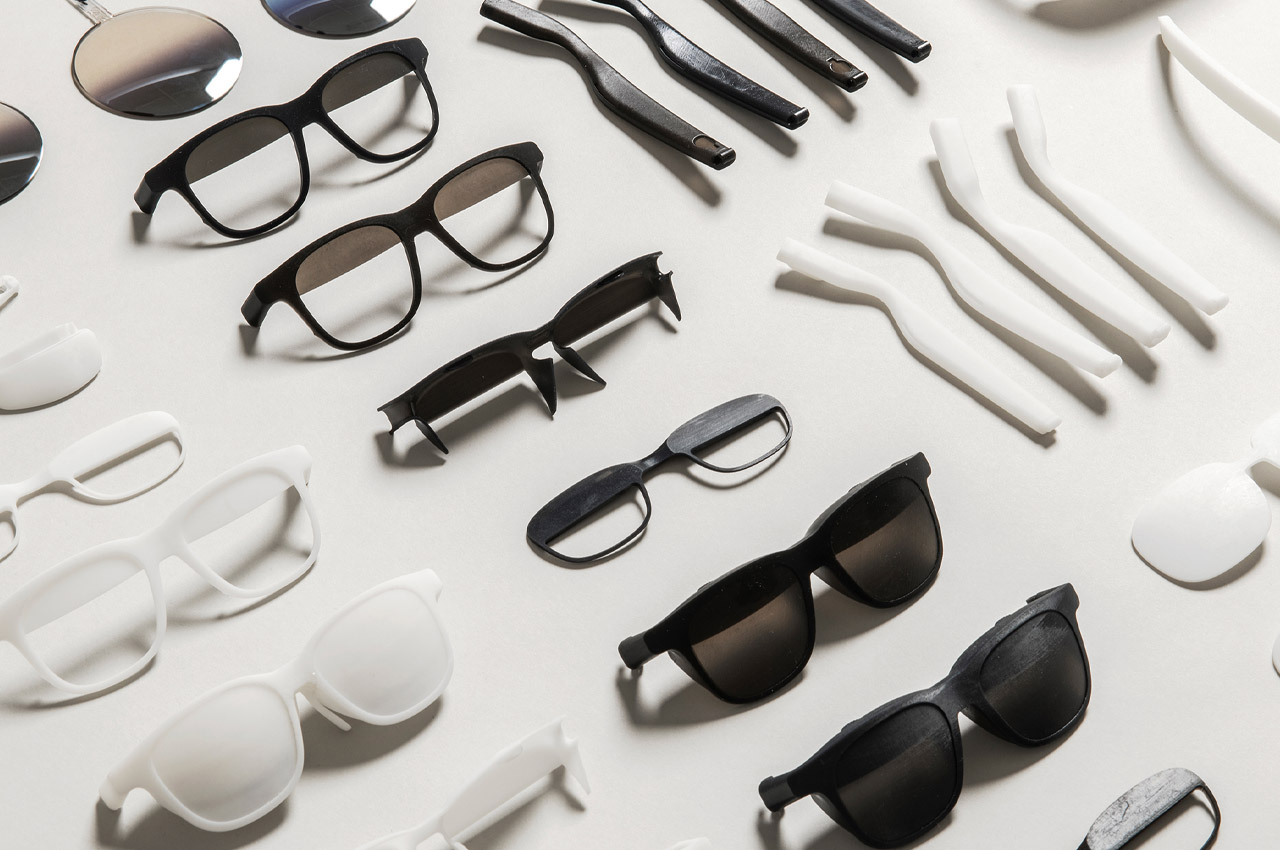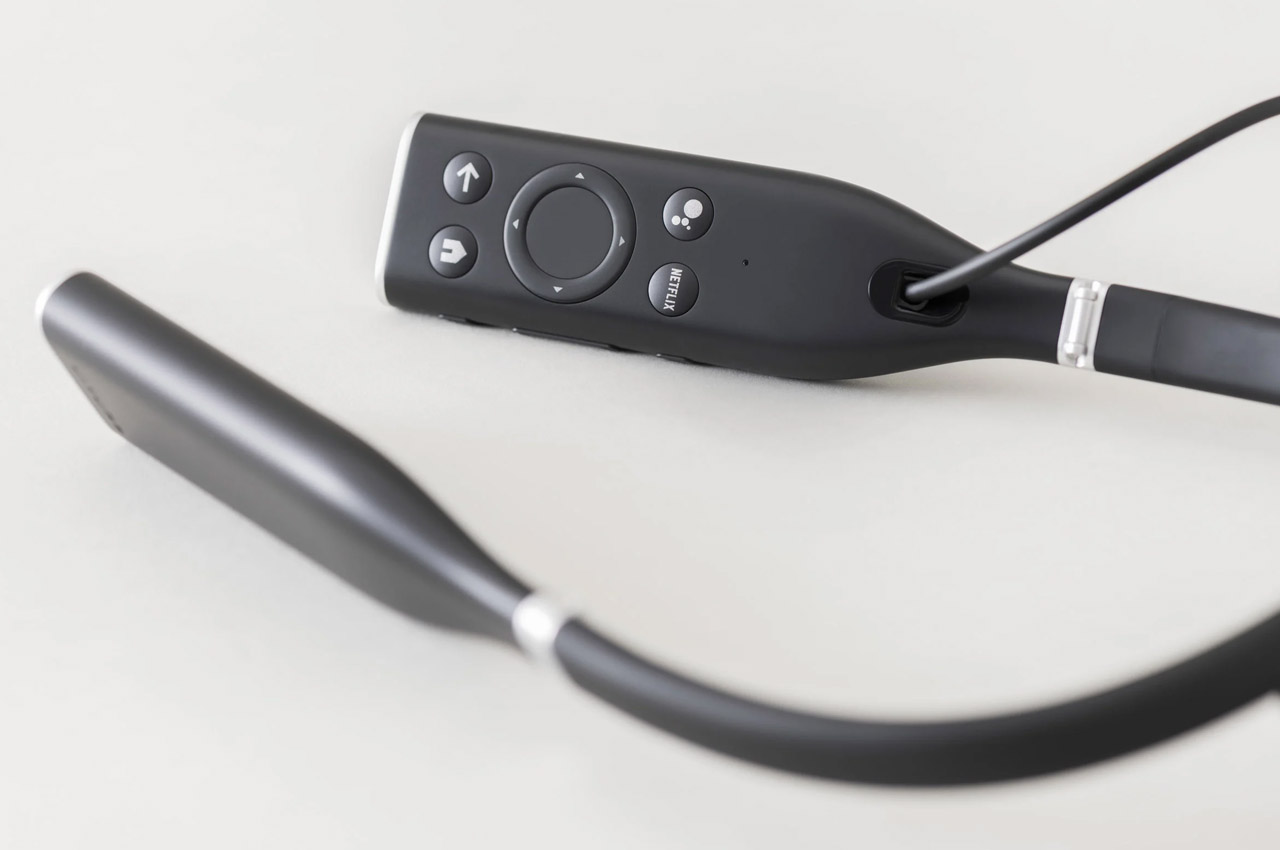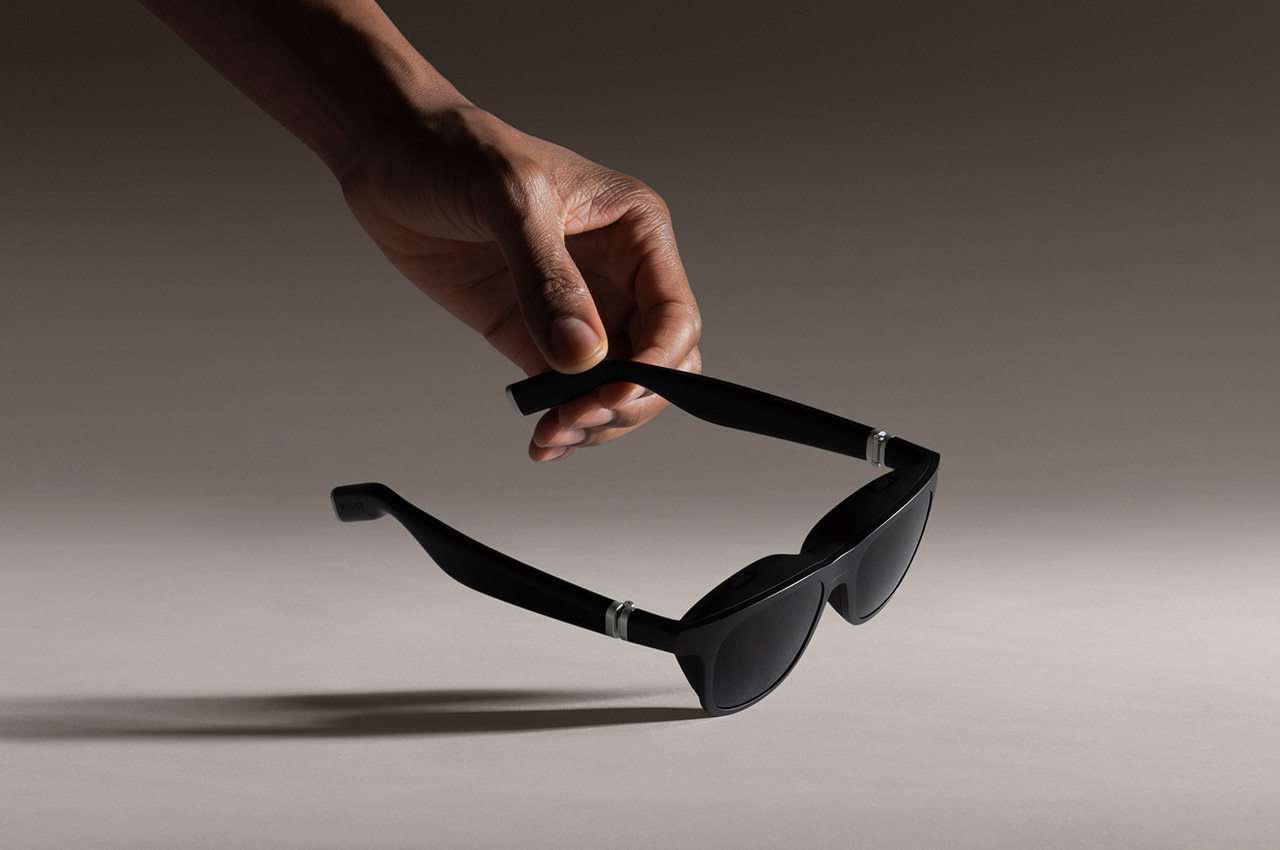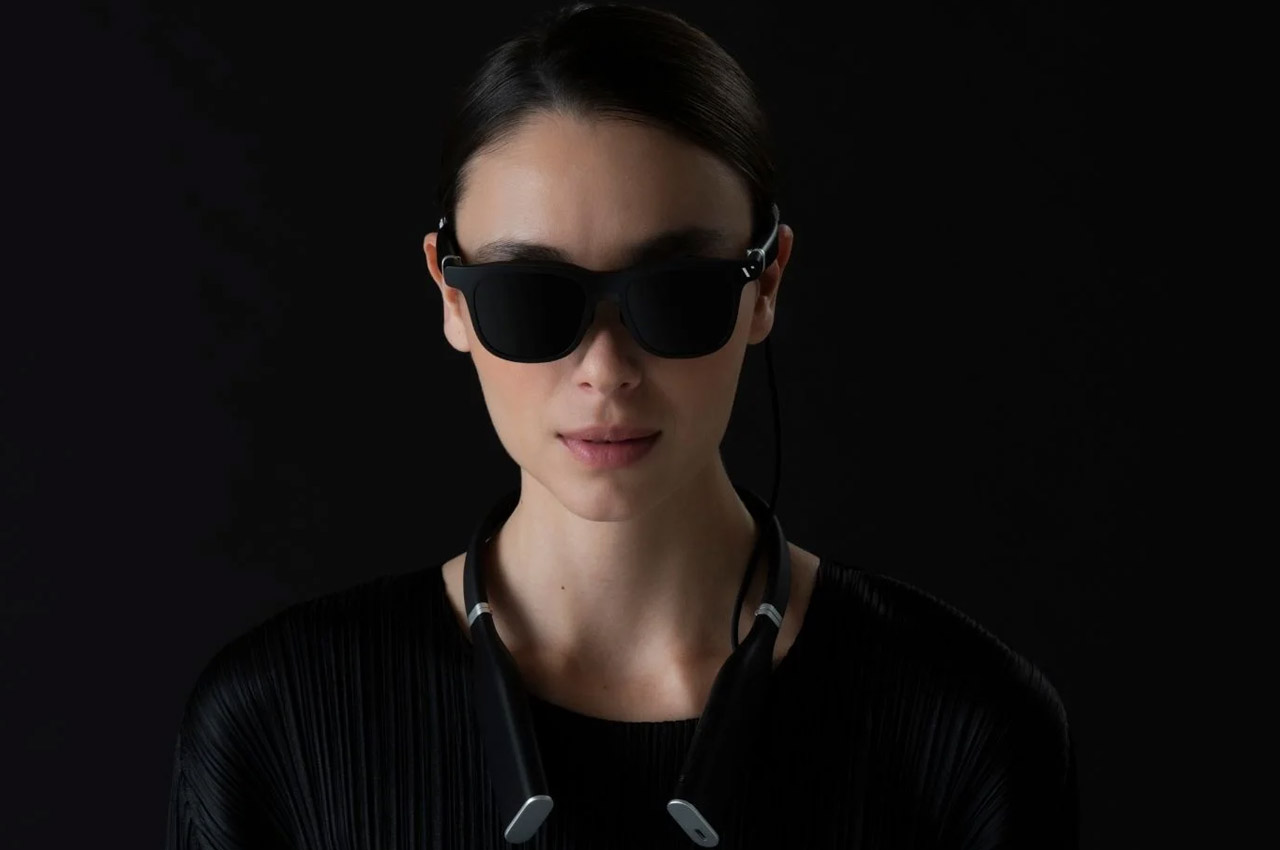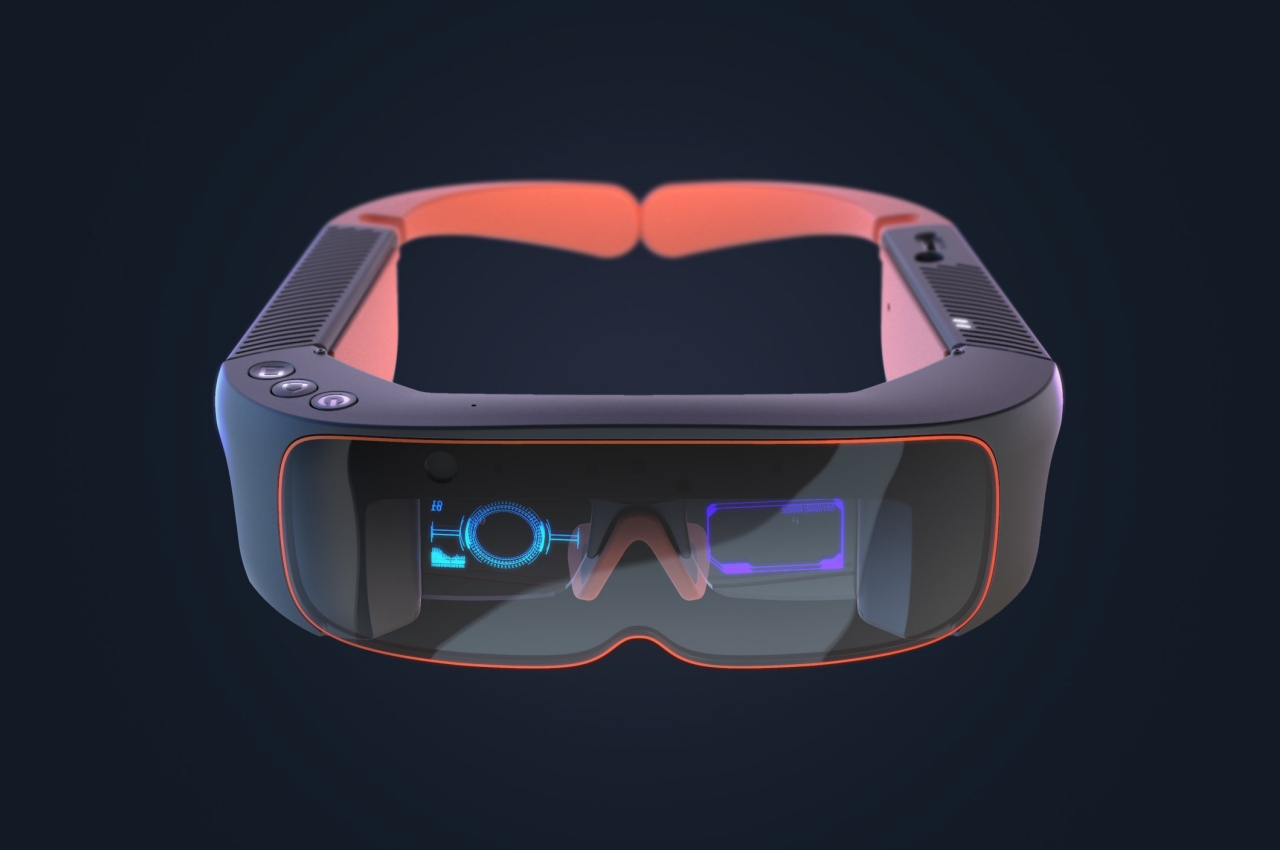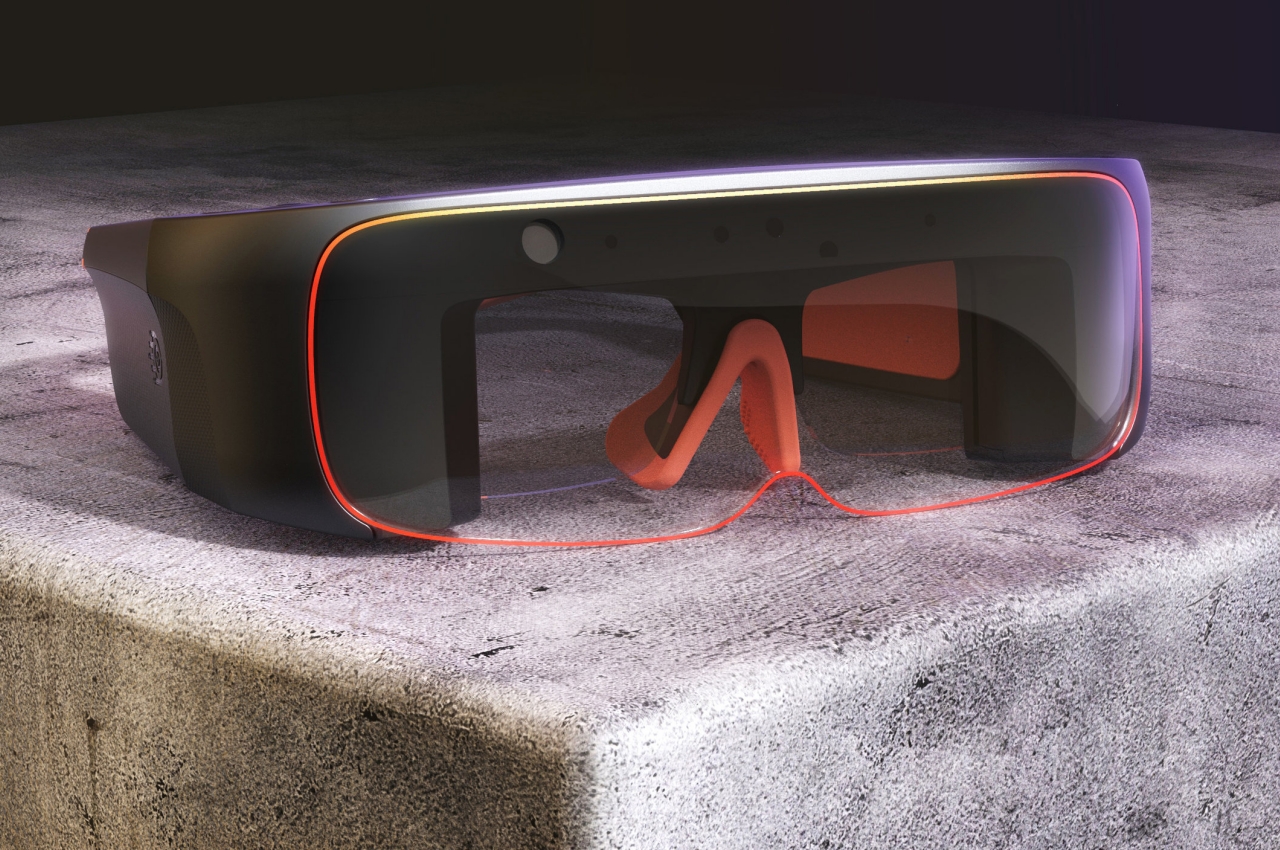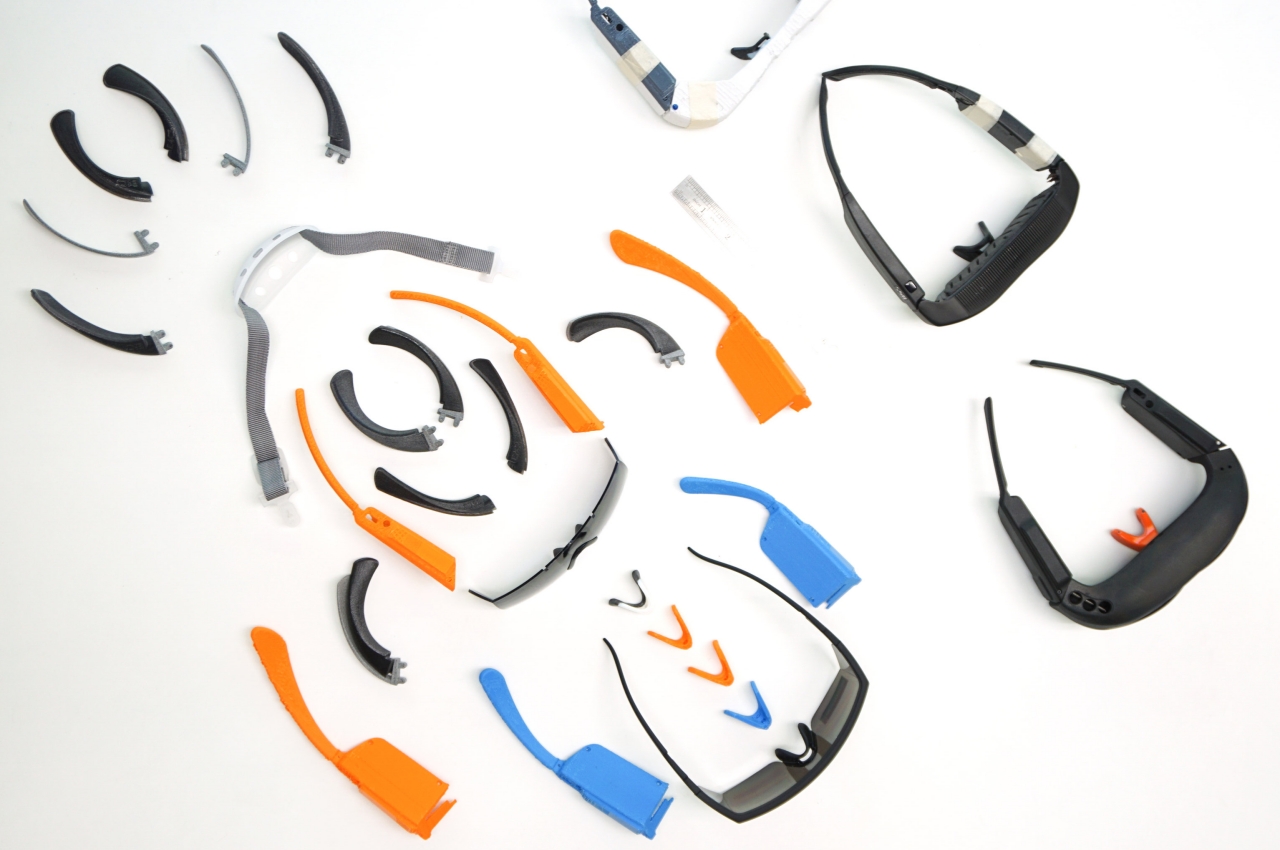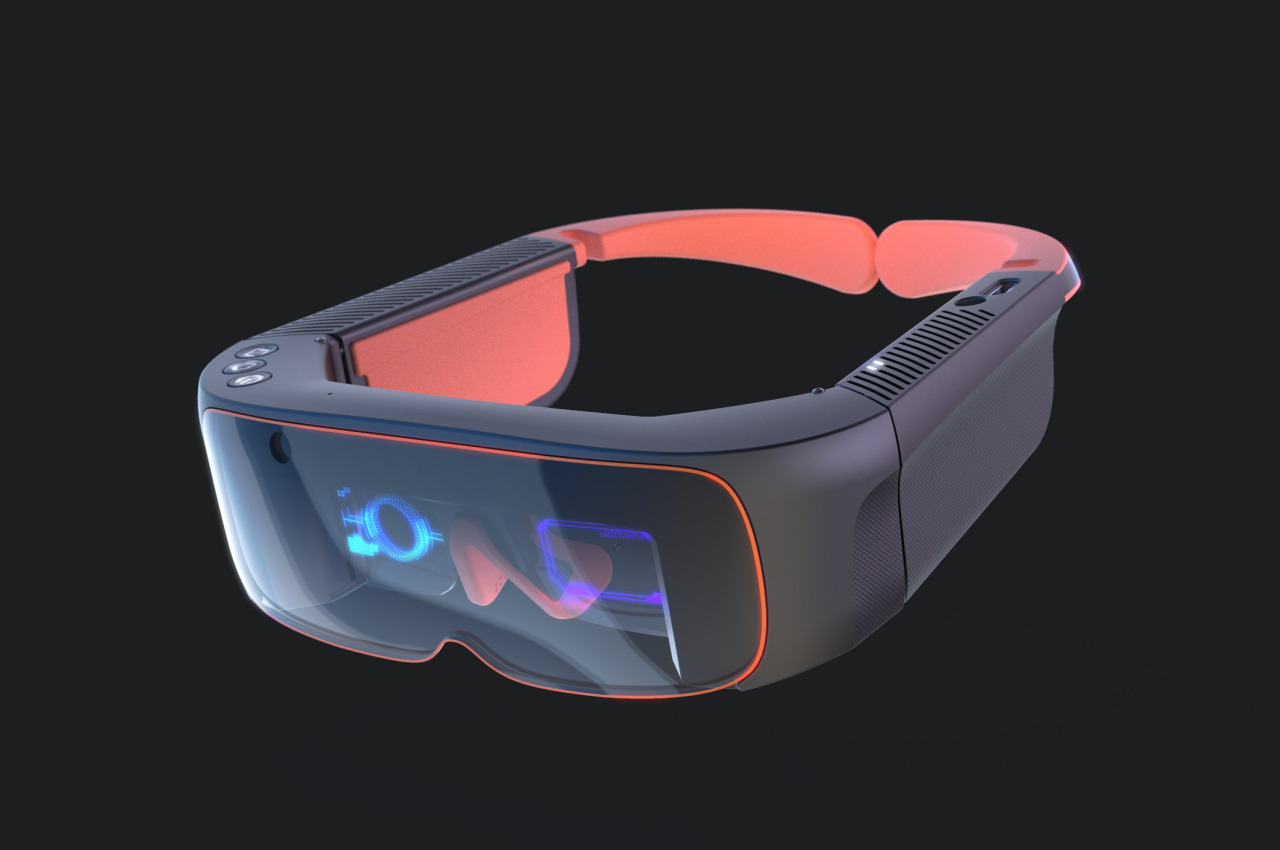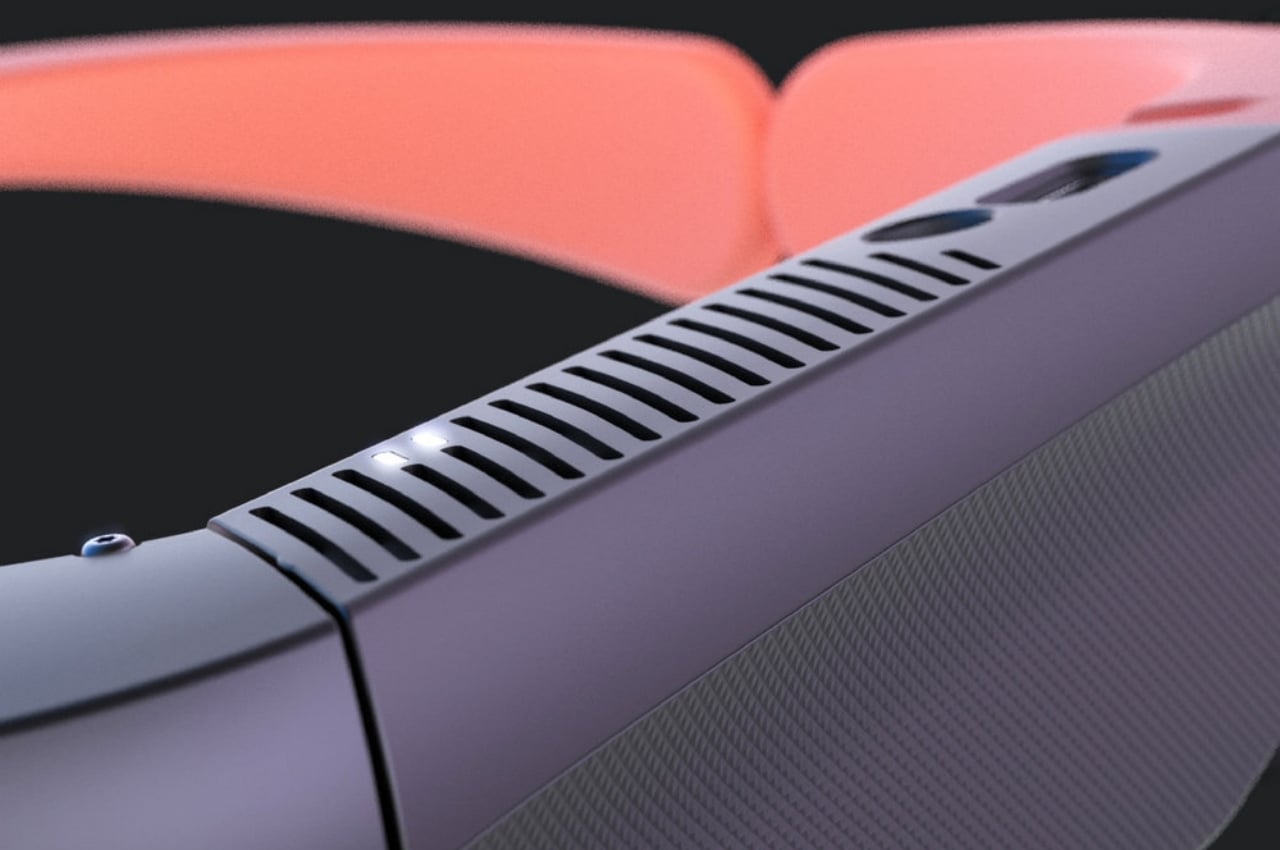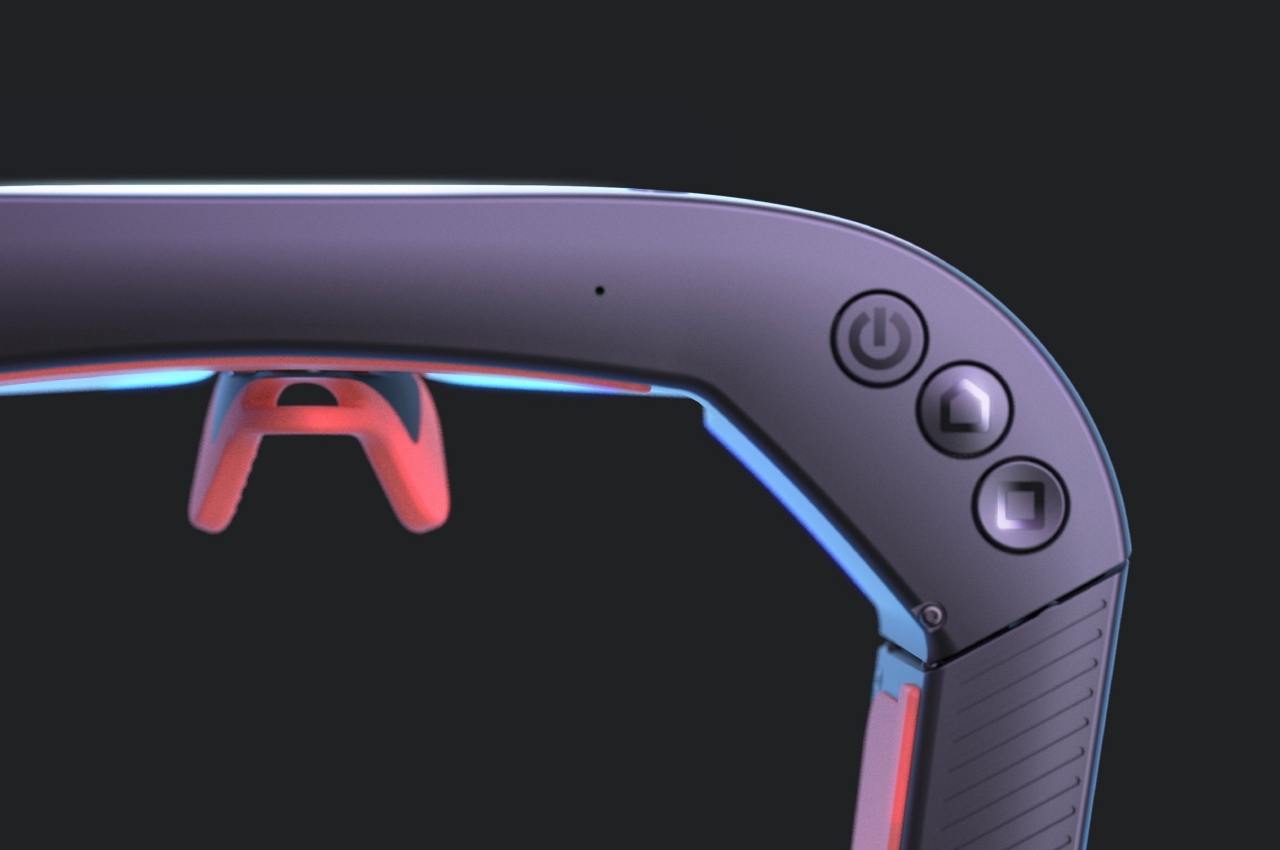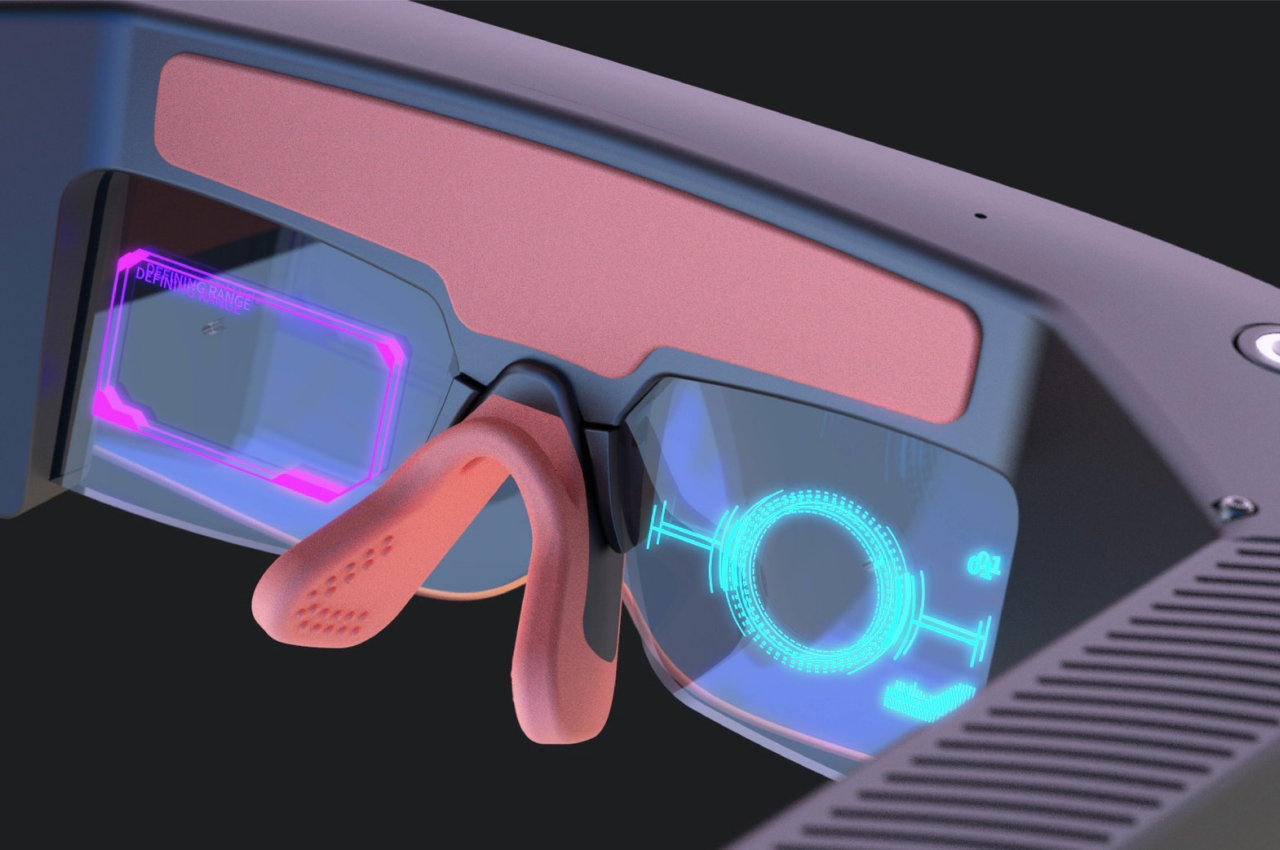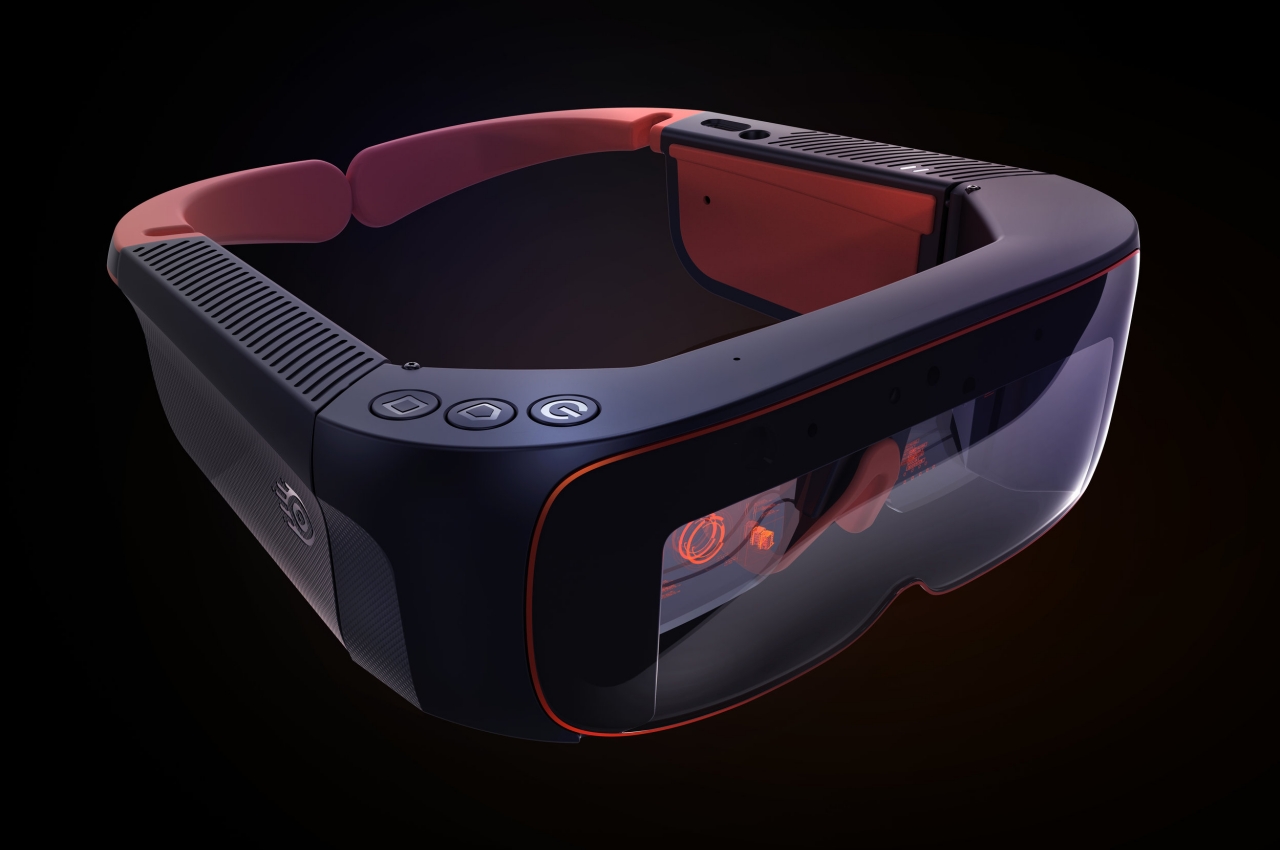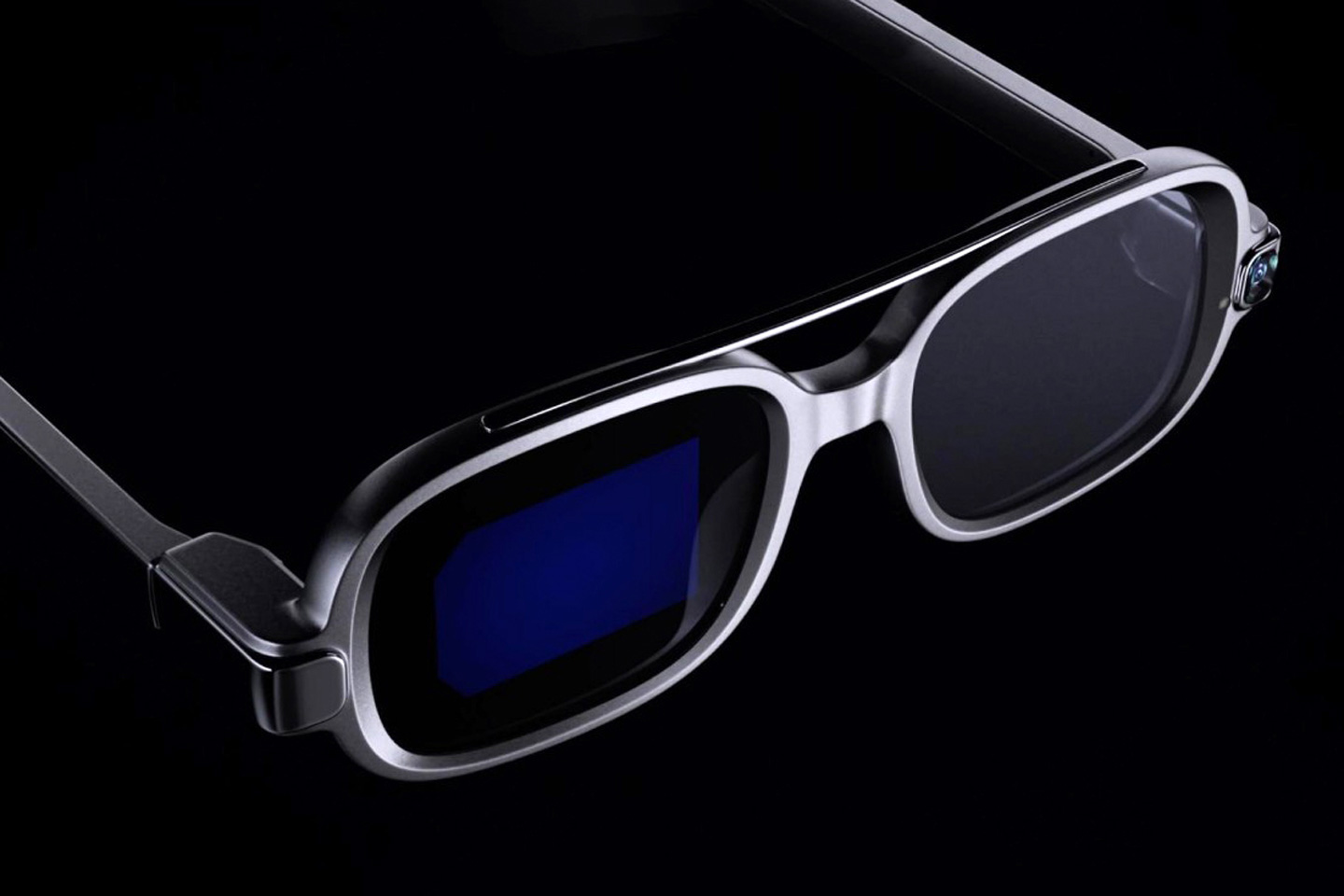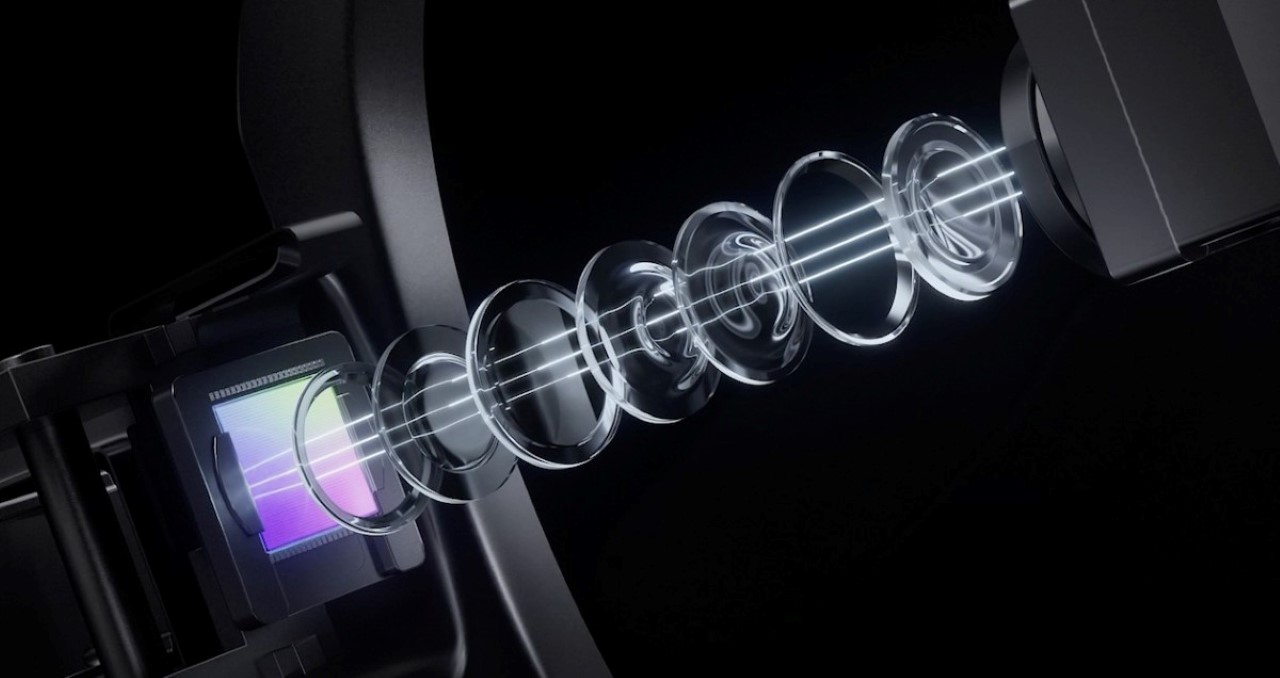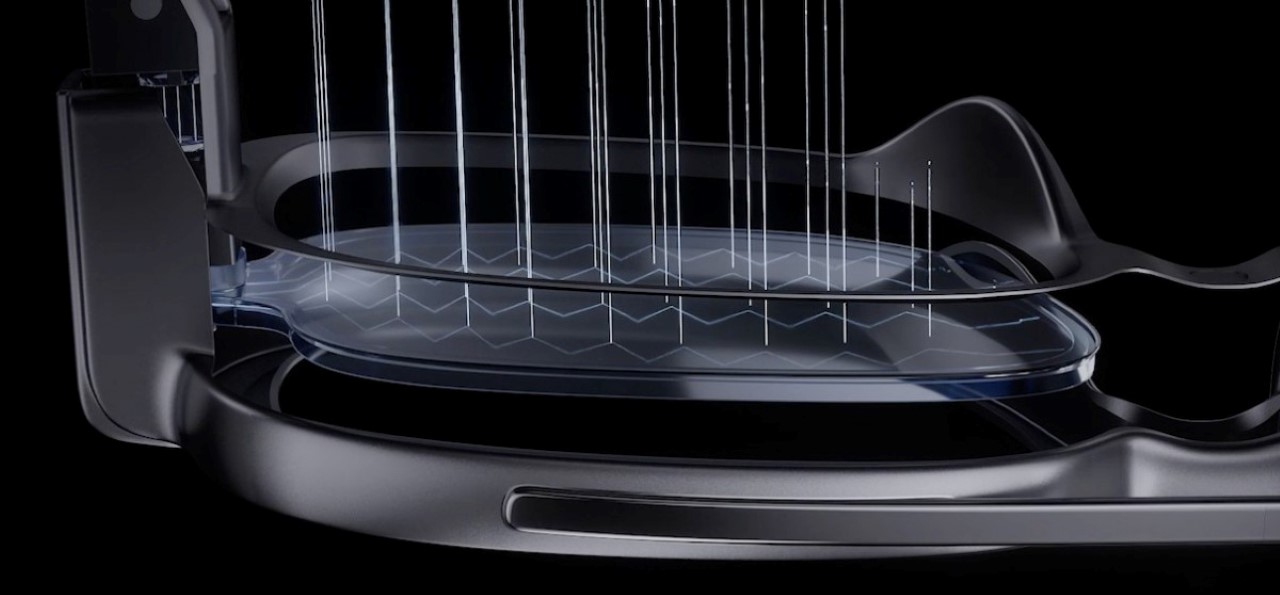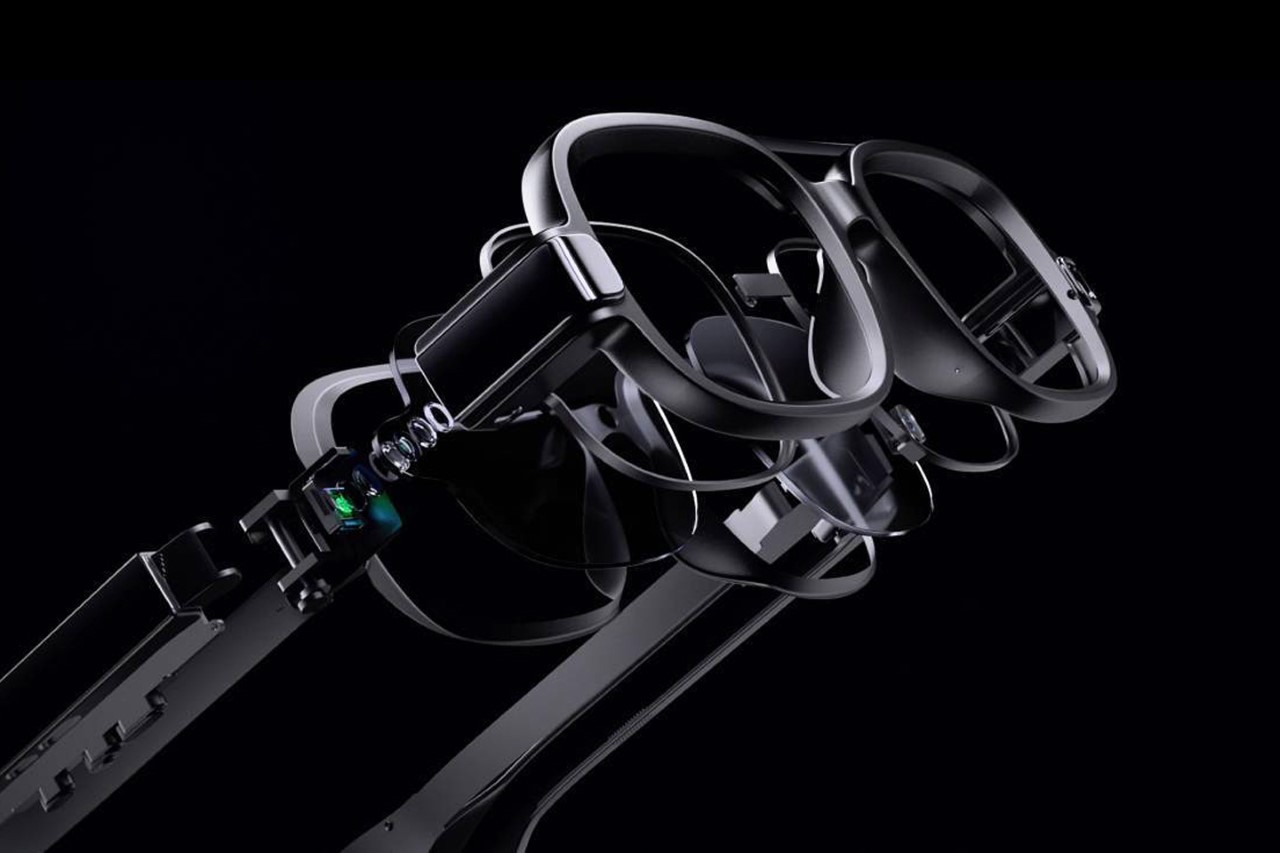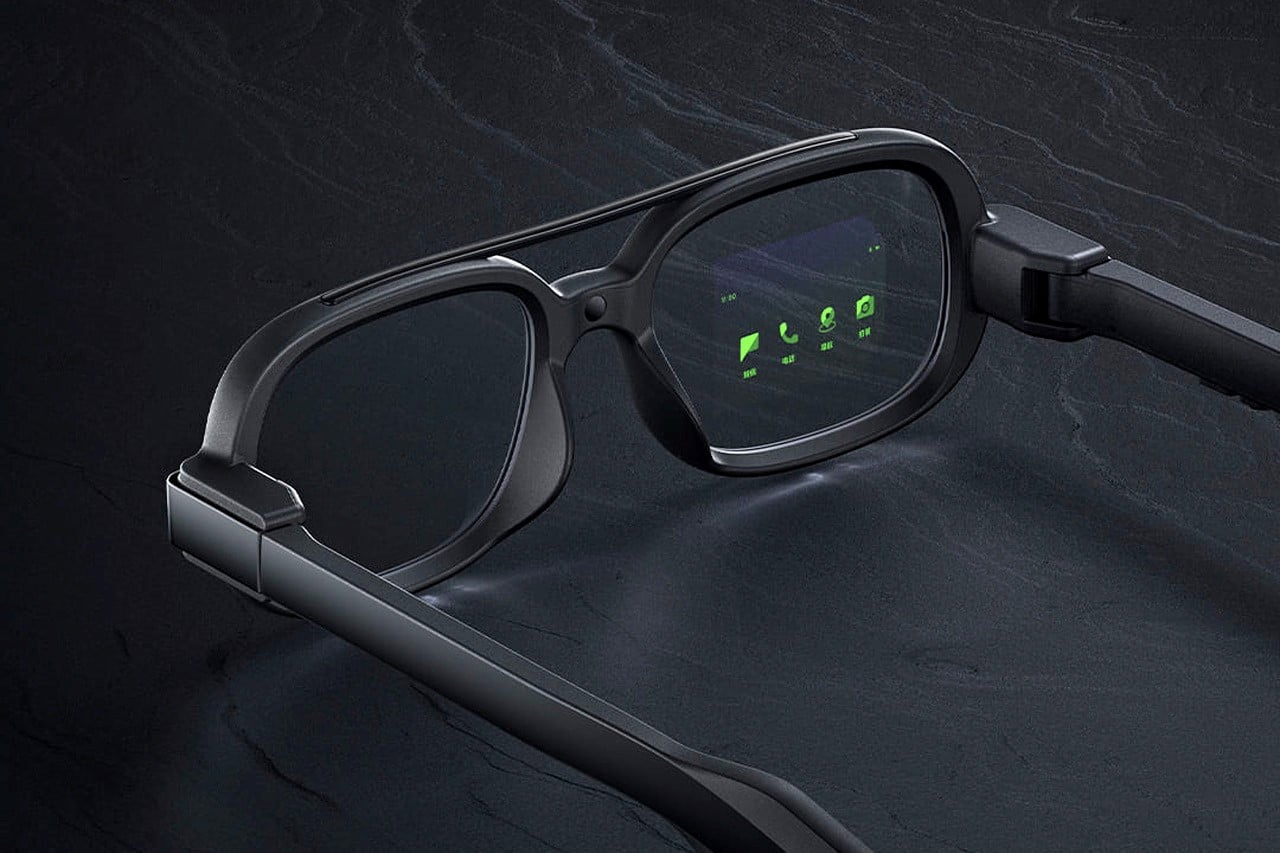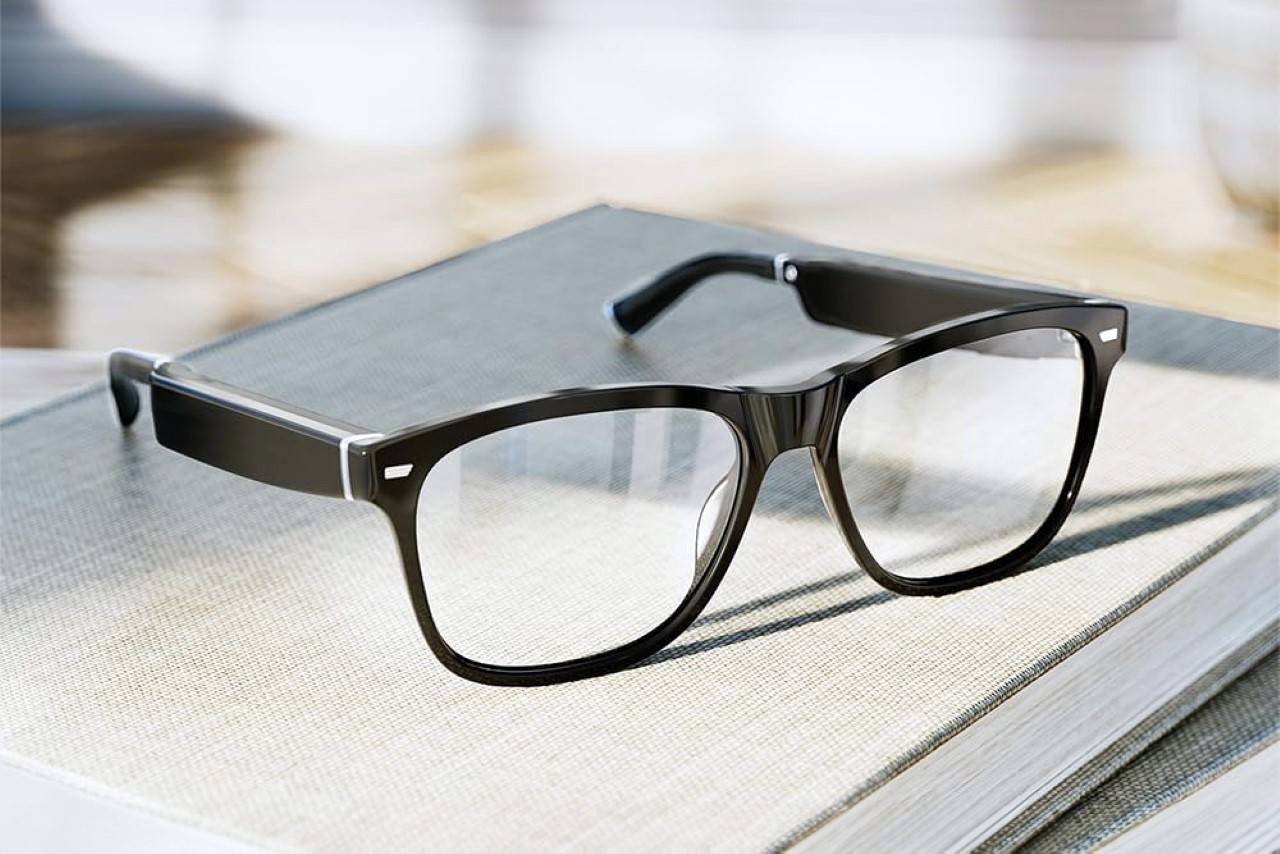
Just last November Amazon admitted that ‘Alexa’ wasn’t all they tried to build it to be. Dubbing it as a $10 billion loss for the company seemed like quite a reputation hit, but Amazon isn’t done surrendering the voice assistant. The ‘everything company’ has now launched a set of smart glasses with the beloved voice AI built into it. Now in its third-gen, the Echo Frames come in 5 different styles sporting a cool acetate look that’s 15% slimmer and lighter than previous versions (with support for prescription lenses, obviously). Redesigned audio drivers within the temple stems deliver much richer audio too, entirely eliminating the need to wear TWS earbuds with your spectacles. Just slip the Echo Frames on and you can listen to music, answer calls, and summon Alexa right through your specs. The Echo Frames, which start at $269, also boast an all-day battery life, a find-my feature, and an incredibly cool nightstand that lets you charge your eyewear overnight.
Designer: Amazon


The primary goal of the Echo Frames is to blend right into your sense of style. Quite like Facebook and Ray-Ban’s ill-fated “Stories” glasses, the Echo Frames are styled to look exactly like the kind of eyewear you’d normally wear every day. However, while Facebook’s gadget helps you spy on others with covertly hidden cameras, the Echo Frames doesn’t… or at least it doesn’t have cameras. It still has an always-active microphone, although the mic can be muted and Amazon specifies that it does not ‘sell your data’ to third parties. You have full control of all the recordings and can listen to them at any time or even choose to delete them.


Hidden within those slick temple stems is the Echo Frame’s redesigned audio architecture that provides 3x higher bass than previous models, making listening to music, podcasts, and calls much more comfortable and balanced. The spectacles’ open-ear framework lets it beam-form audio directly into your ears so that nobody around you can hear what you’re hearing. The personalized audio experience also eliminates the need to wear TWS earbuds, freeing up your ears so you can hear the world around you… like Transparency Mode, but in real life.


The Echo Frames’ highlight has to be the fact that it’s powered by Amazon’s voice AI. With Alexa available just a tap away, you can summon the assistant to ask it questions, play music, or even control your smart home like checking to see if your door’s locked, or turning on/off the thermostat remotely. Moreover, app compatibility also lets you locate your spectacles remotely, a feature that should really help people with terrible vision like me!
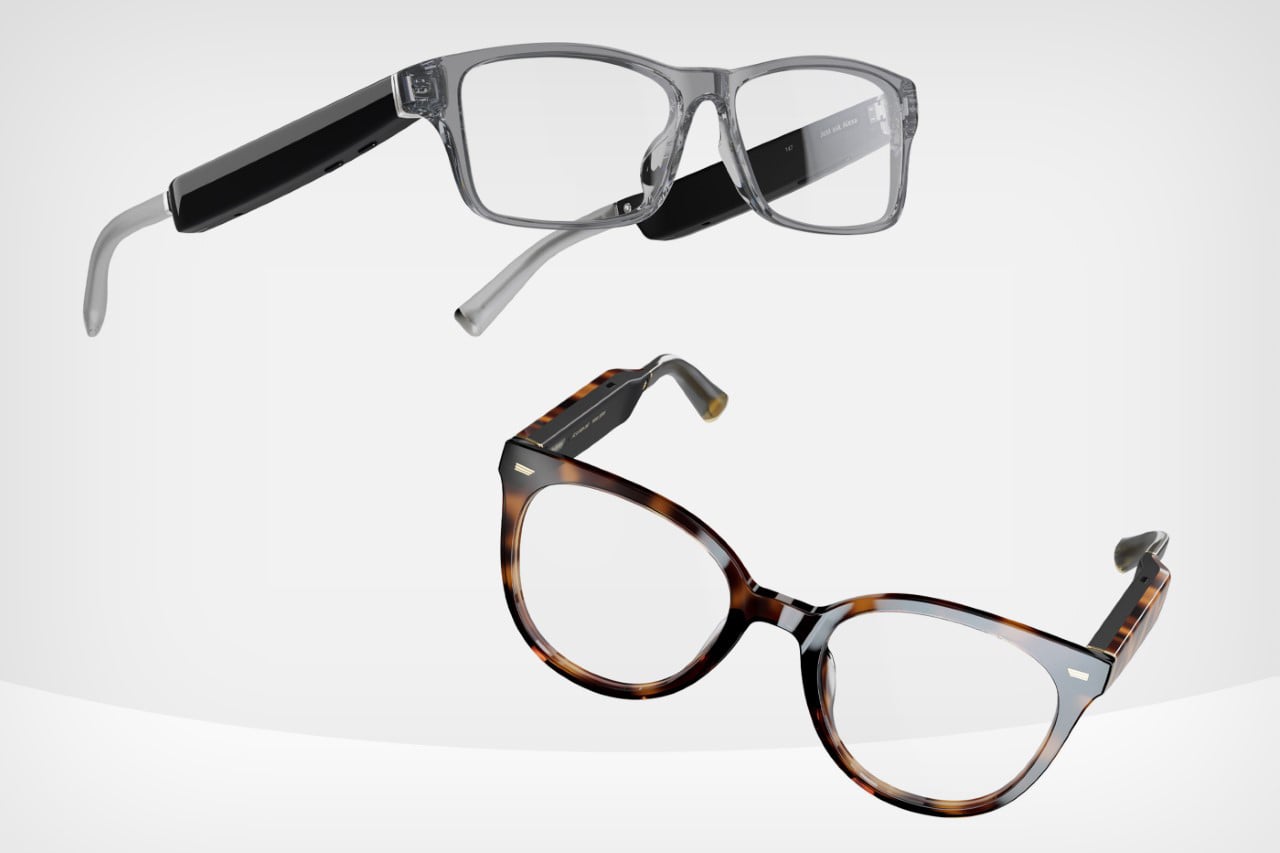
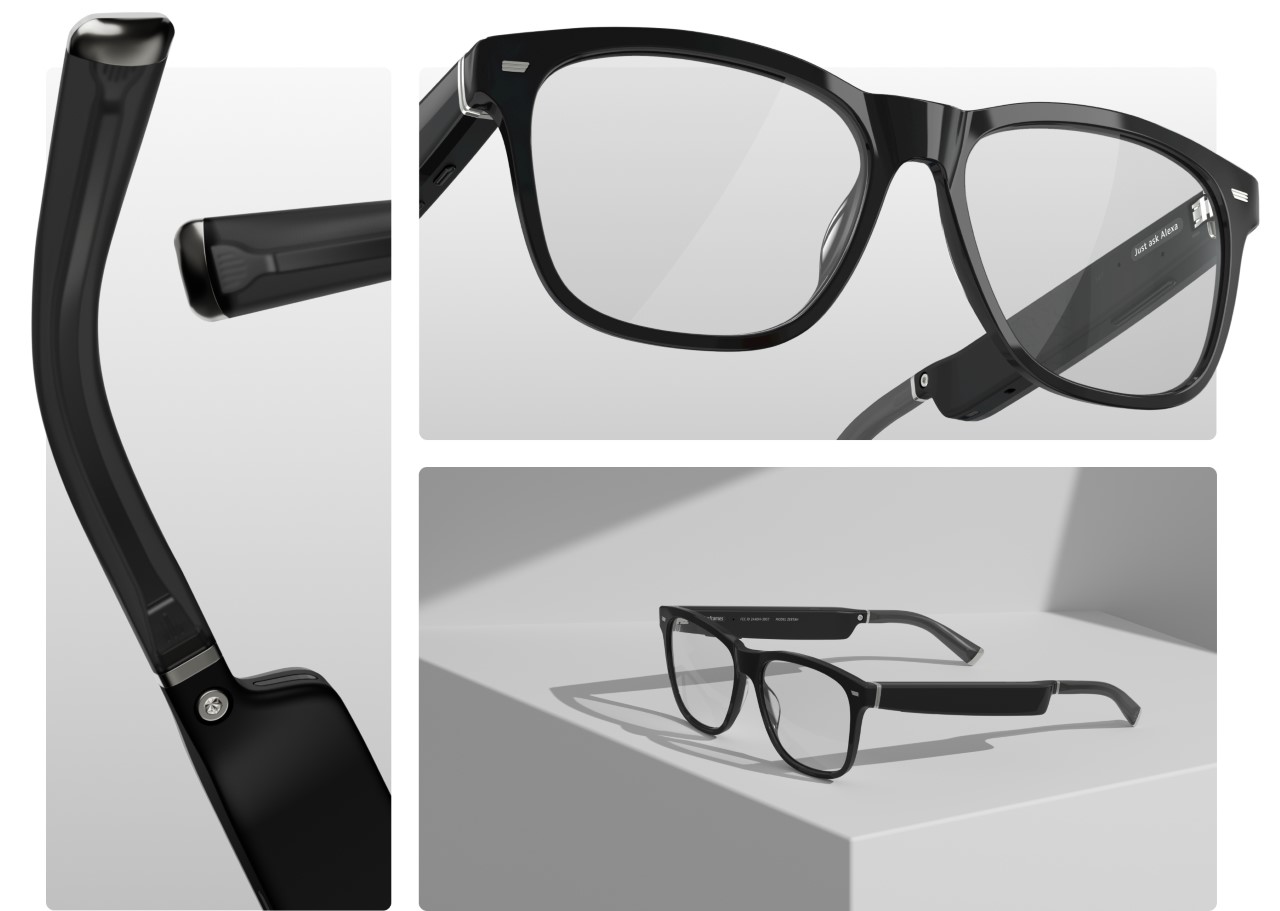
The Echo Frames are rated IPx4, making them perfect to wear in the outdoors, even if there’s a light drizzle going on. The frames offer 6 full hours of continuous use on a full charge, or 14 hours with moderate usage. The frames are also accompanied by a smart charging stand that lets you juice your smart glasses’ battery simply by docking them in place. The Echo Frames 3rd Gen starts at $269.99 and comes in a selection of 5 different frame styles and colors. You can even directly add prescription lenses to your order on Amazon during checkout.
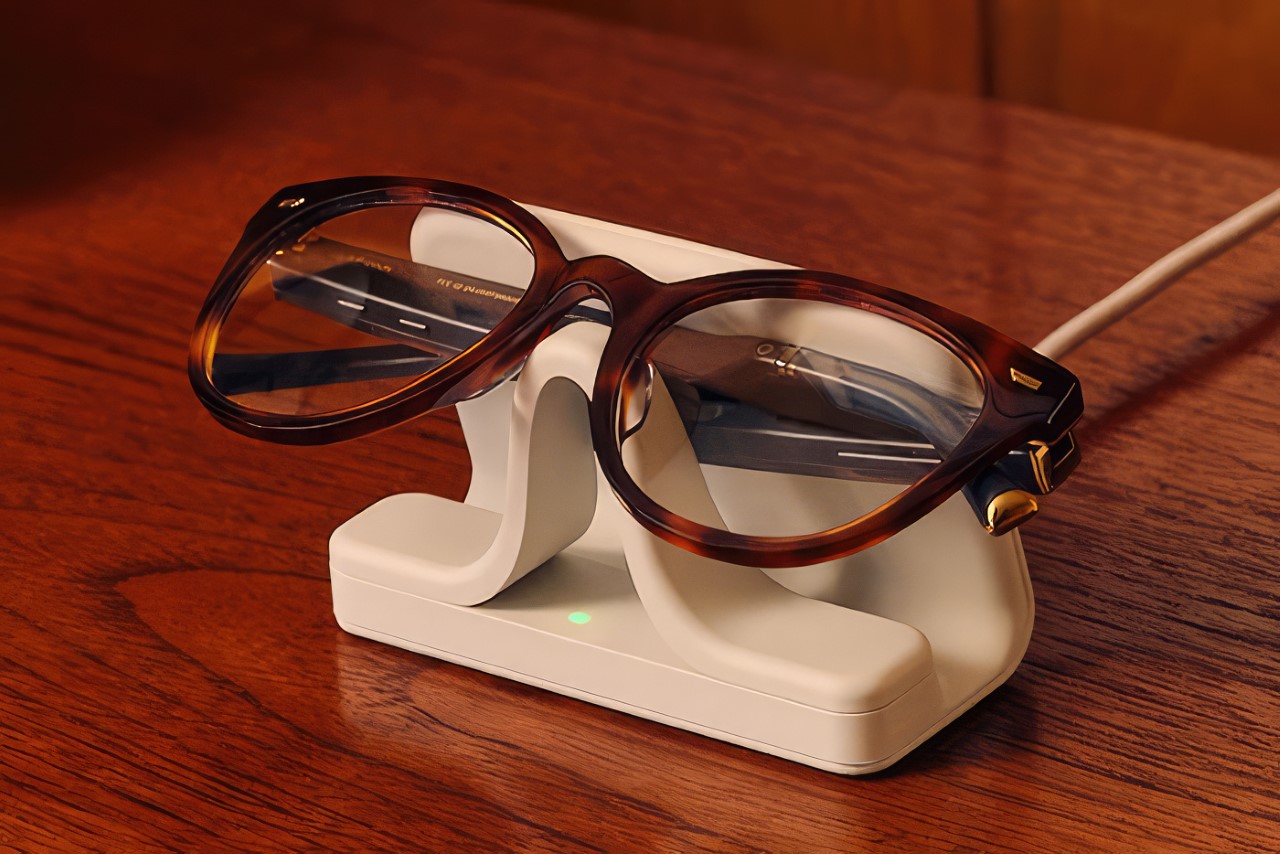

The post Amazon unveils 3rd Gen of its Echo Frames with hidden headphones and Alexa built-in first appeared on Yanko Design.
